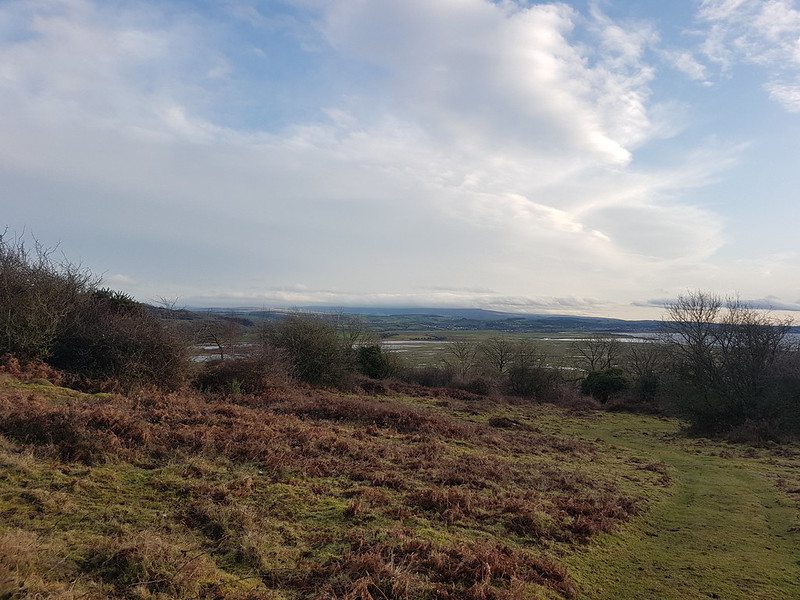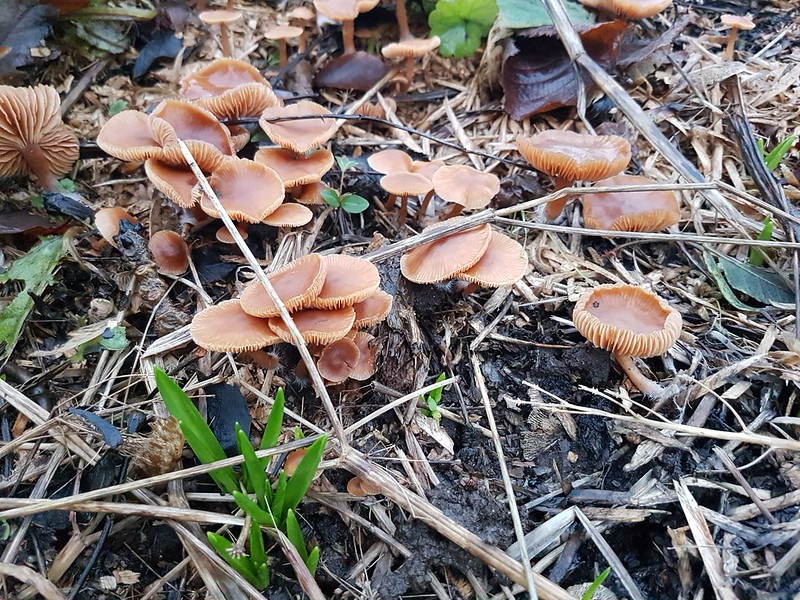The Cove – The Lots – Woodwell – Heald Brow – Clark’s Lot – Silverdale Green – Burtonwell Wood – Lambert’s Meadow – The Row – Eaves Wood – Castlebarrow
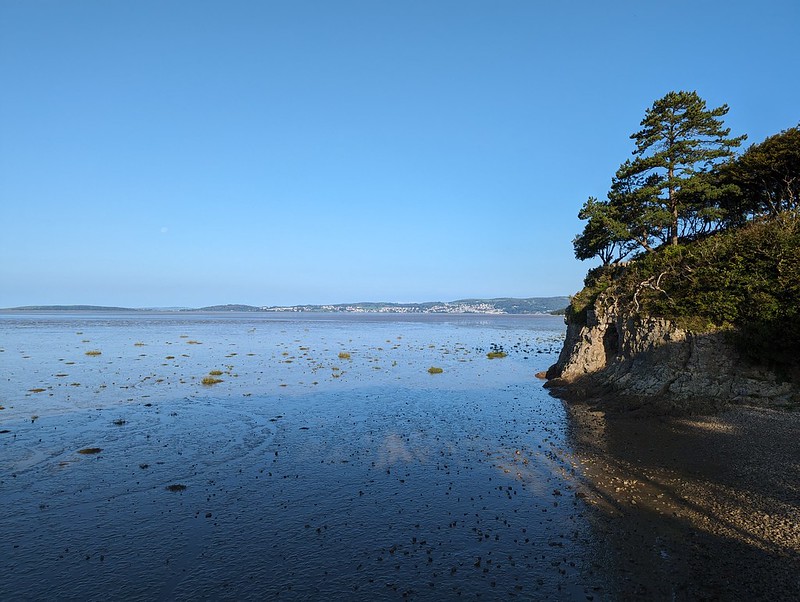
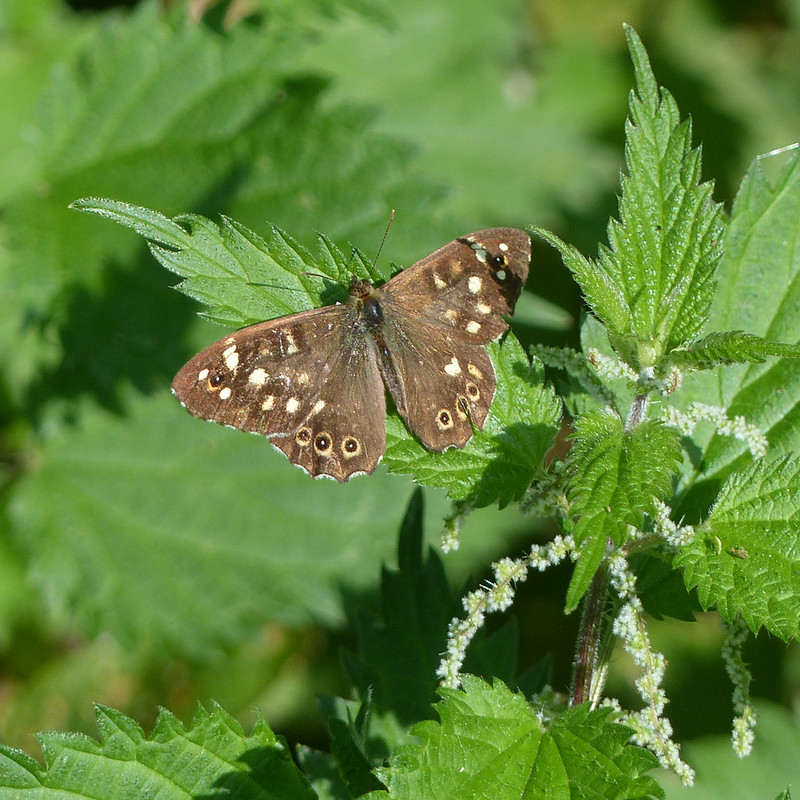
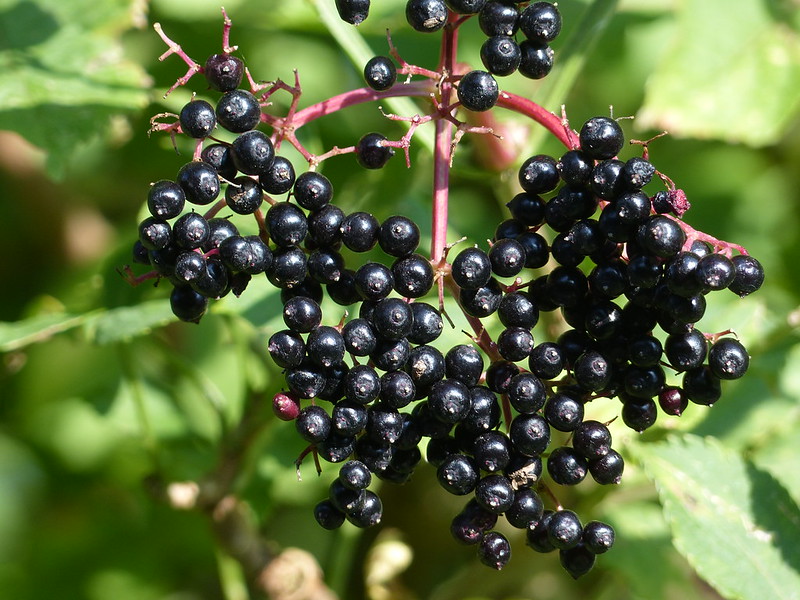
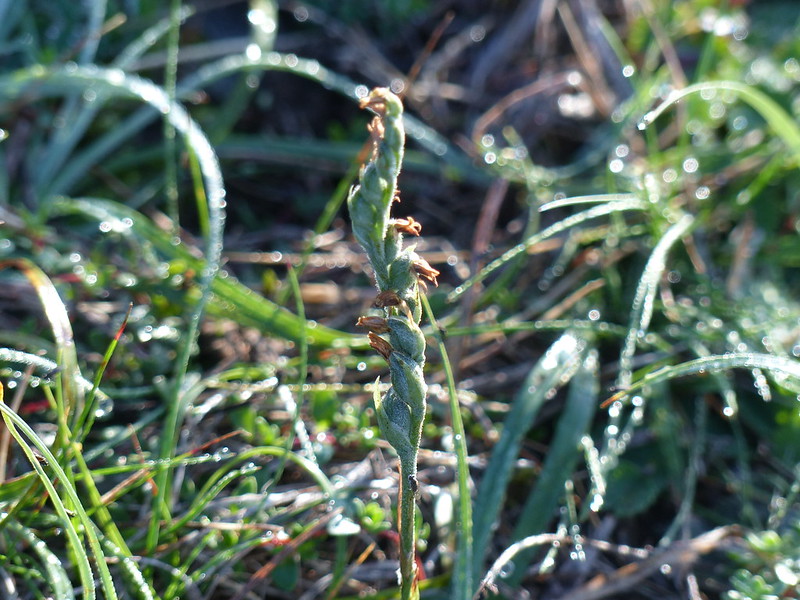
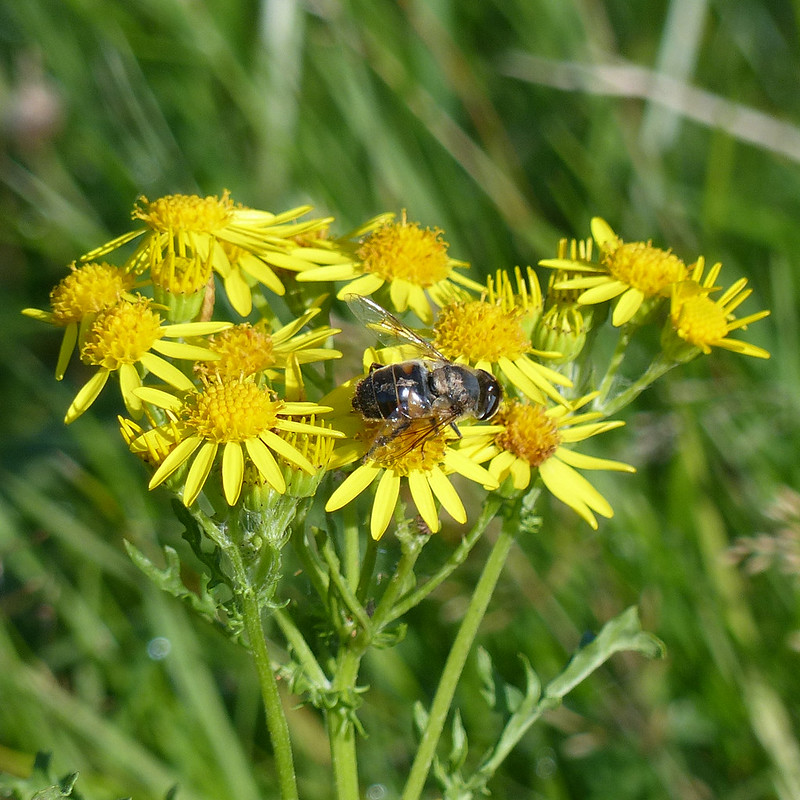
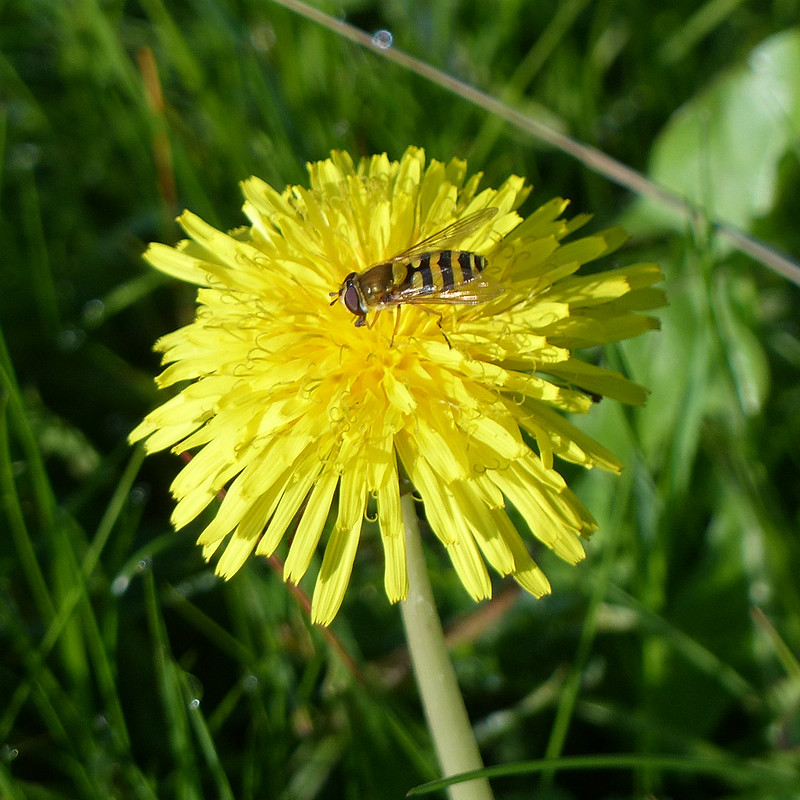
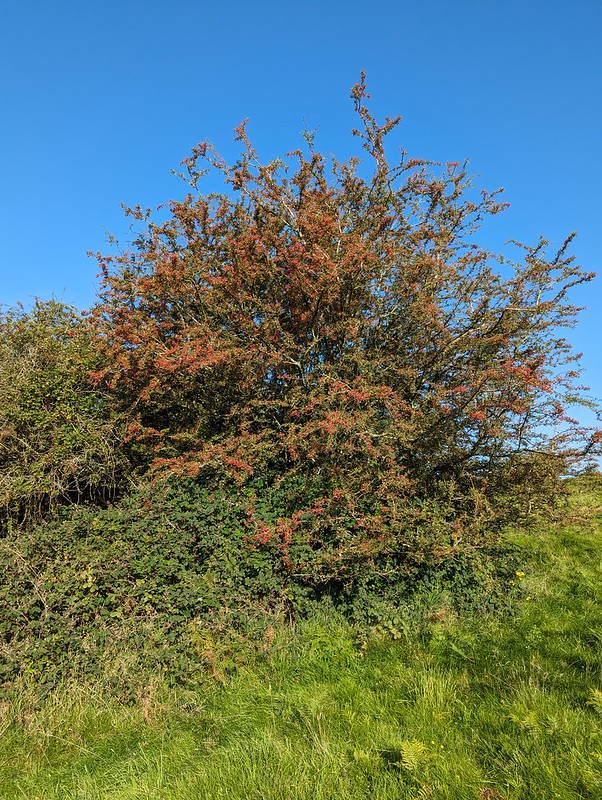
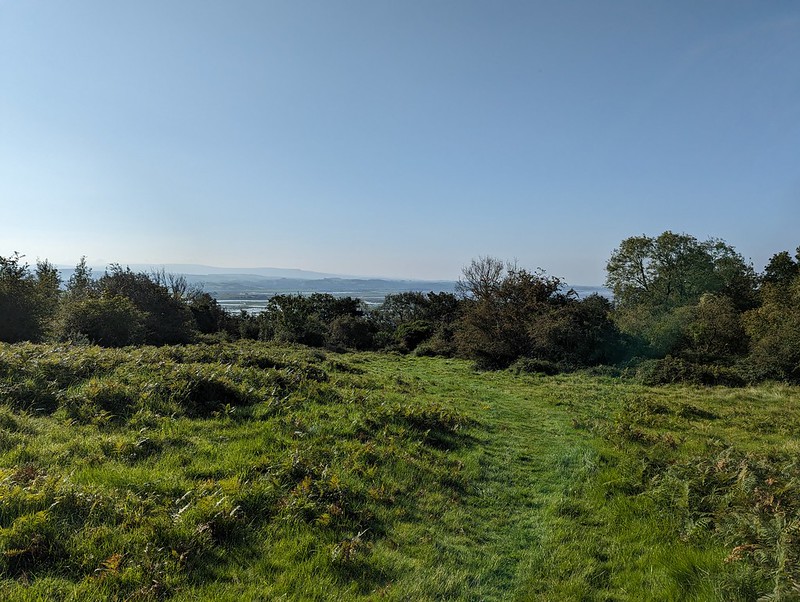
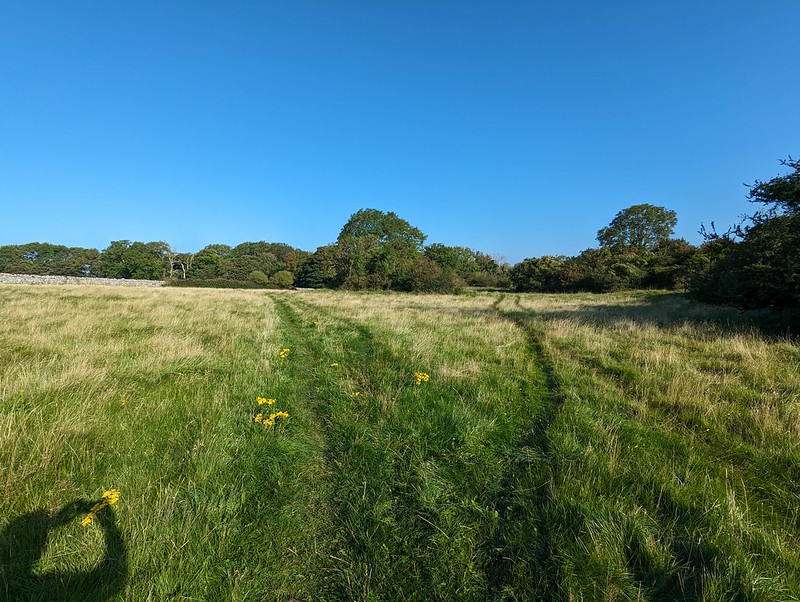

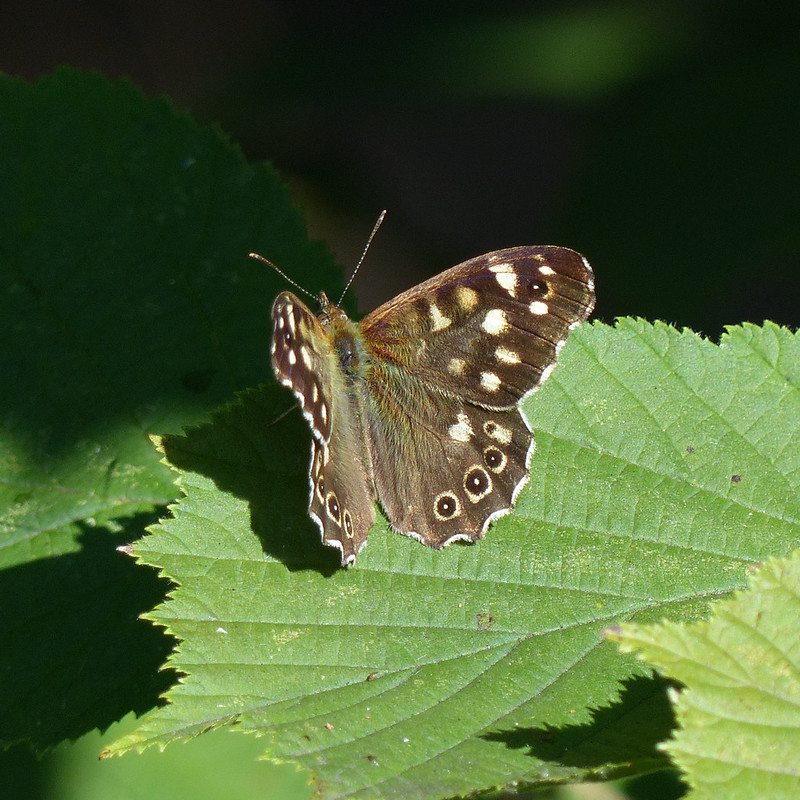
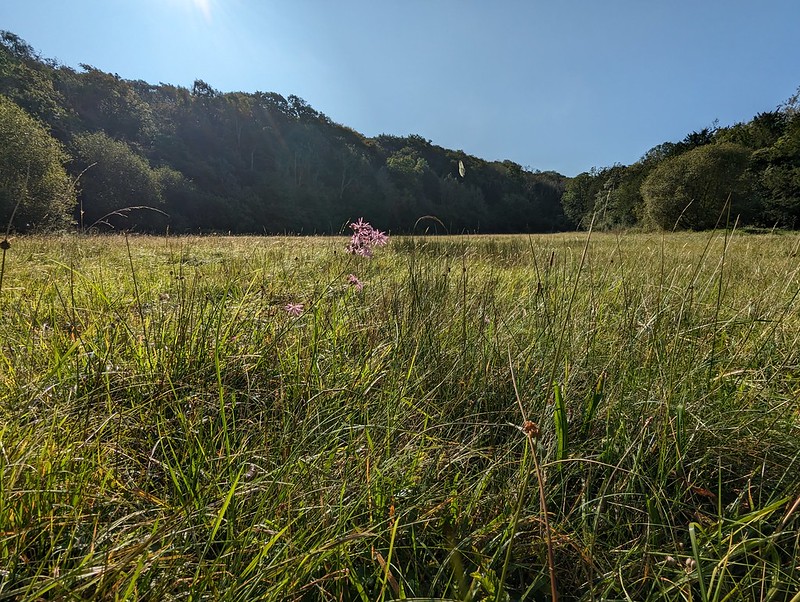

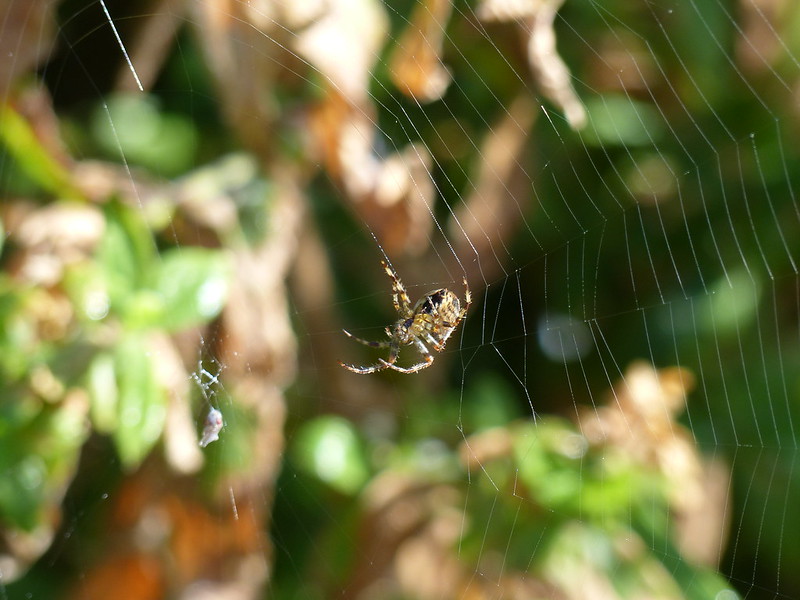

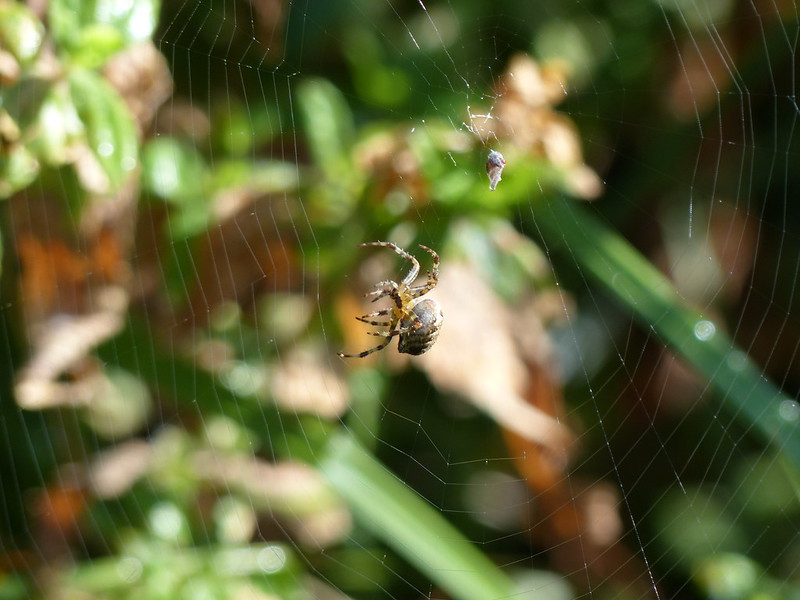
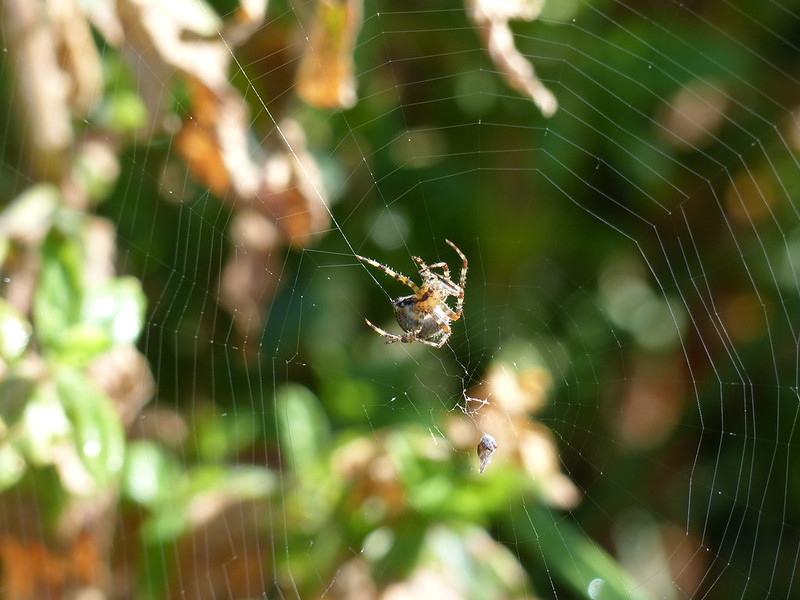

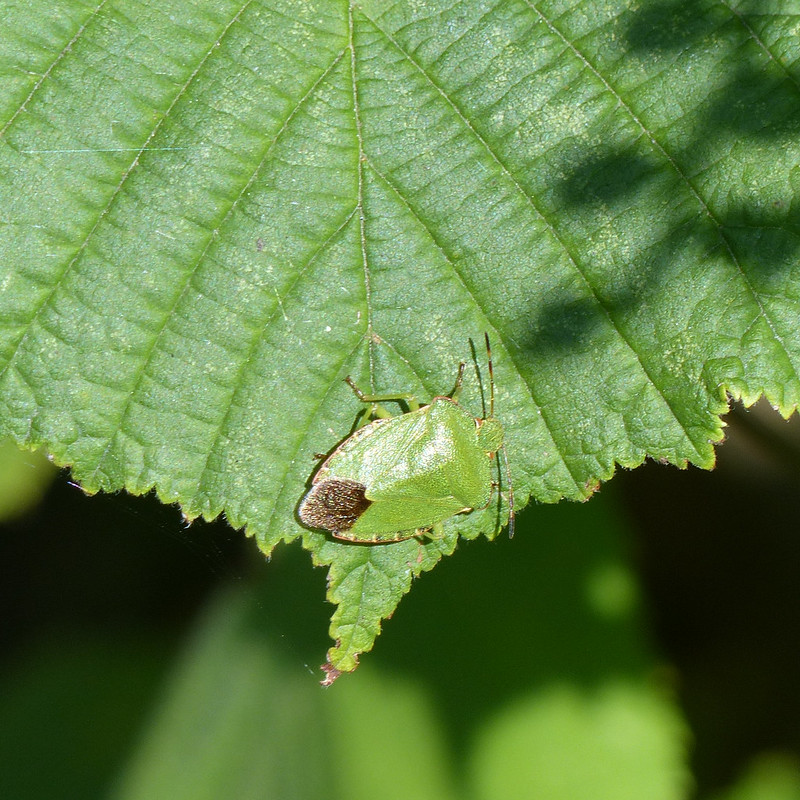
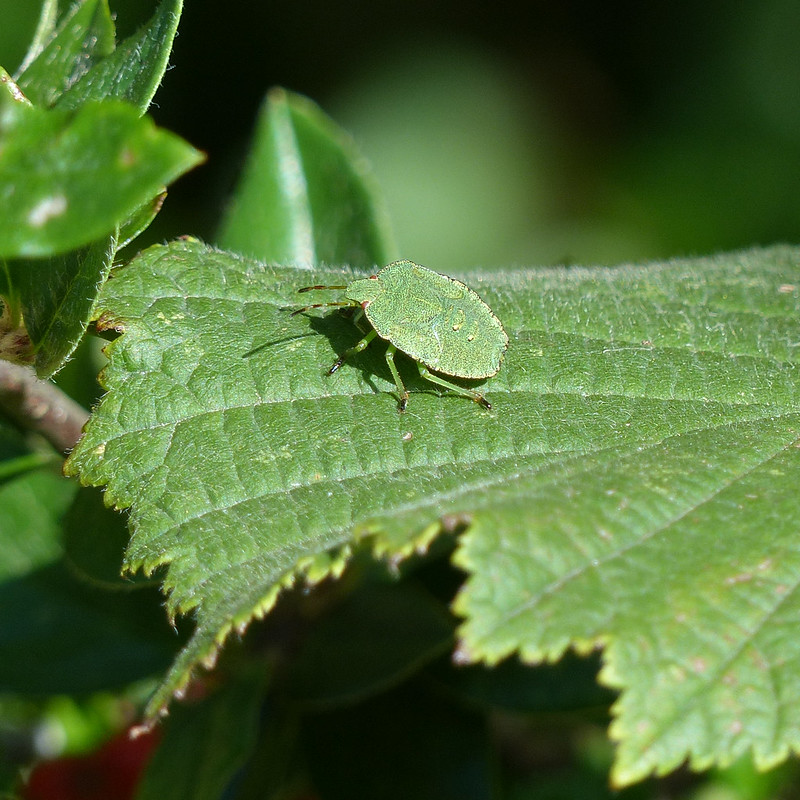
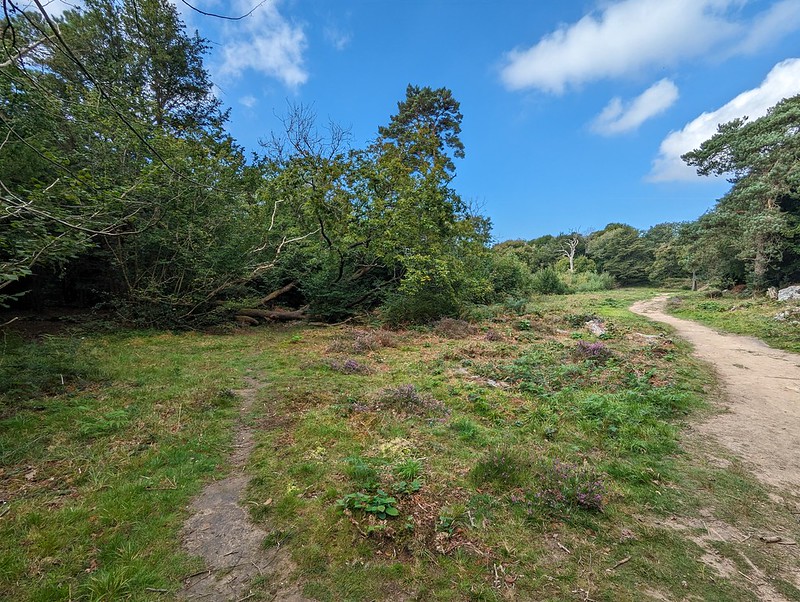
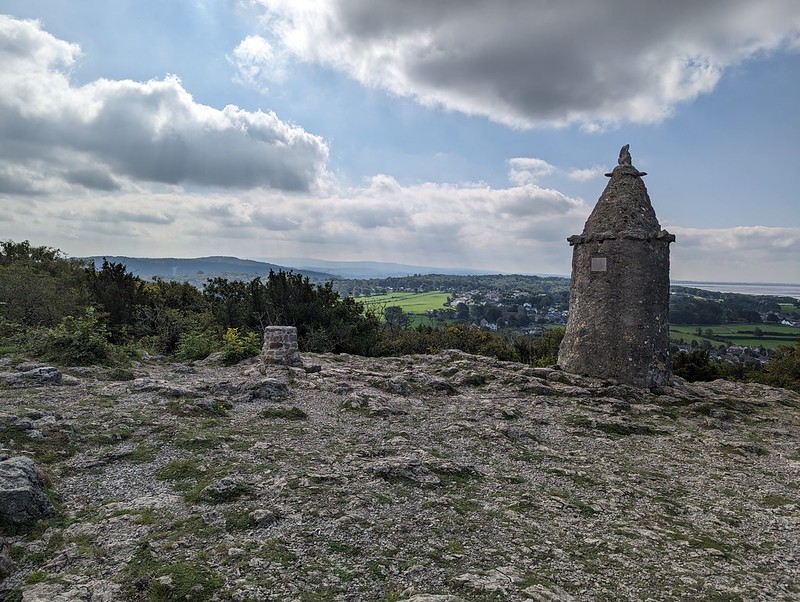
The Cove – The Lots – Woodwell – Heald Brow – Clark’s Lot – Silverdale Green – Burtonwell Wood – Lambert’s Meadow – The Row – Eaves Wood – Castlebarrow






















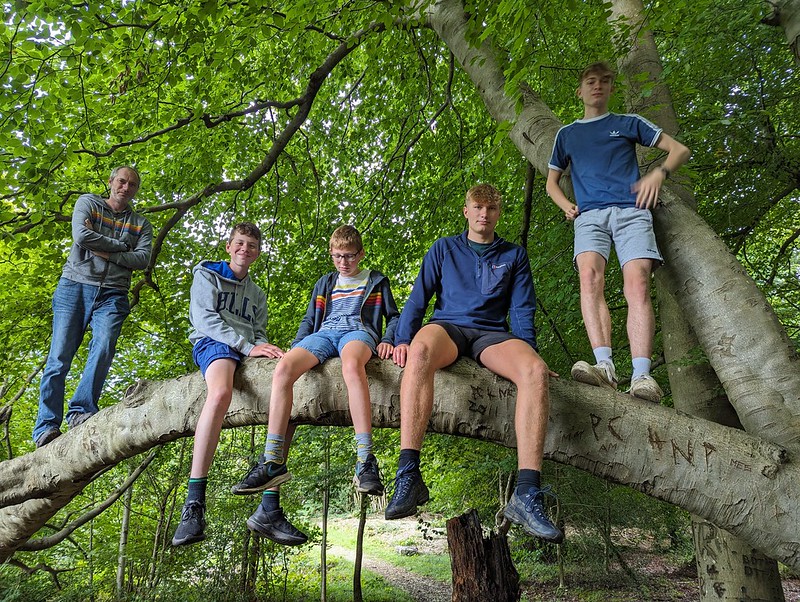
Our Peak District trip was timed to fit in with a visit from my brother-in-law, Dr A and his family. We didn’t have them for long and were keen to pack a lot in. First of all, a walk in Eaves Wood.
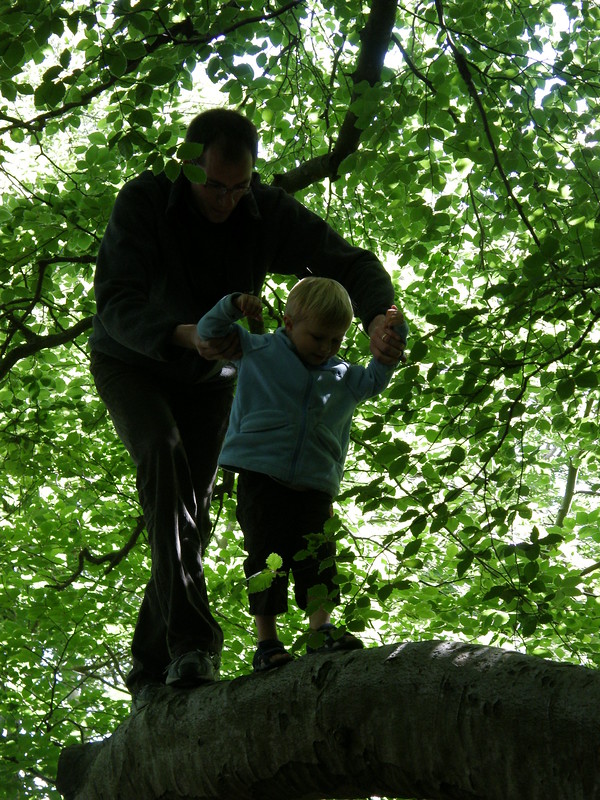



Since our American relatives needed to be back in County Durham, we decided to head that way and to rendezvous by Brougham Castle. Now, note: Brougham Castle, not Brough Castle which is nearby. Since I’d been very careful to point out the similarity of names and locations, we knew as we waited near Brougham Castle that they couldn’t possibly have made the mistake of going to Brough instead. After all, maps are pretty much Dr A’s area of professional expertise.

With a little time to kill whilst Dr A drove his family the short distance back from Brough to Brougham, we decided to detour slightly to have a peek around Brougham Hall, which is free and always worth a gander.
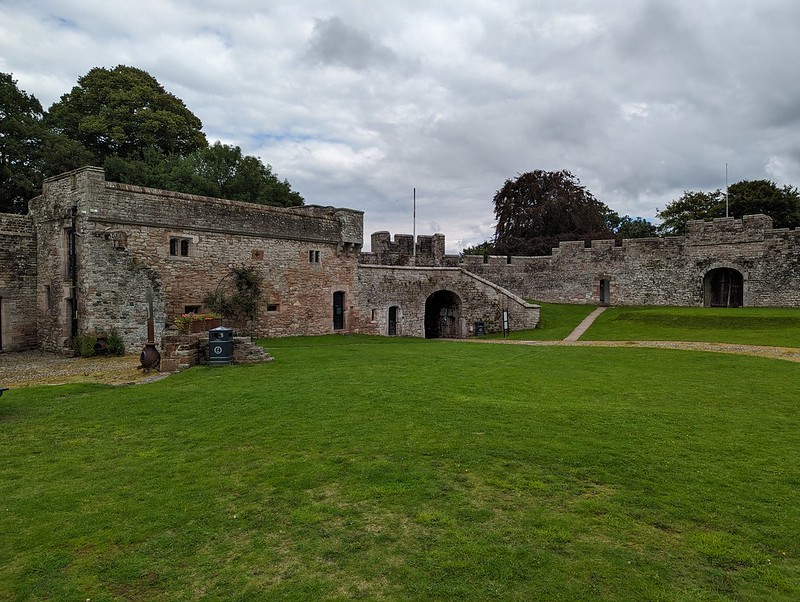
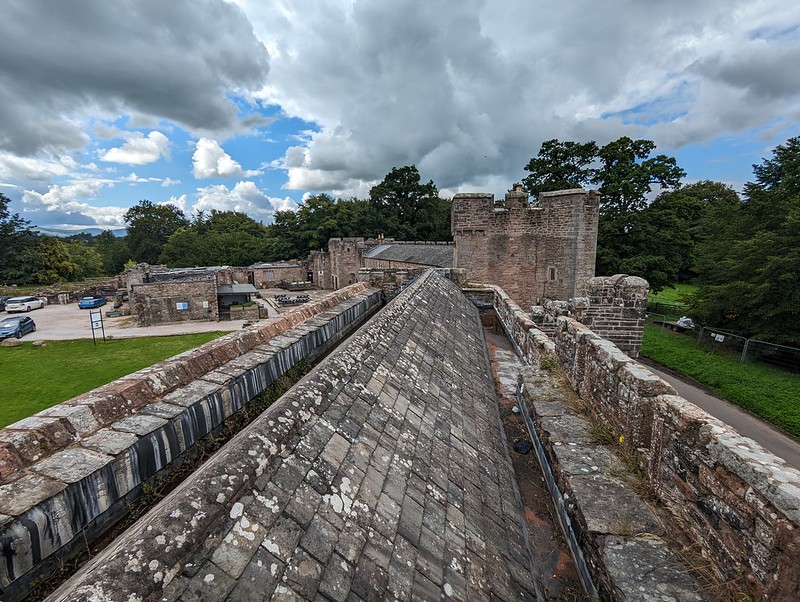
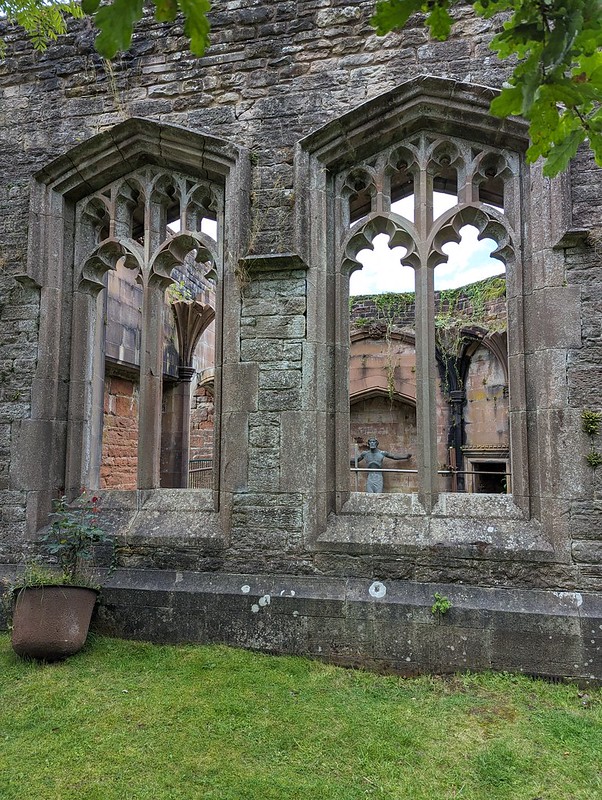
There’s more about the Hall and the Castle, and cute photos of the kids when they were little, from a previous visit here.
Once we were reunited, we drove to Little Salkeld, intending to have a walk to Lacy’s Caves. The path has been officially closed when we’ve done that walk in the past (one of those walks here). It still is. But now there’s a big sign displayed to that effect, rather than a scrappy bit of paper tacked to a telegraph pole. We decided to head up the road a little way to Long Meg stone circle instead.
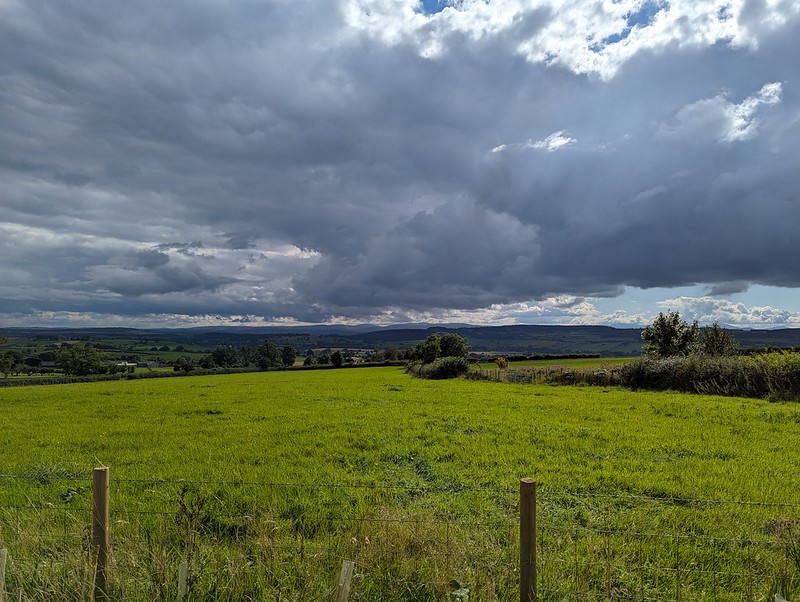
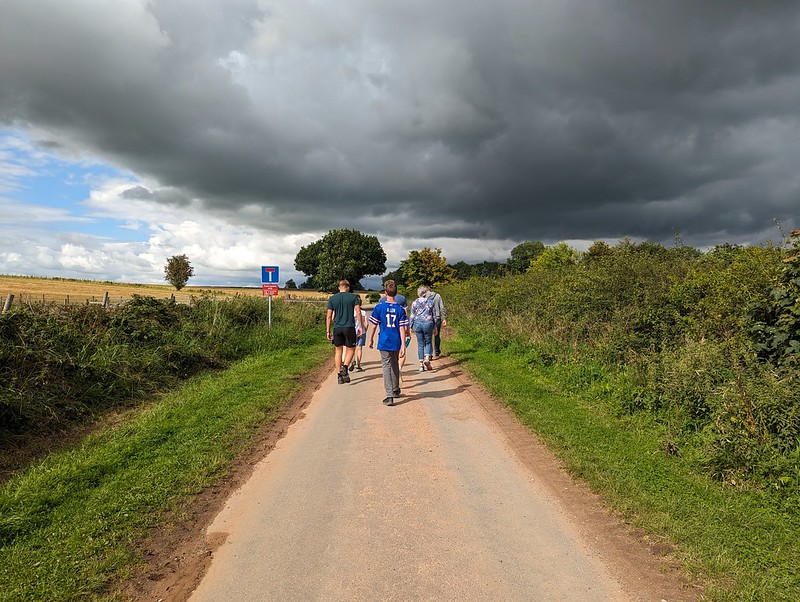
There may be a new, and quite substantial, car park, but we still had the circle almost to ourselves.
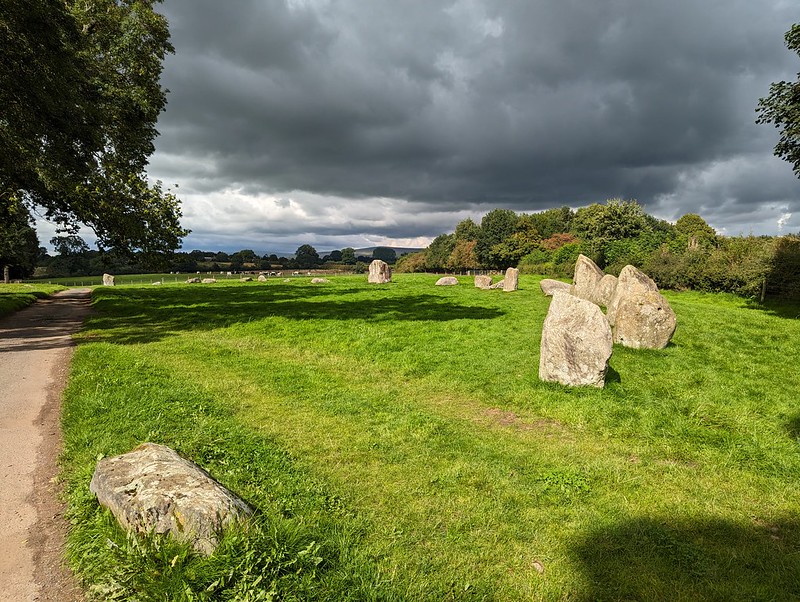
It’s an amazing place and it astonishes me that it’s not more well known. (There’s more details about the stones in this post from our first visit in 2011.)
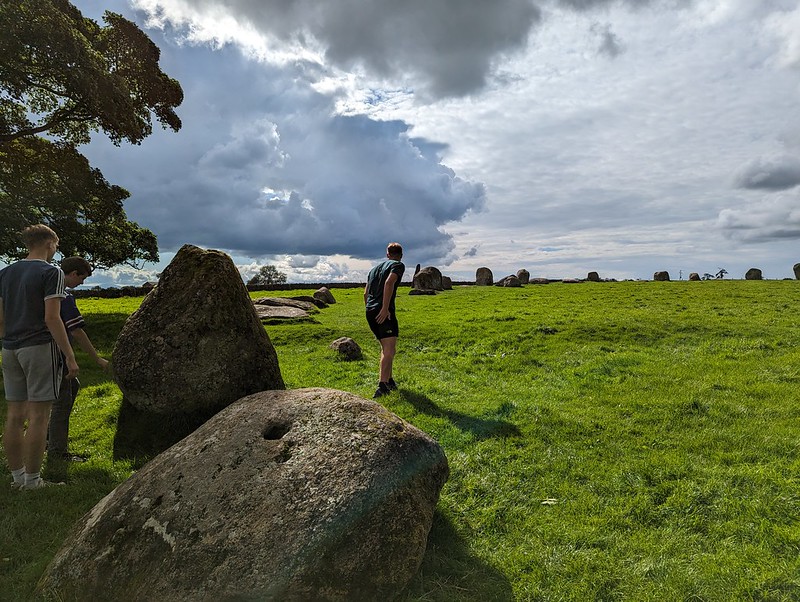

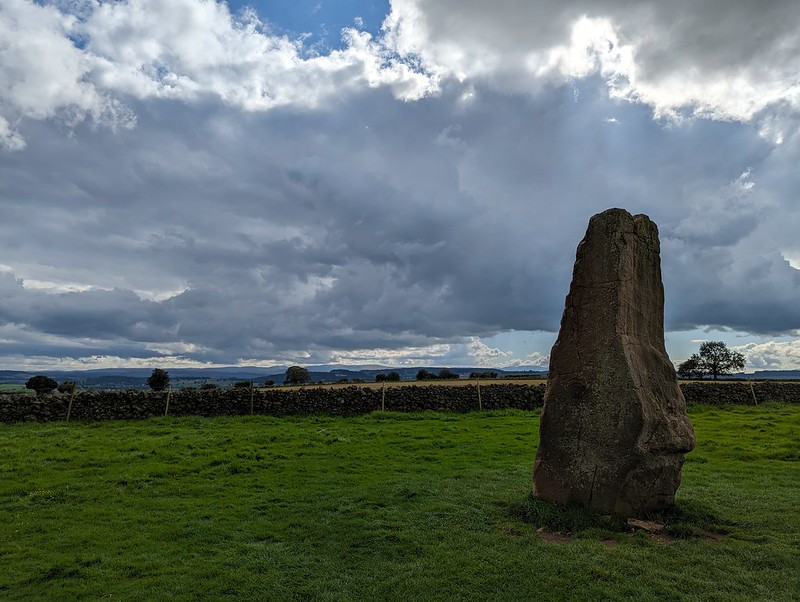

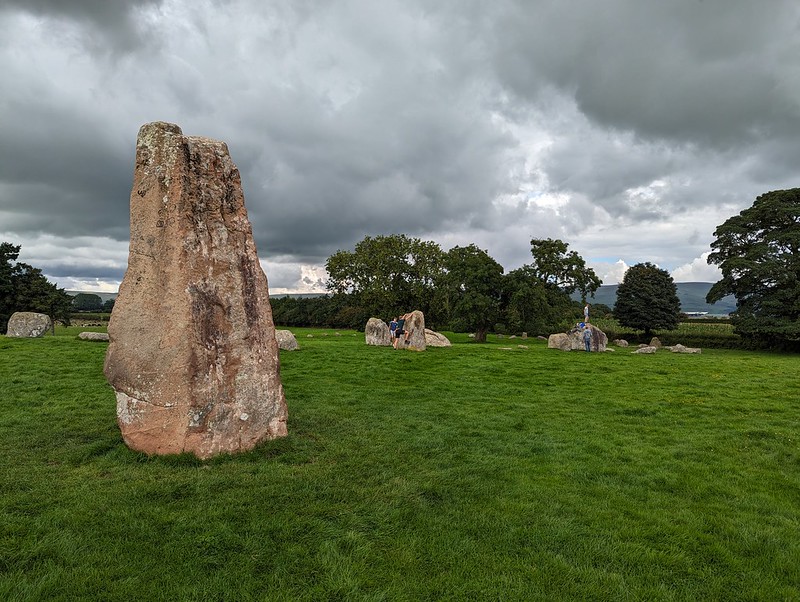
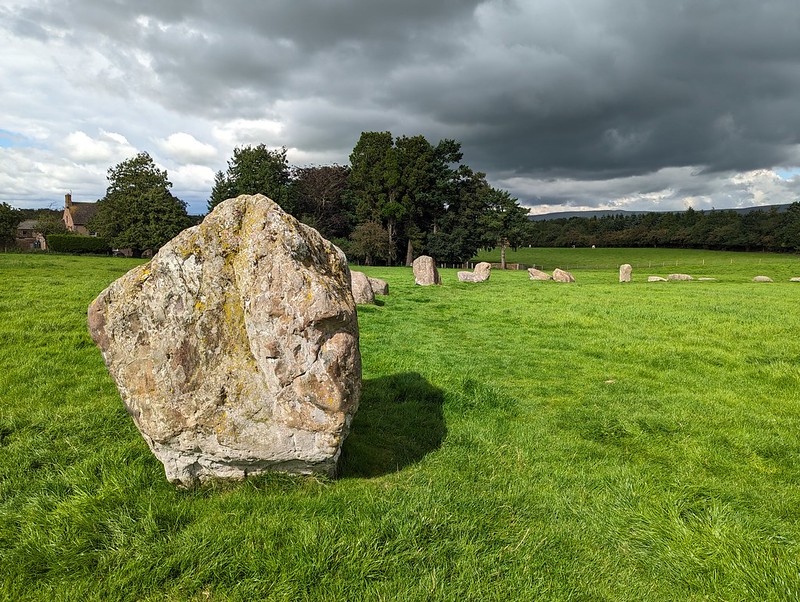




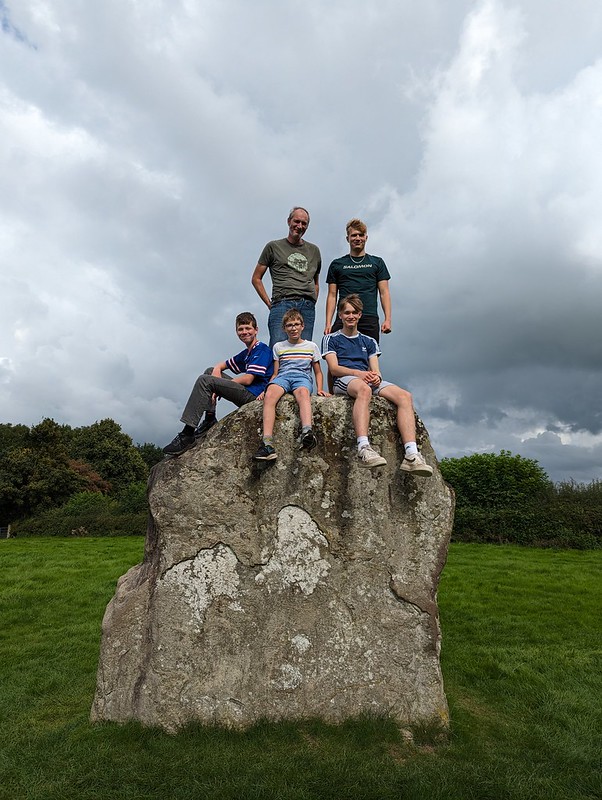
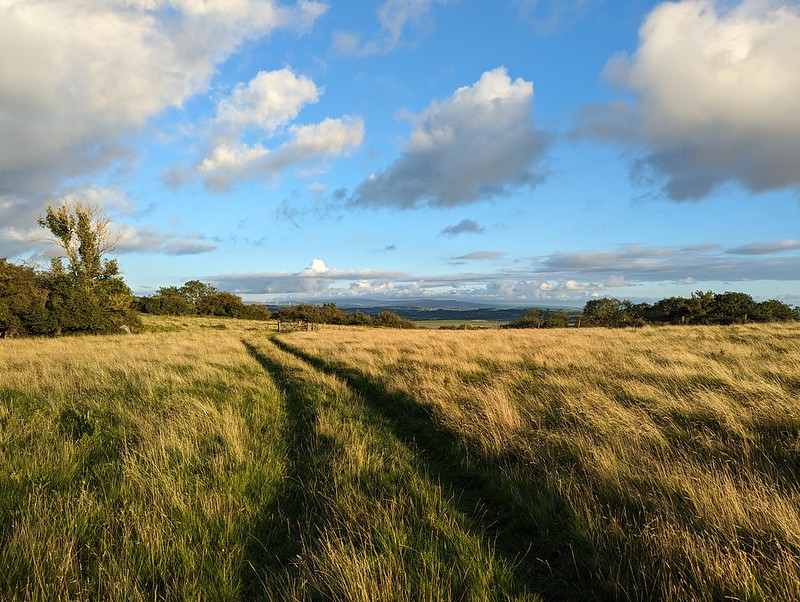
Later, when we were home again, and since it was a nice evening, I was out for a local stroll.
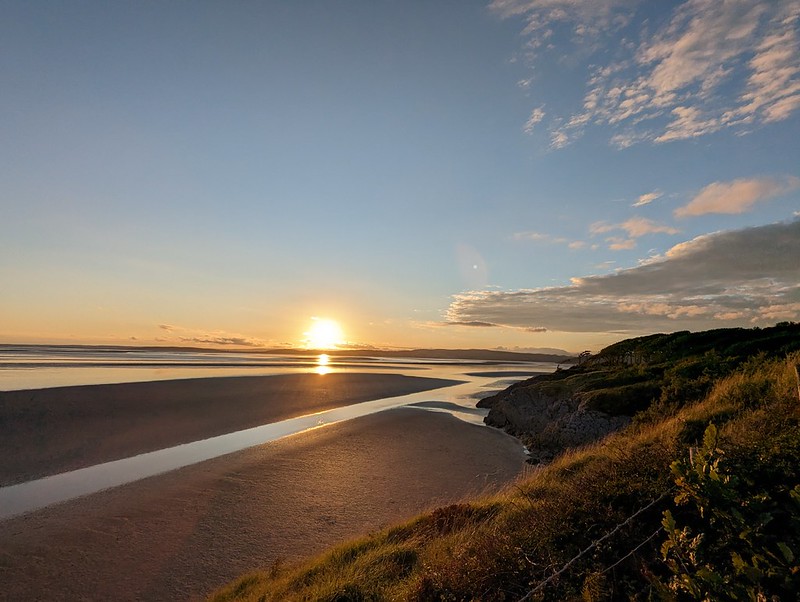
Another busy day!
Elmslack Lane – Castlebarrow – Eaves Wood – Hawes Water – Moss Lane – Trowbarrow Quarry – The Trough – Storrs Lane – Myer’s Allotment – The Row – Hagg Wood.
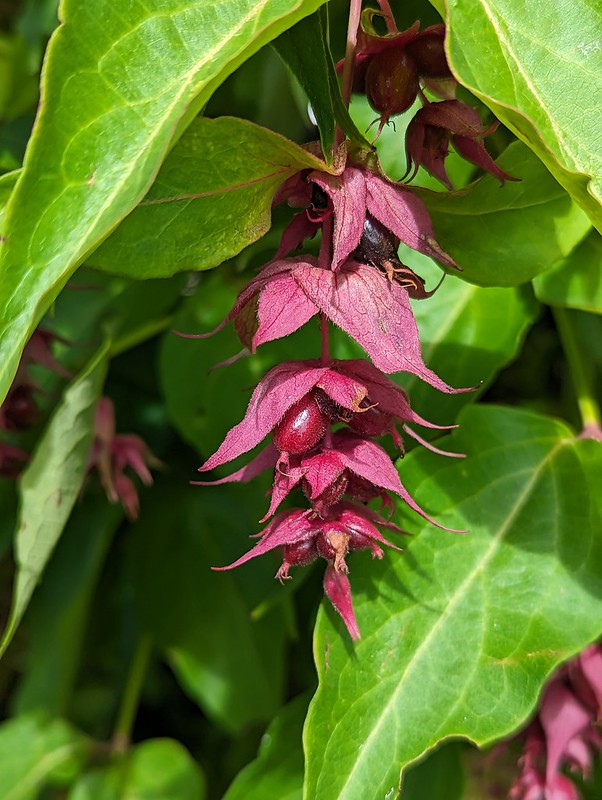
The light and shadow in this picture suggest sunshine, but this was taken late afternoon, after another day of mixed weather.

I was doing what I generally doing in those circumstances: making the most of a break in the weather, without straying too far from home in case it turned wet again.
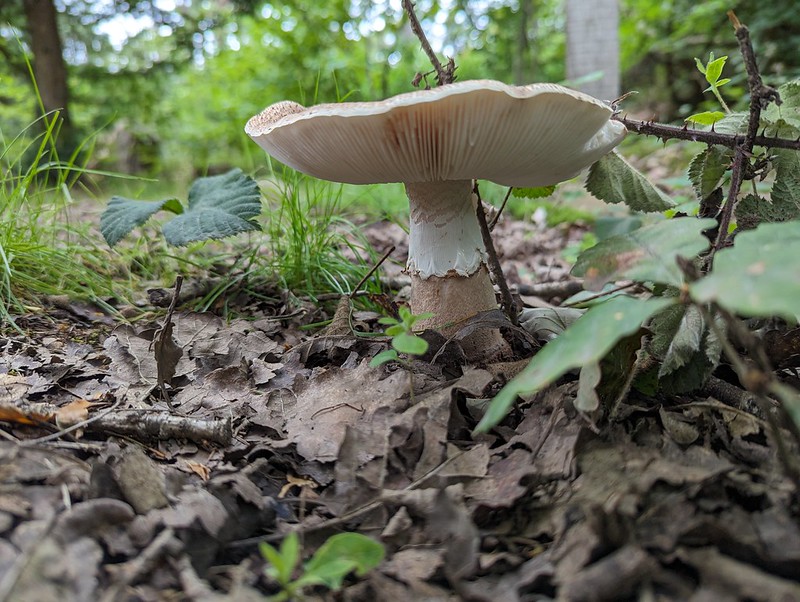
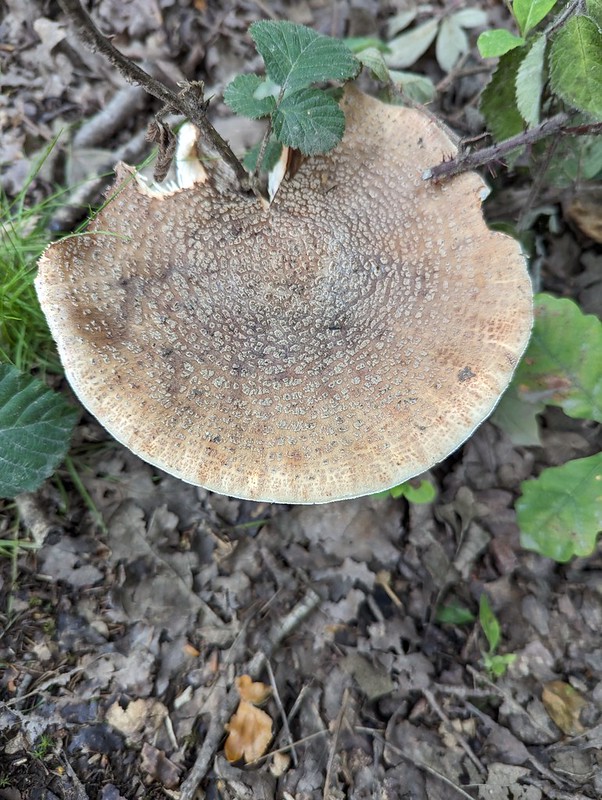

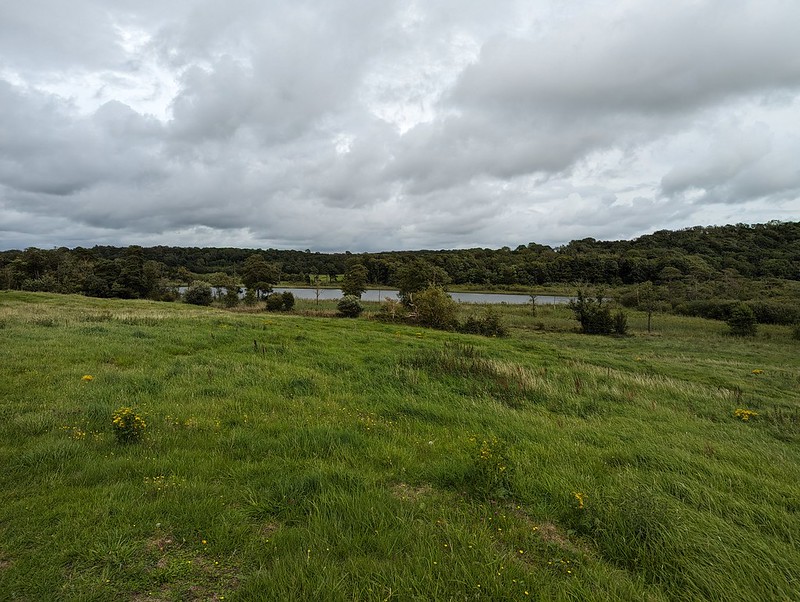
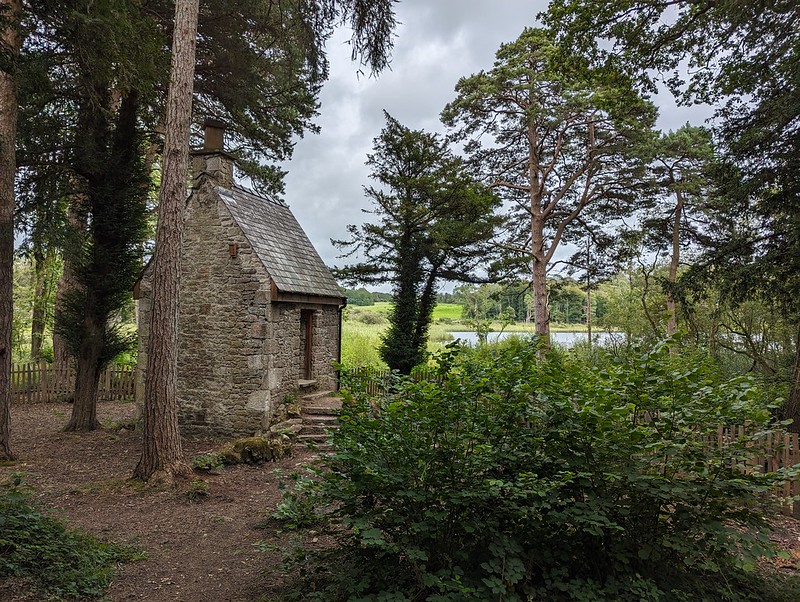
I took lots of pictures of insects during the walk. Once again, I was only using my phone camera, I don’t remember why. In the poor light, the depth of field was low and I have a lot of sharp photos of flowers with blurred bees resting on them. Until I reached this Burdock plant near Hawes Water anyway.
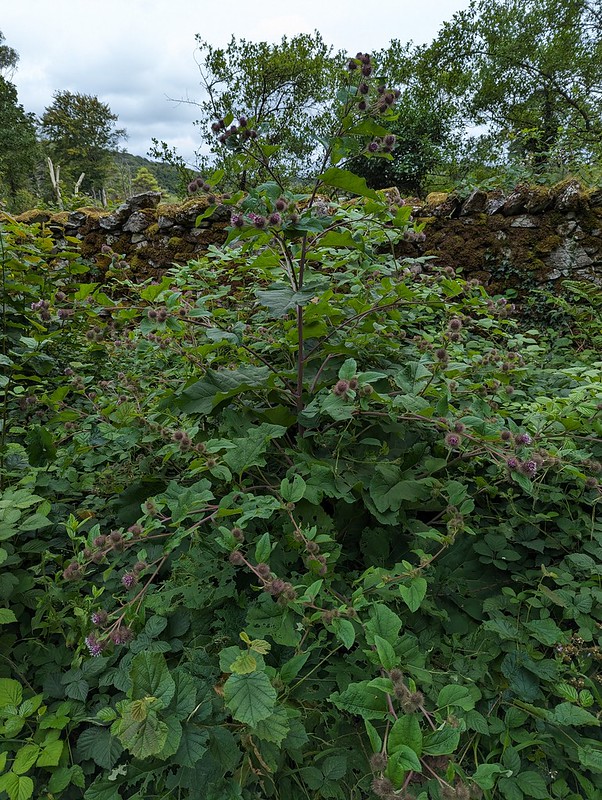
I love Burdock for its great vigour and it’s punky purple flowers, but this one was thronged with pollinators, making it even more to my liking.
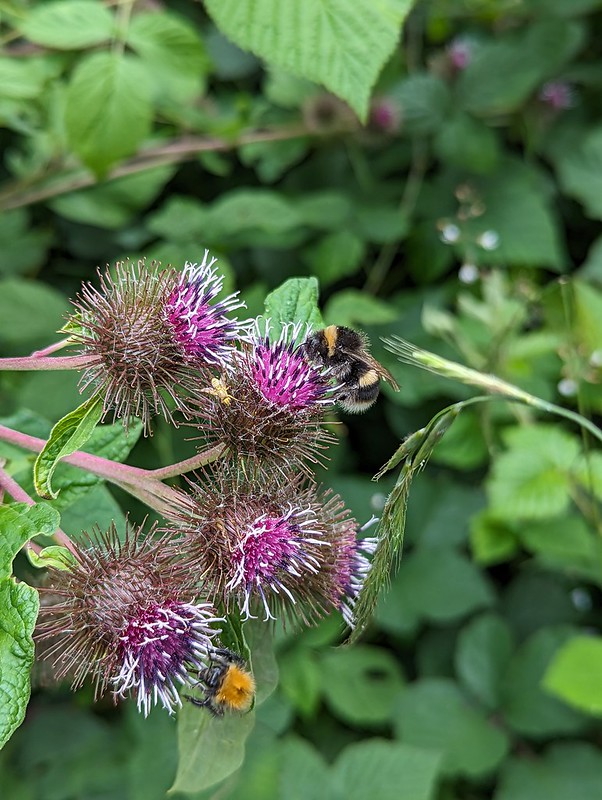
It was the ginger bee here which I first tried to photograph, but, for some reason, none of the shots were sharp again.
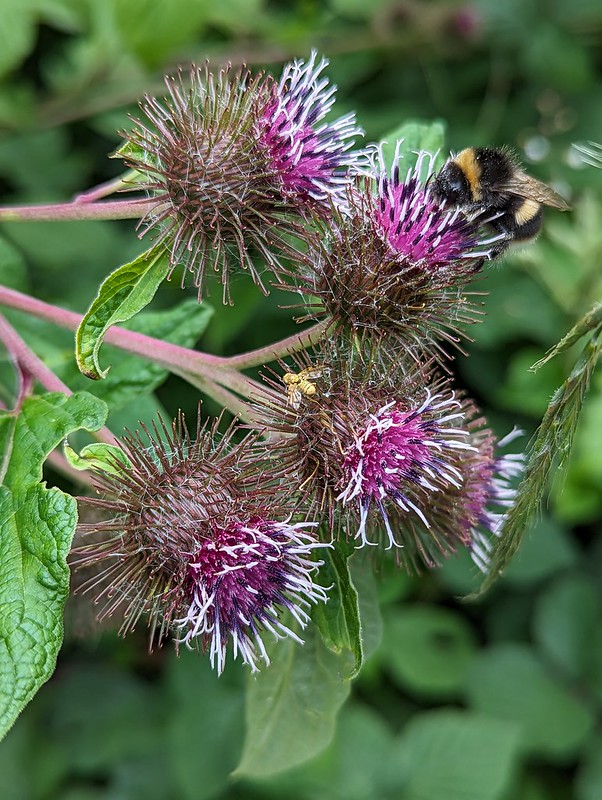
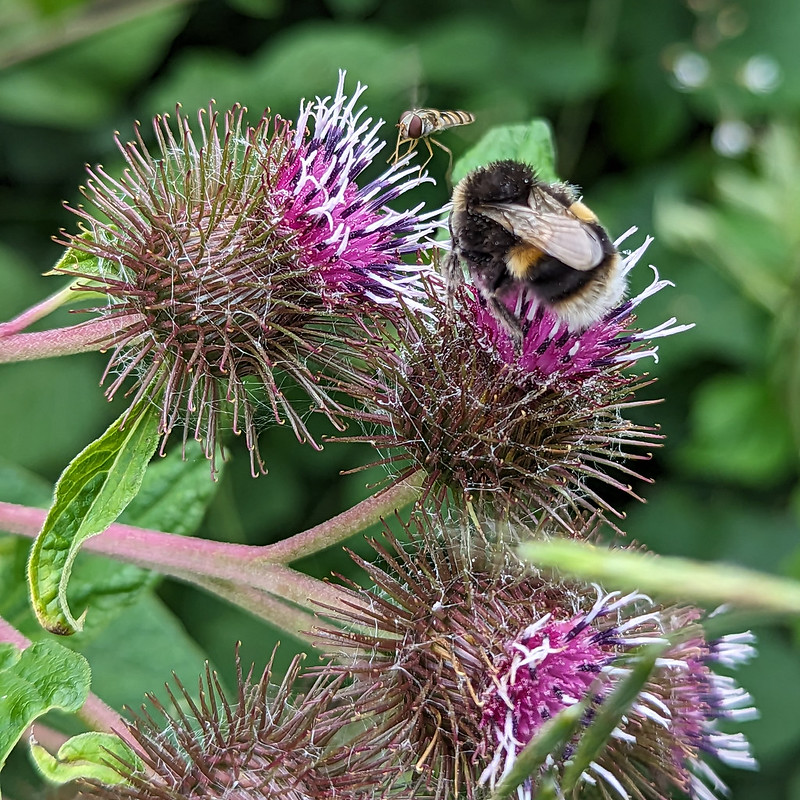
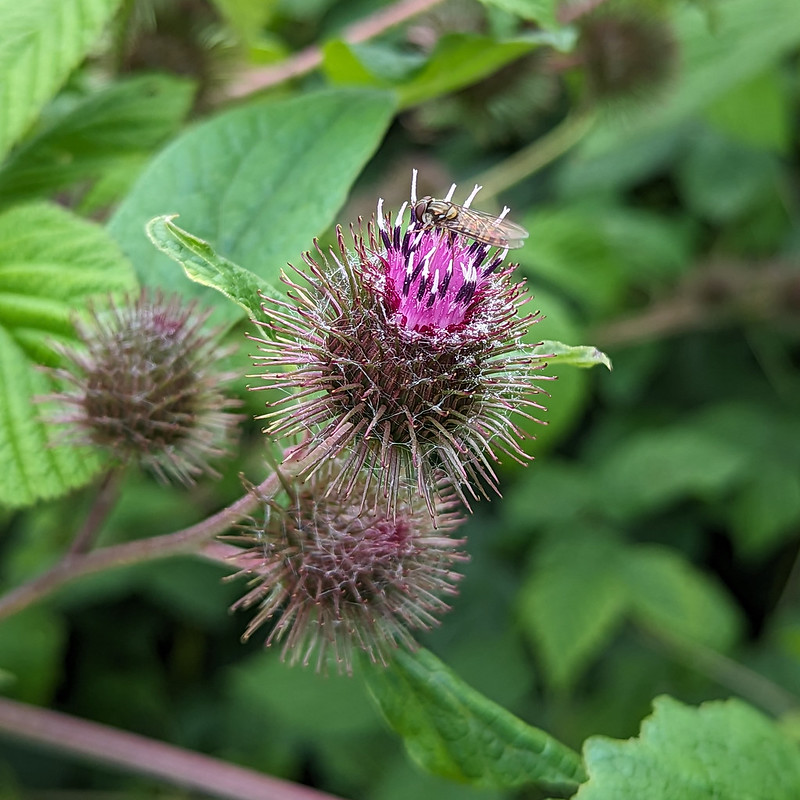
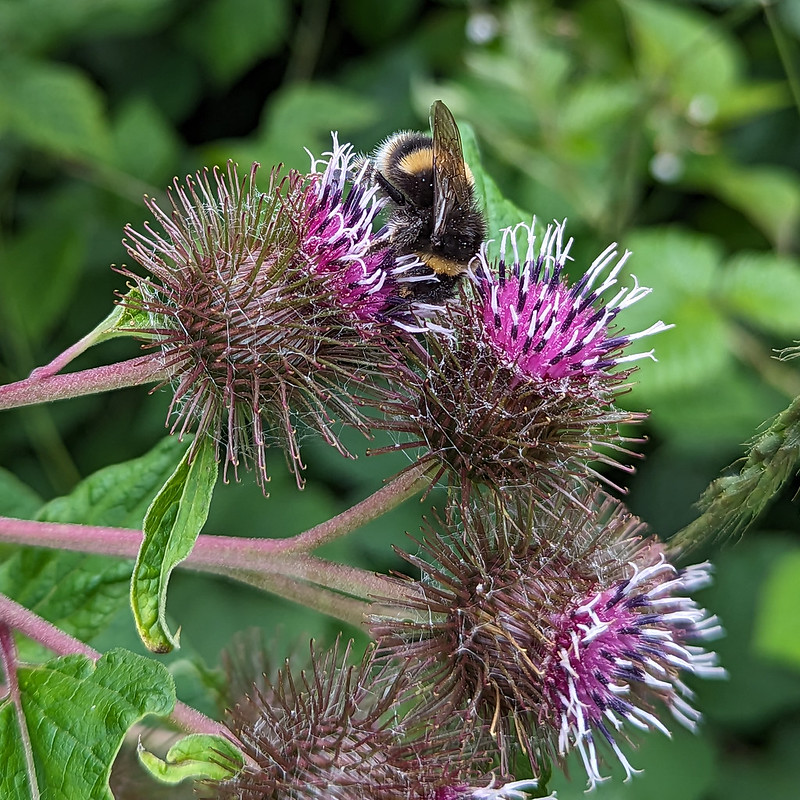
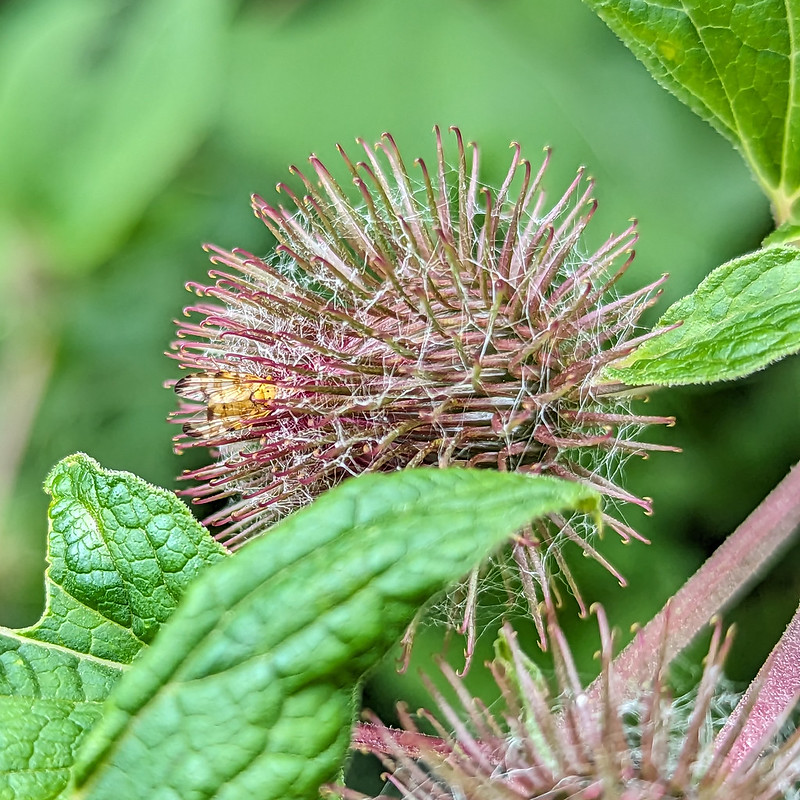
The nymphs of these tiny, colourful flies live in galls on Burdock plants.
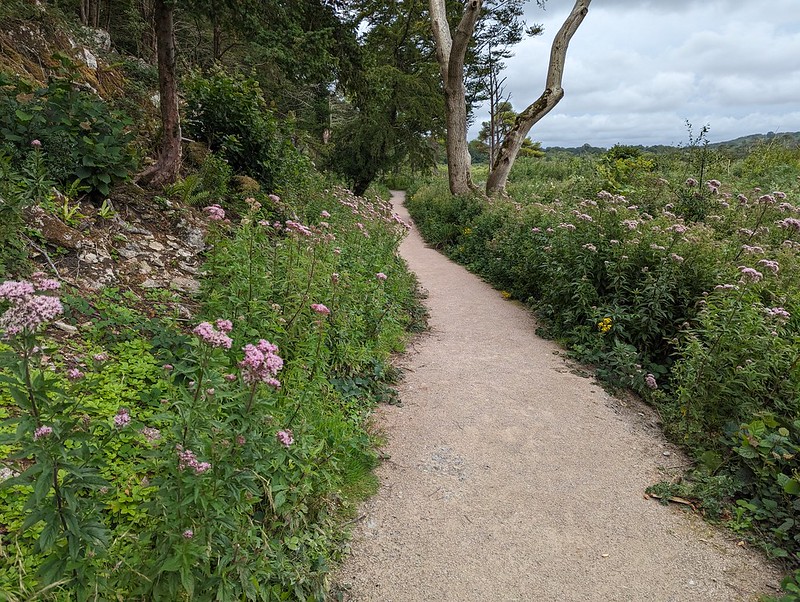

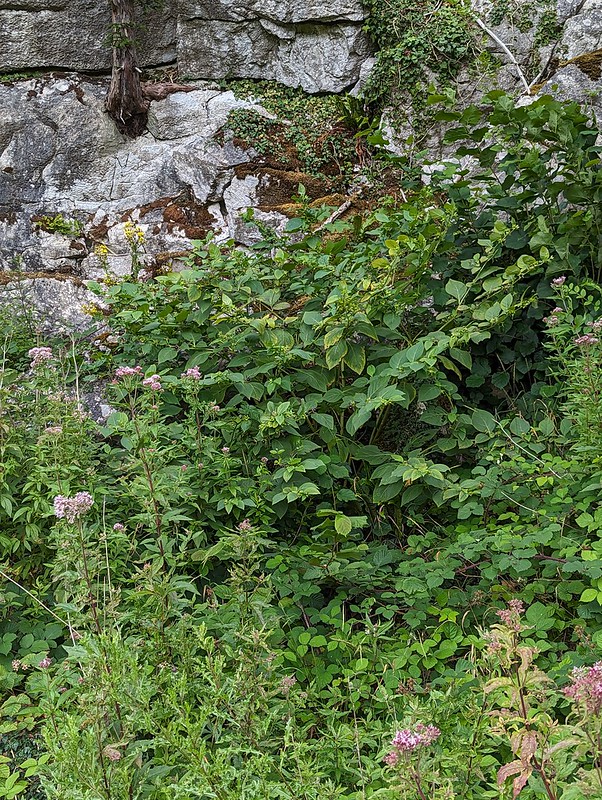
Zooming in on this photo reveals that the belladonnas flowers have now been superseded by the highly poisonous shiny black berries.
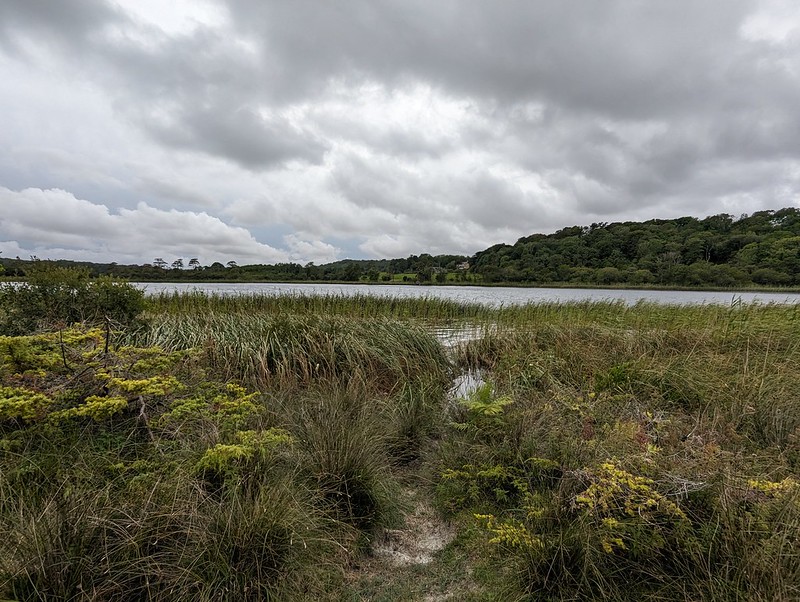
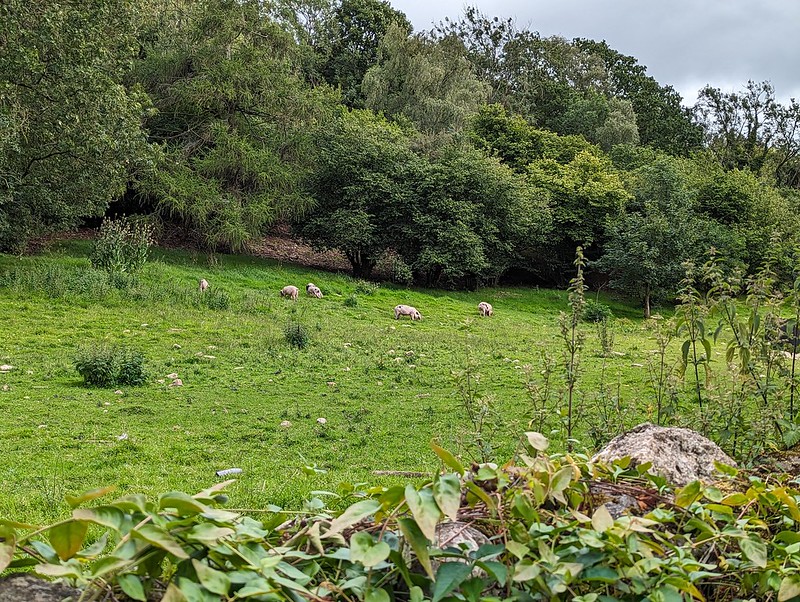
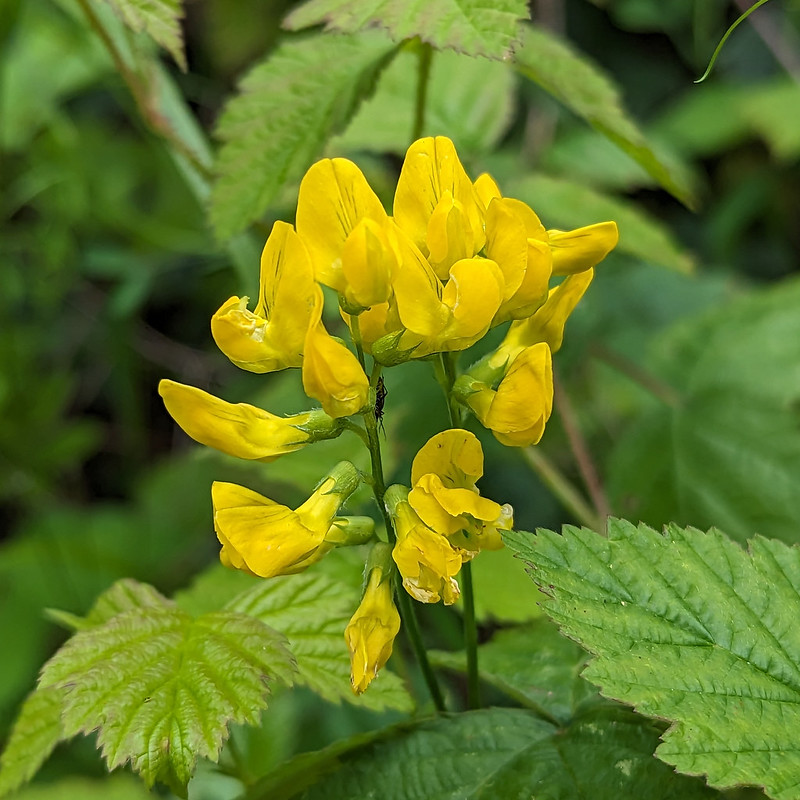
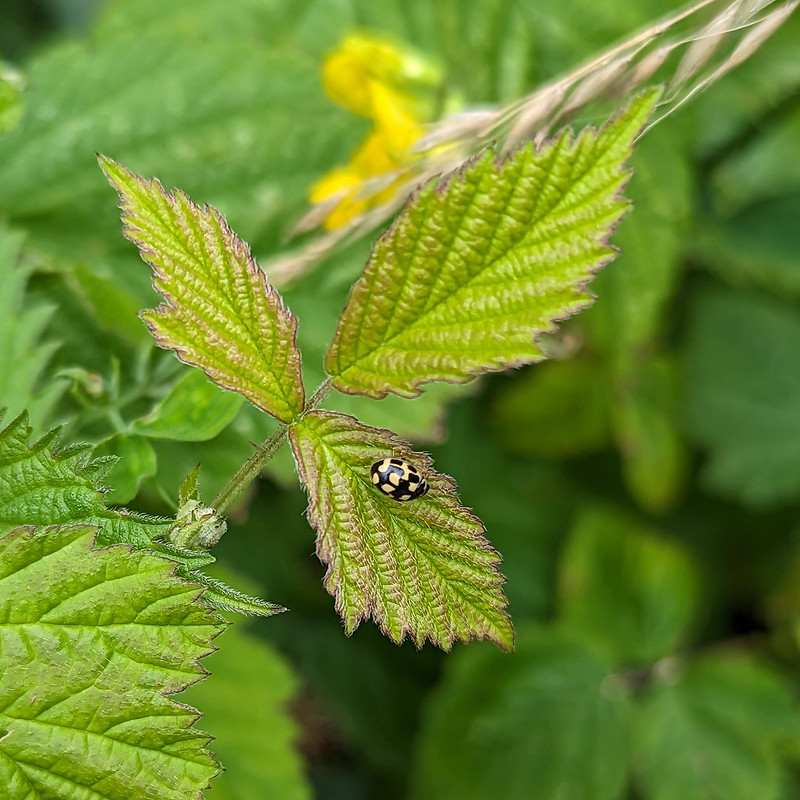

At this time of year I always try to fit in a visit to this spot on the track which leads into Trowbarrow Quarry where there are always a few flowering Broad-leaved Helleborines.
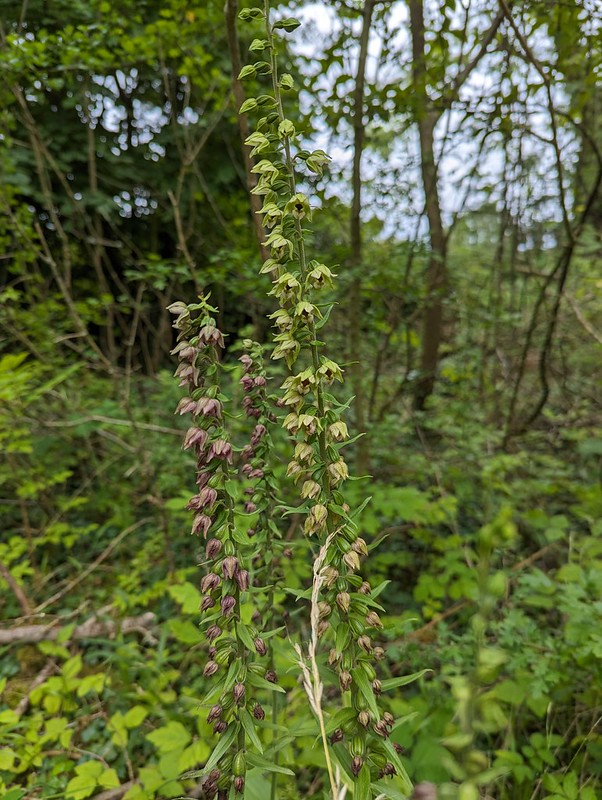
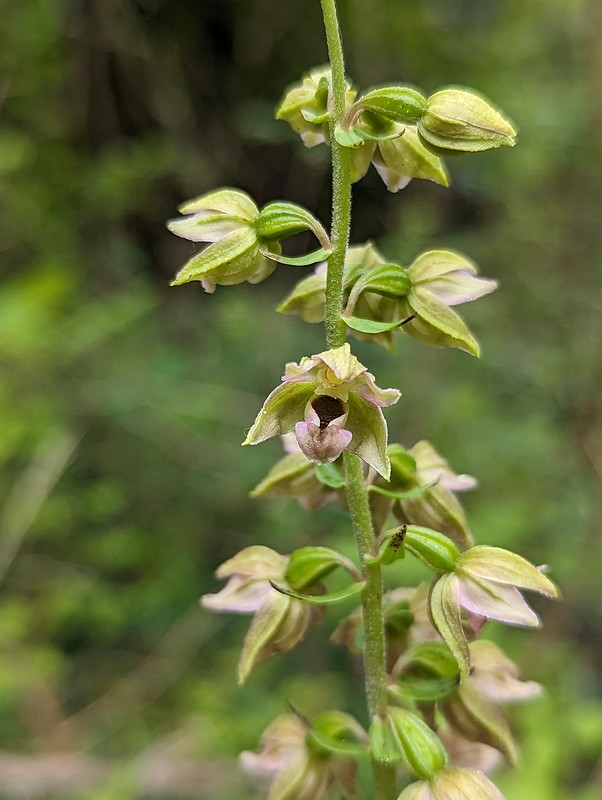

I kind of orchid, the flowers have muted colours, but I’m always pleased to see them.



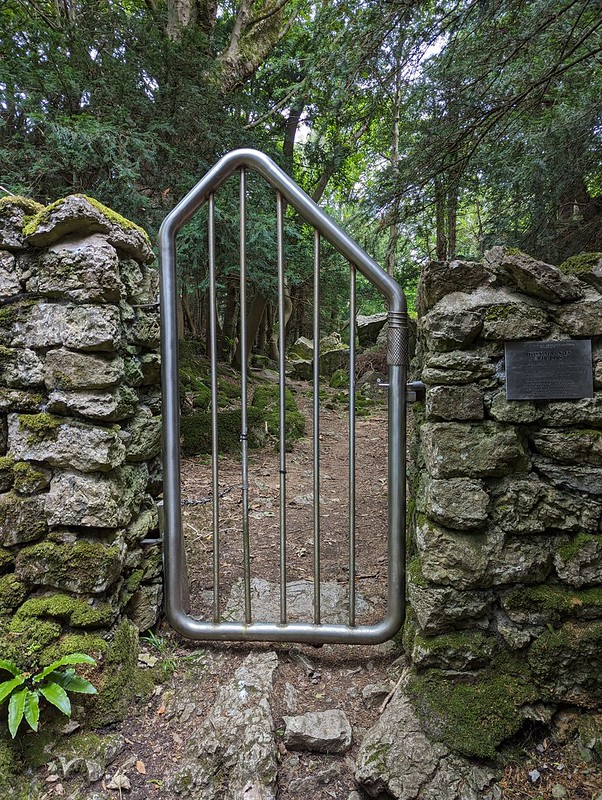


This Hogweed, growing on the verge almost opposite the Leighton Moss visitor centre, seemed a little odd to me. I couldn’t put my finger on what it was, but wondered whether it was Giant Hogweed. It’s actually all wrong for that, but I now thinks it’s from a sub-species, Narrow-leaved Hogweed.

I was intrigued to read that the outer flowers in a spray of Hogweed blooms are zygomorphic, but have discovered that it just means, rather prosaically, that they have only one axis of bilateral symmetry. I think that might make me almost zygomorphic myself.
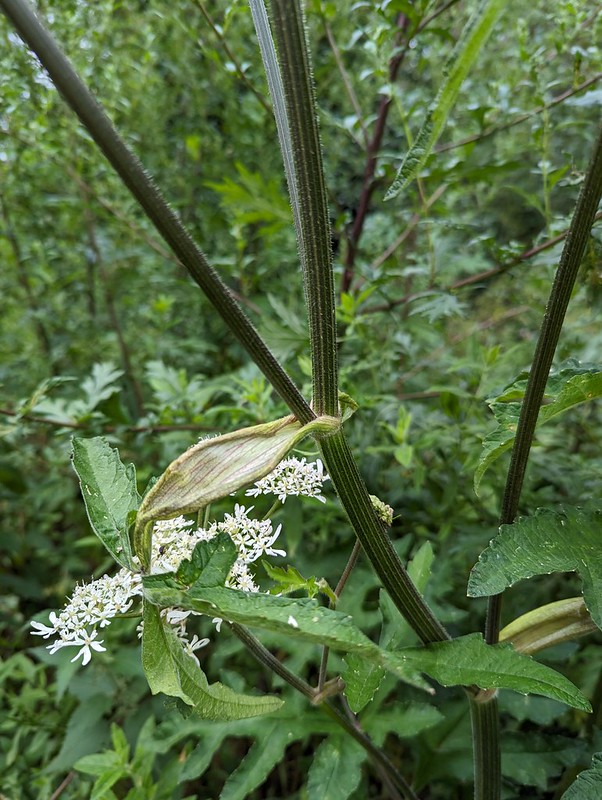
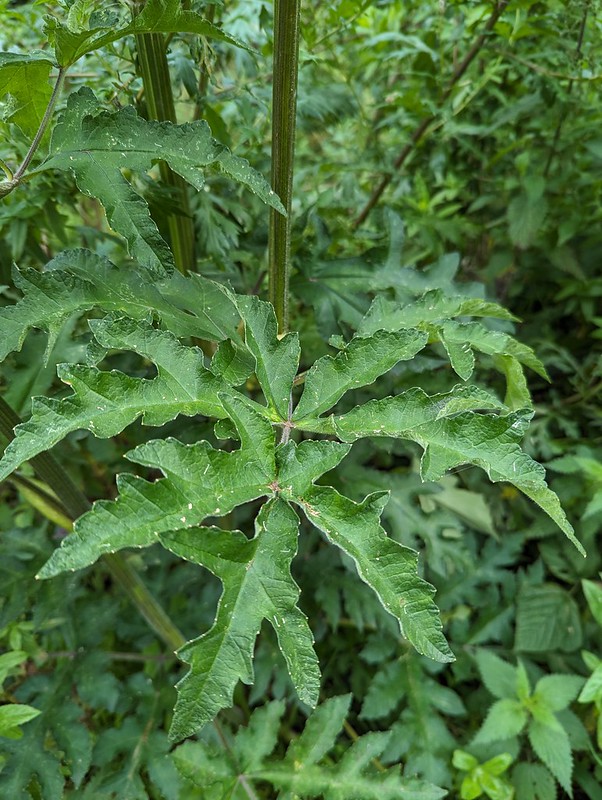

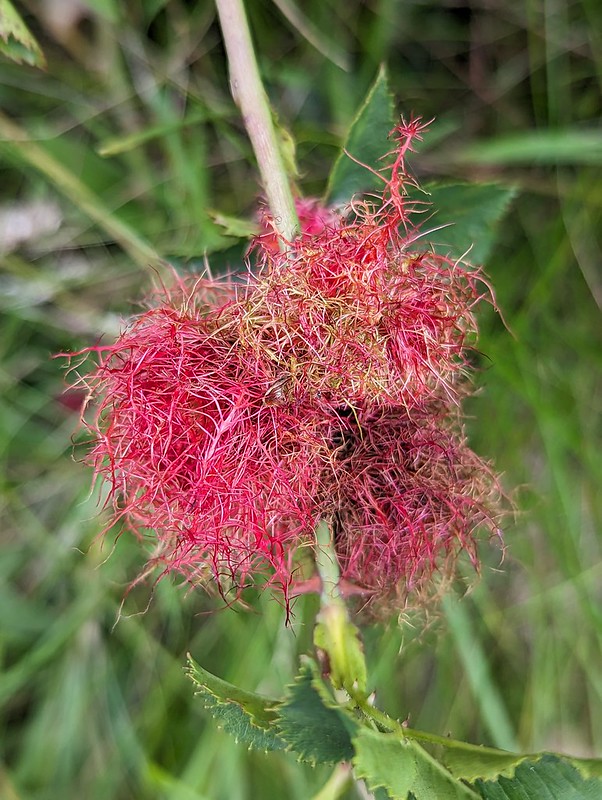




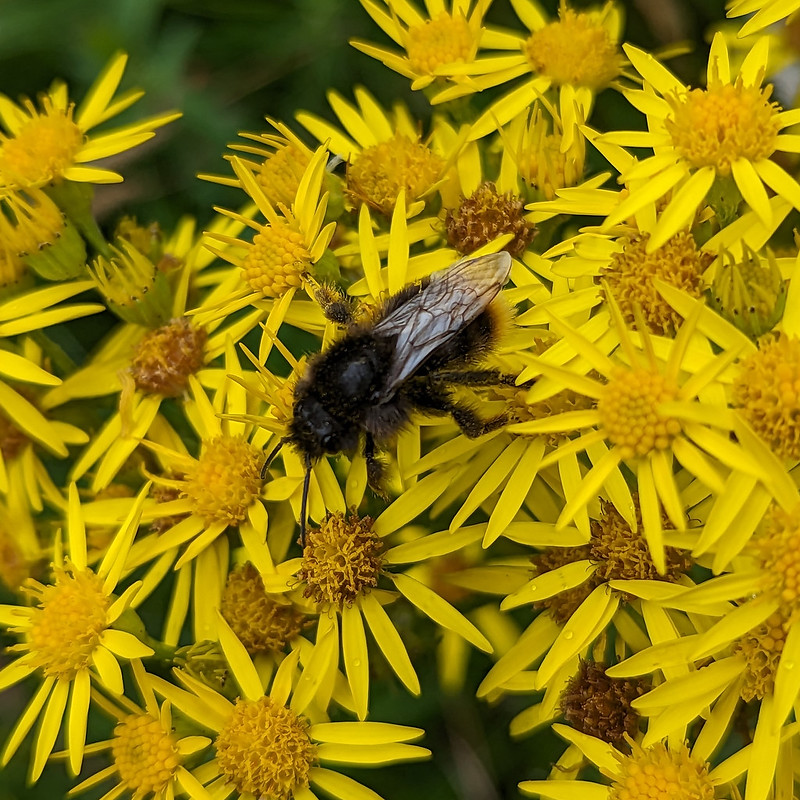
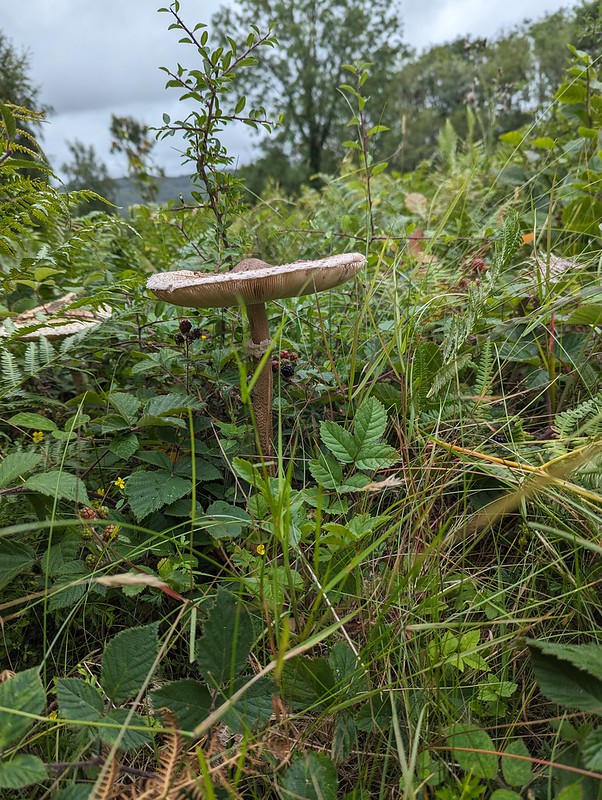
These mushrooms, growing in a group of perhaps a dozen in one of the clearings at Myer’s Allotment, qualify as the best find of the day.
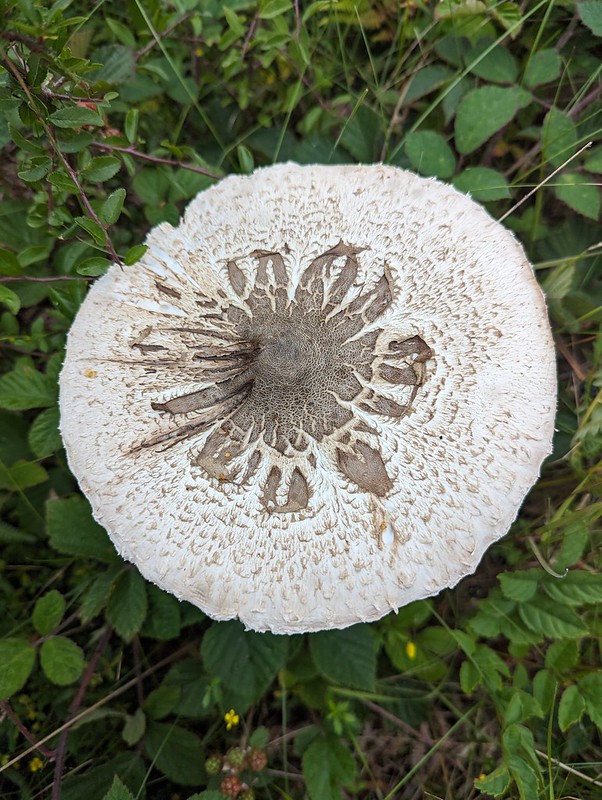
They were huge. At least a foot tall and almost as wide.
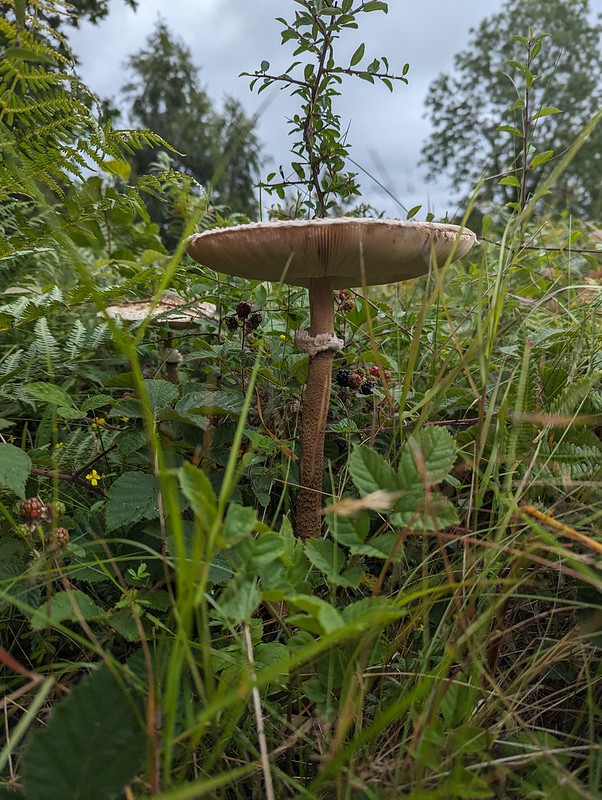
Apparently they’re really good to eat, but I didn’t know that at the time, and anyway I’m a bit suspicious of large mushrooms – I’ve been unpleasantly surprised before.



Two shortish local walks from a Sunday in mid-June. The first was only about a mile and a half, around the local lanes in search of elderflower, which I’d realised was coming to an end. I still managed to find plenty for TBH to produce our usual annual supply of cordial.

Naturally, there were plenty of distractions between Elder shrubs, principally bees on the many wild roses and brambles flowering in the hedgerows.

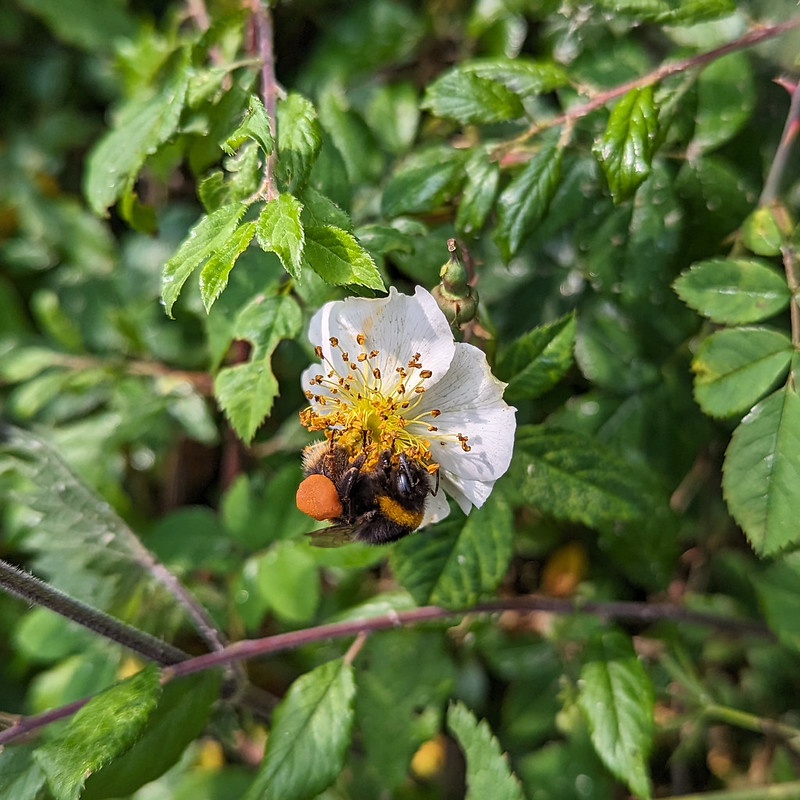
I was amazed by the size of the pollen baskets on this bumblebee, her foraging expedition was clearly even more successful than mine.
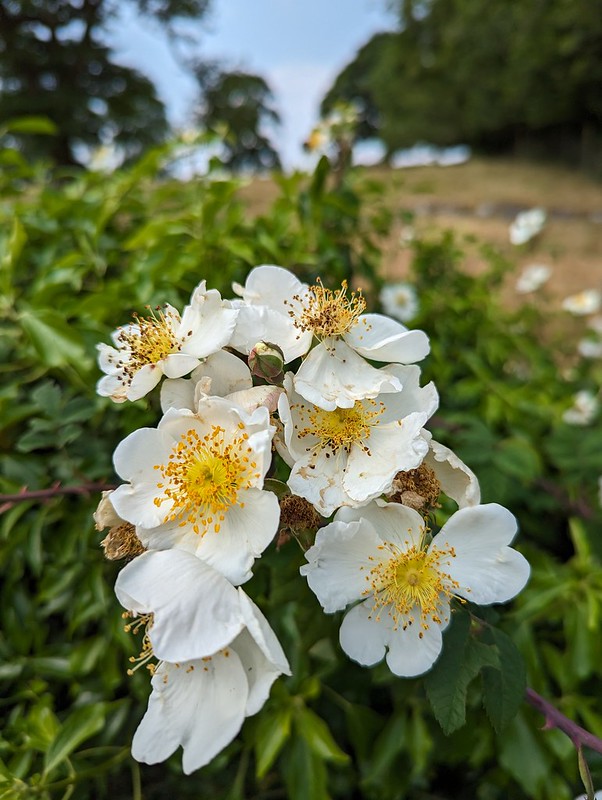
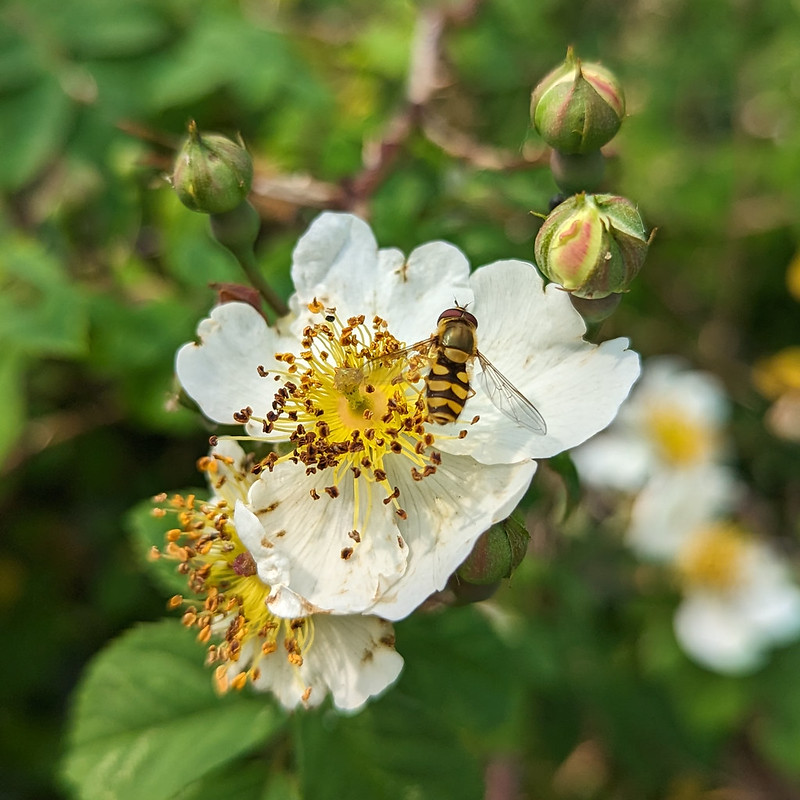
There are several different species of wild rose in Britain, but I think the two most common are Field Rose and Dog Rose. I’ve never known how to distinguish between the two, but a bit of internet research suggests that the tall column in the centre of this flower makes it a Field Rose.
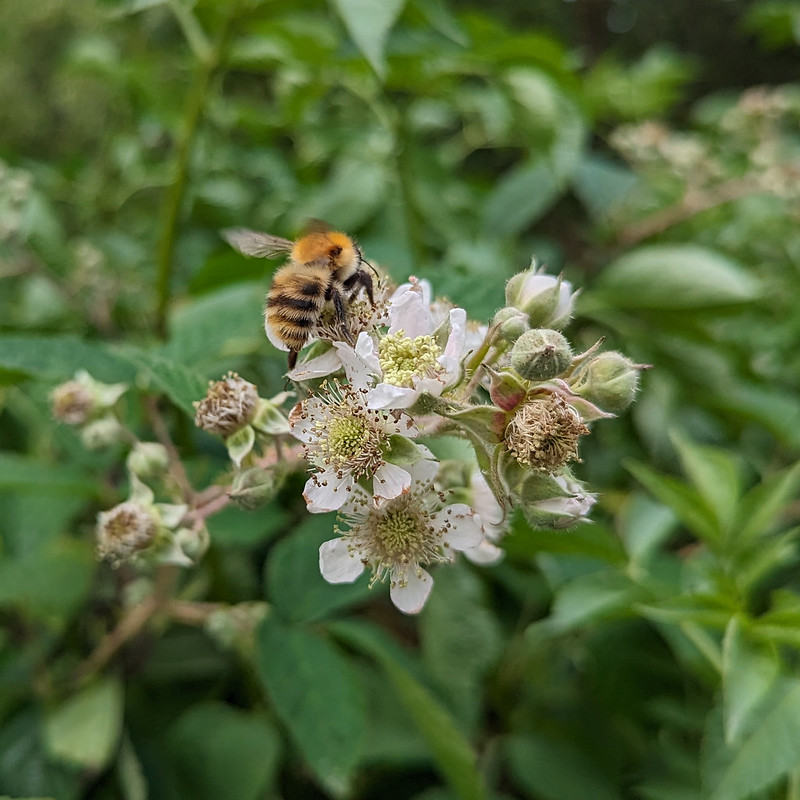
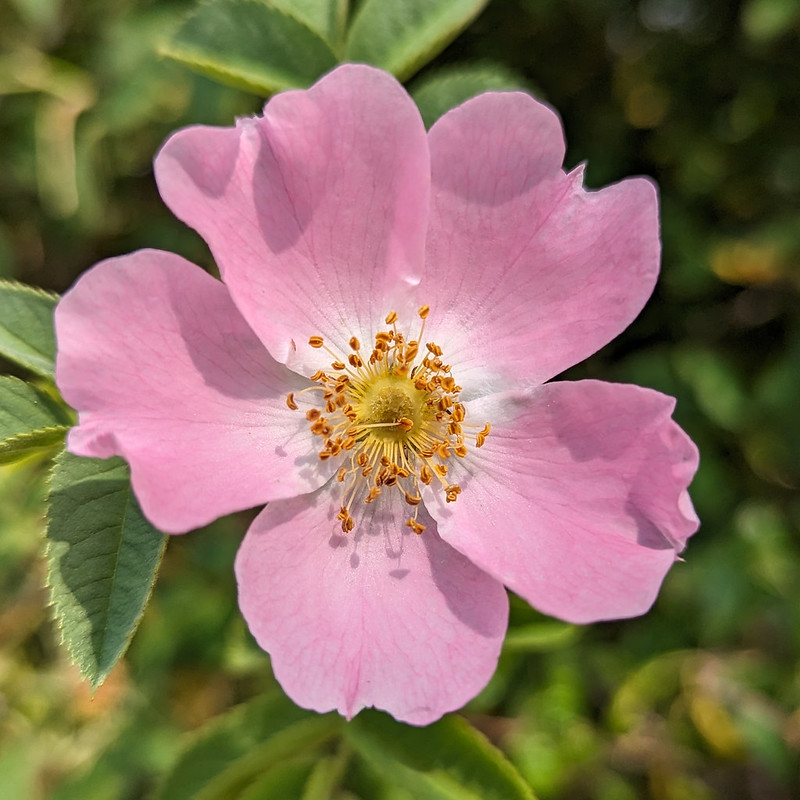
Later, I was out again for a meander around Eaves Wood and Middlebarrow Wood and then on to Lambert’s Meadow. It was around five miles in total, and packed with interest.

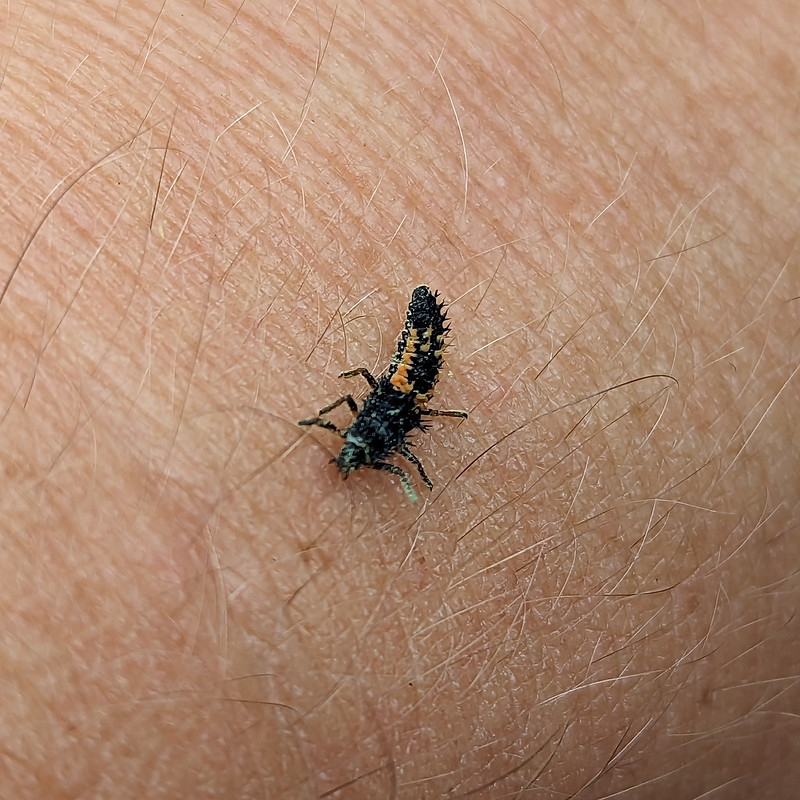
Another selfie – this ladybird larva hitched a lift on my wrist.
Eaves Wood and Middlebarrow Wood are really just the one woodland. The former is in Lancashire and the latter Cumbria; Eaves Wood is owned by the National Trust and the woods on the north side of Middlebarrow are owned, I think, by Holgates and by Dallam Tower Estate. But I don’t suppose the local flora and fauna notices the distinctions.
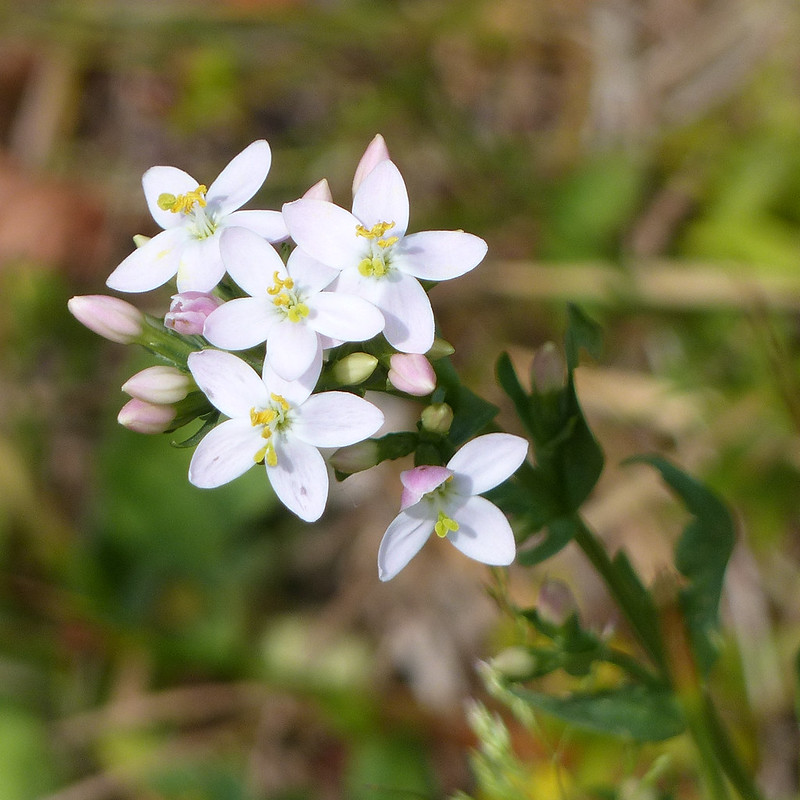
The glades and wider pathways in Middlebarrow Wood were dotted with Common Centuary. It’s usually pink, but many of the flowers I saw were almost white. I wonder if the long sunny spell had made them fade?

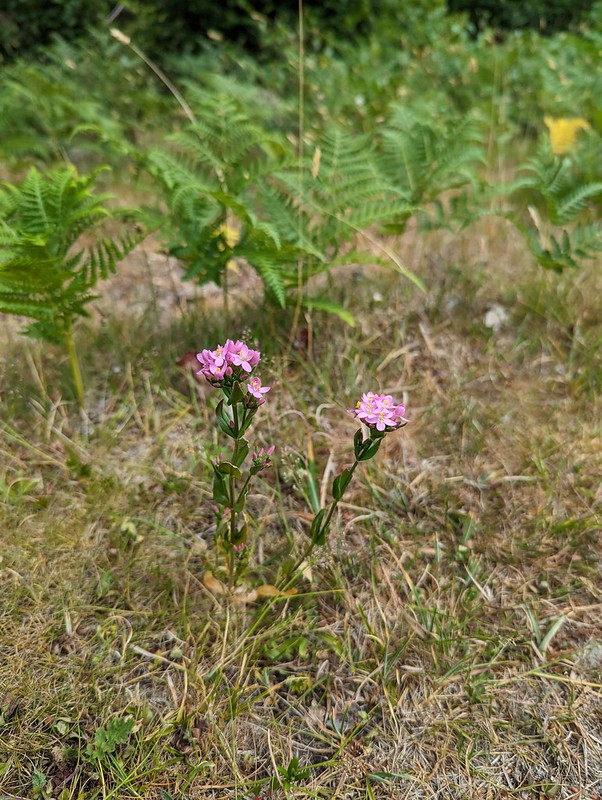
Having waited years to get my first photo of an Emperor Dragonfly, I managed to photograph three in the woods on this Sunday. This is my favourite photo…
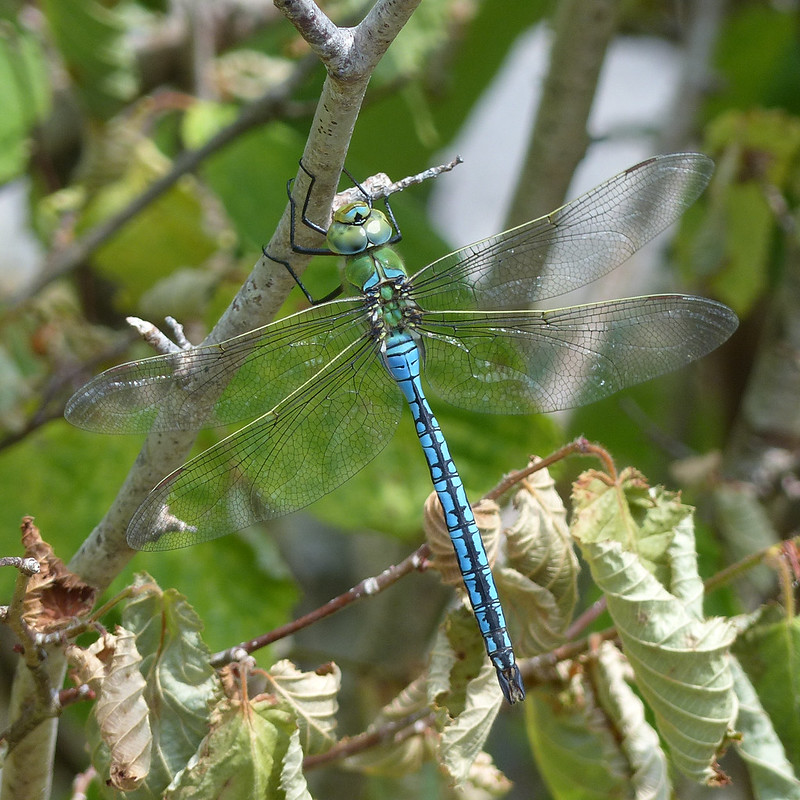
I’m fairly sure that this is a male. The female would have a thicker black line running down the abdomen. The green thorax, yellow costa (line along the top of each wing) and the brown wing-spots are characteristic of Emperors.
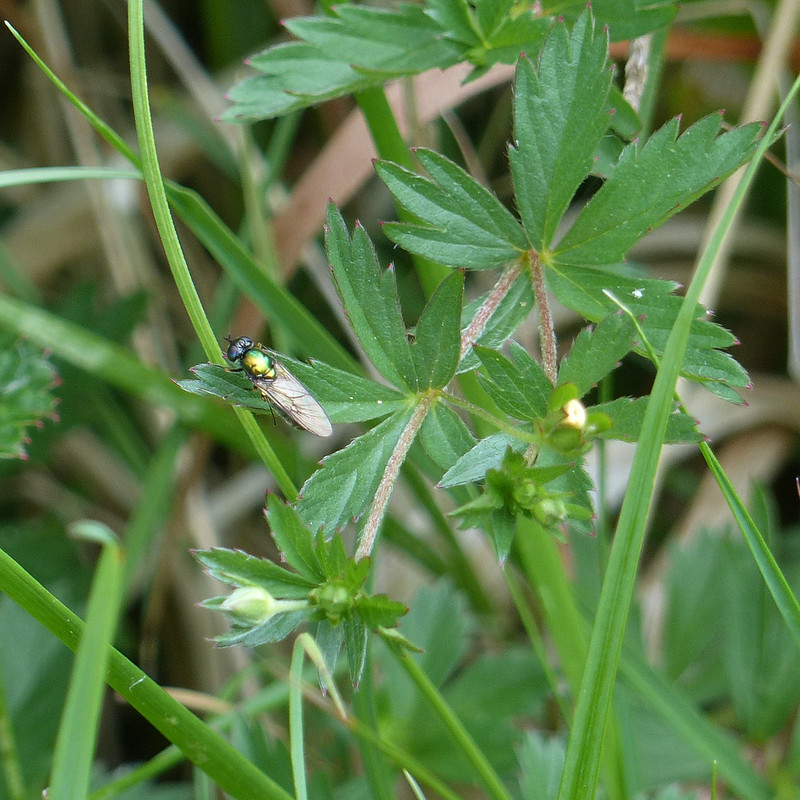
There seem to be several species of Soldier Fly with a shiny green thorax. I only got one photo – a clearer view of the abdomen might have helped with an identification, but not to worry, I’m always thrilled by shiny insects.


I seem to have seen lots of Silver Y moths this summer. It’s a migratory moth which can arrive here in the summer in large numbers. Apparently, they do breed in the UK but can’t survive our winters. They seem to move almost constantly, which is why the edges of the wings are out of focus above. However, when they stop moving and fold their wings, they almost disappear…



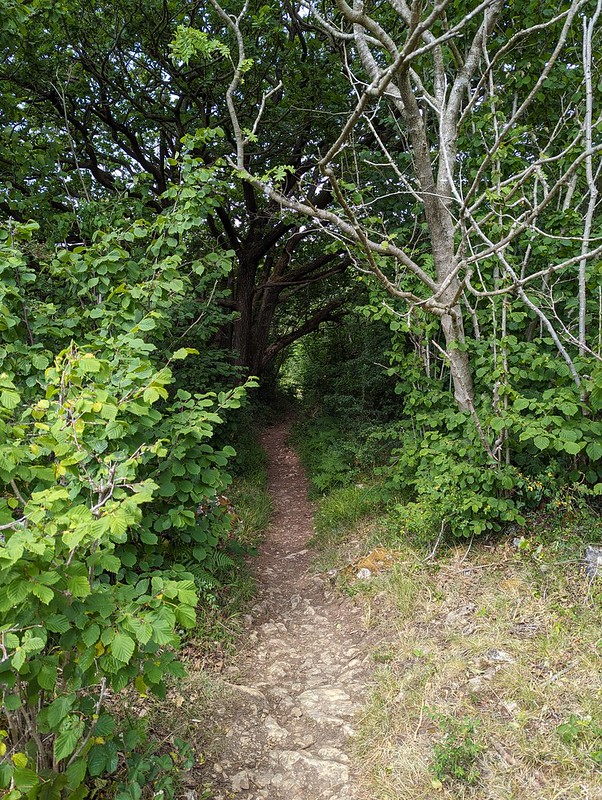
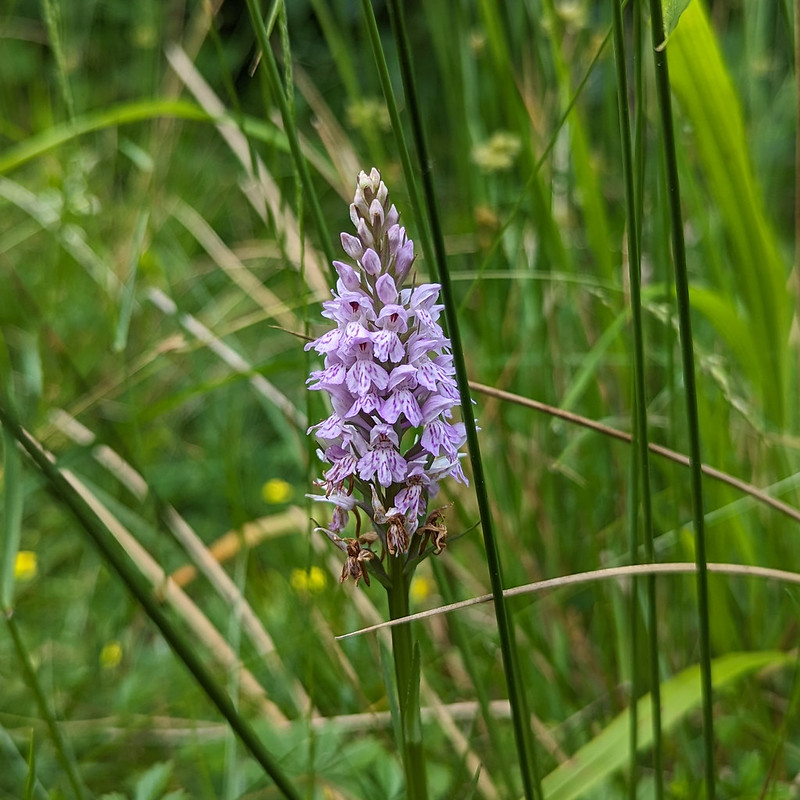
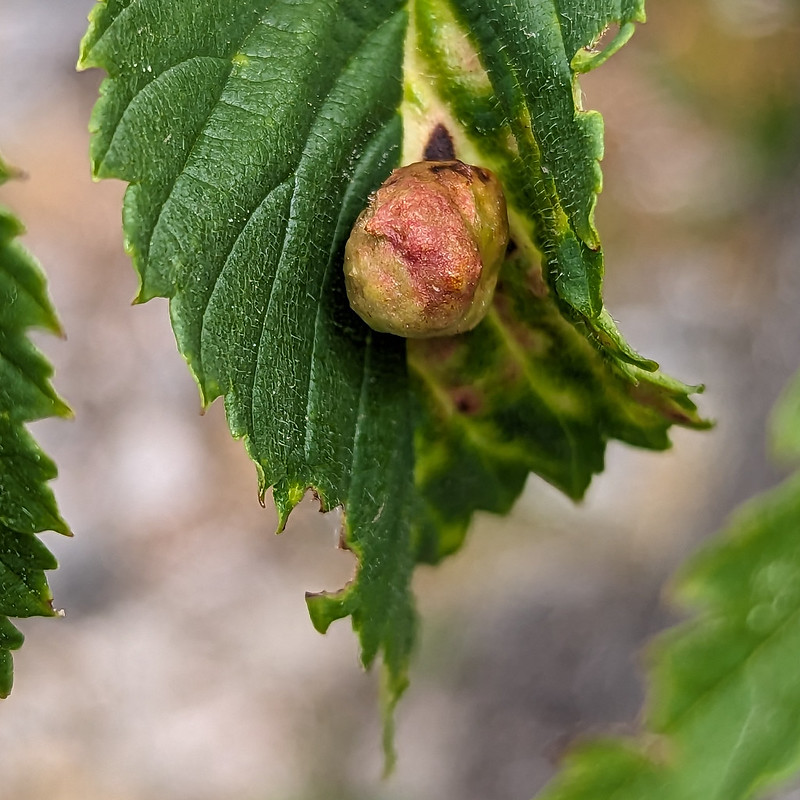
Middlebarrow Wood has several areas of limestone pavement. Many of the trees growing from the clints and grykes looked parched, with papery, yellowing leaves. This tree, on the other hand, looked very healthy, but many of its leaves held large galls.
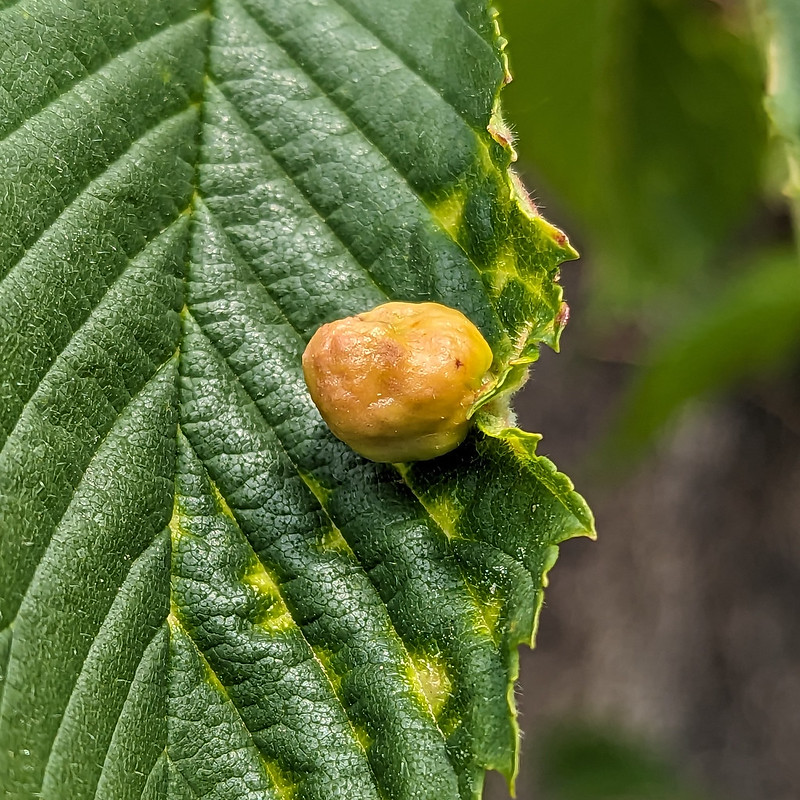
Galls can be caused by rusts, fungi, wasps, sawflies, aphids and quite possibly other things which I’ve forgotten about. Another fascinating phenomena which I know far too little about.
I thought that if I could identify the tree, then I might have more hope of identifying the gall.
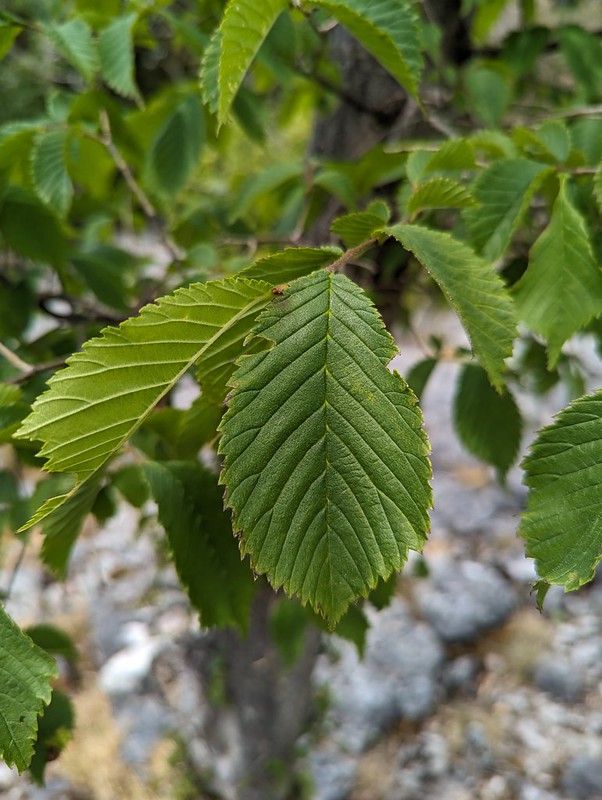
The large, pointed and toothed leaves, along with the fissured grey bark, have led me to conclude that this might be Wych Elm.
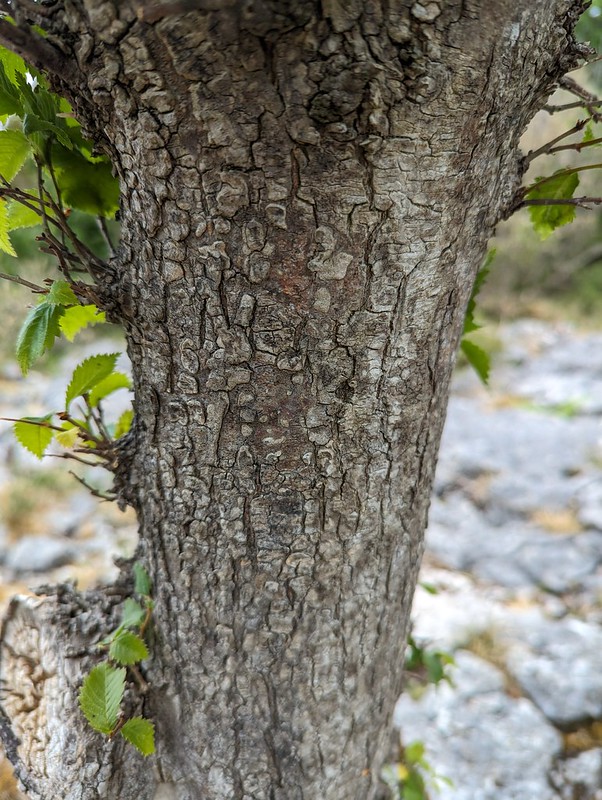
I didn’t manage to identify the galls, but if I’m right about this being Wych Elm then I suspect that the most likely occupant of the gall is an aphid.

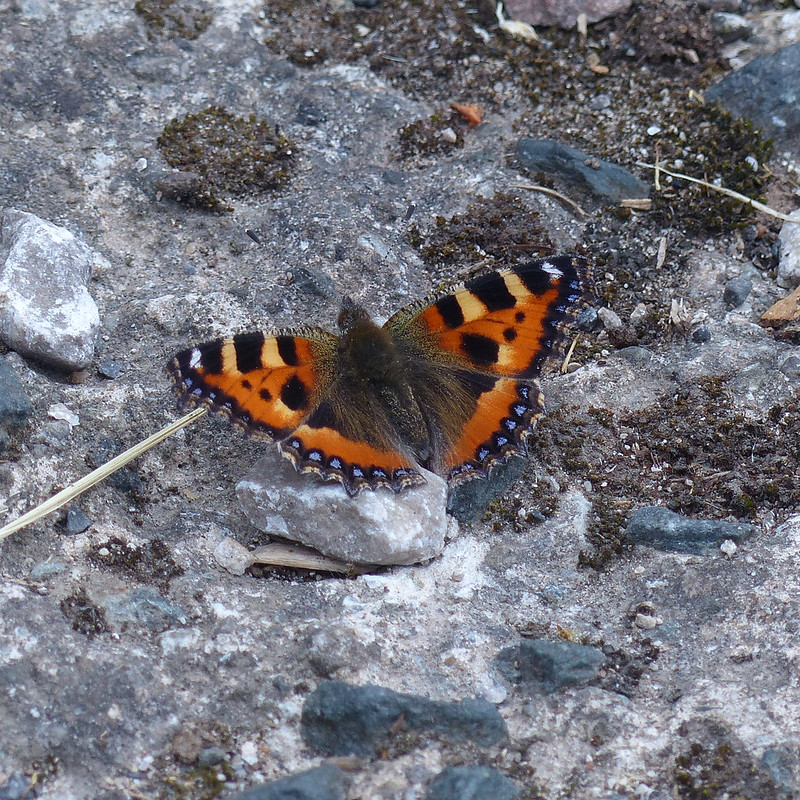
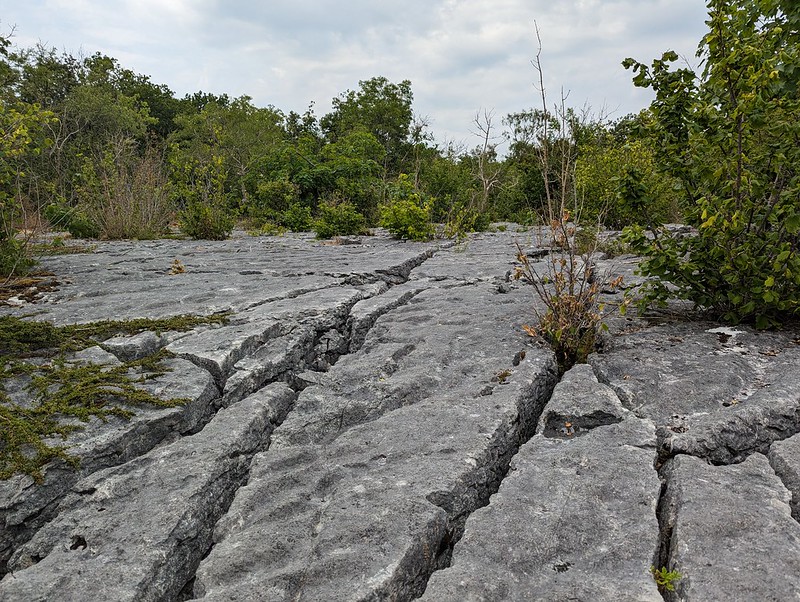

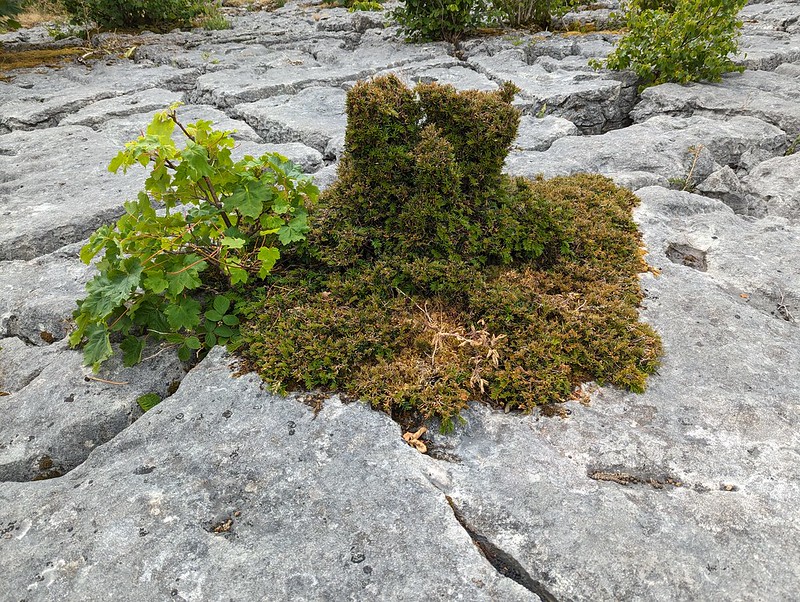
Roe Deer seem to be very fond of Yew and will keep small saplings neatly trimmed like this one.
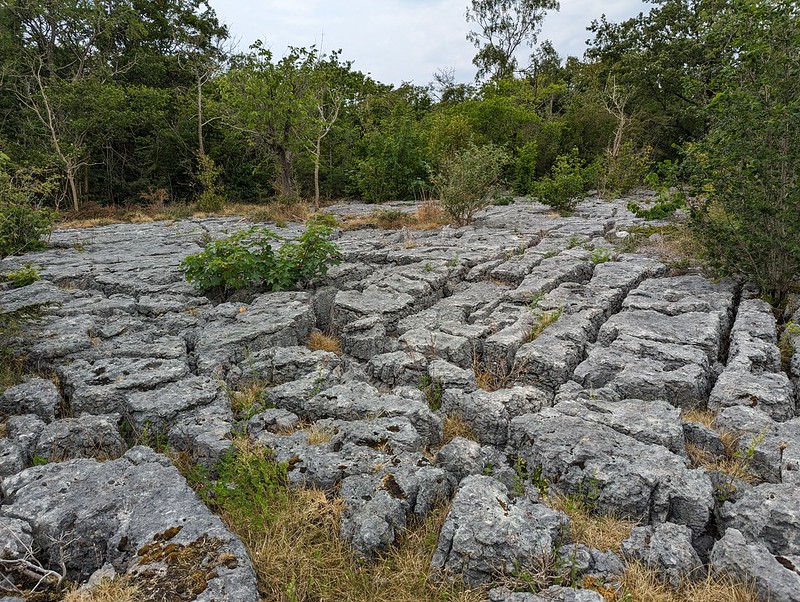

Apparently, the flesh of Tinder Fungus burns slowly, making it good for lighting fires.
“This is one of the bracket fungi found among the possessions of Otzi the Iceman, a 5000 year old man whose body was preserved in a glacier in the Ötztal Alps on the border between Austria and Italy, where it was discovered by hikers in 1991. It seems likely that Otzi was carrying this material in order to light a fire at the close of a day whose end he did not live to see.”

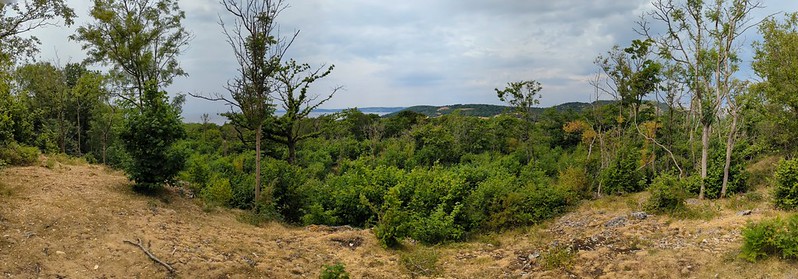

I’m obviously not the only person to admire the partial view from this spot in Middlebarrow Wood.


On the Row, I was admiring roses again, but this time it was garden varieties.

This pink species is very popular in gardens on The Row and seemed to be flourishing everywhere.


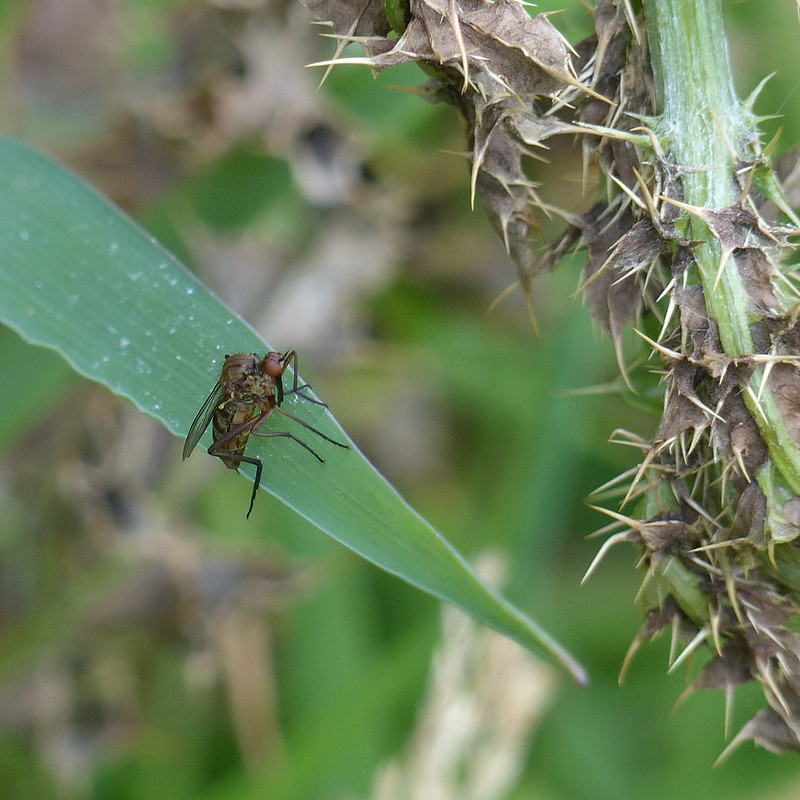
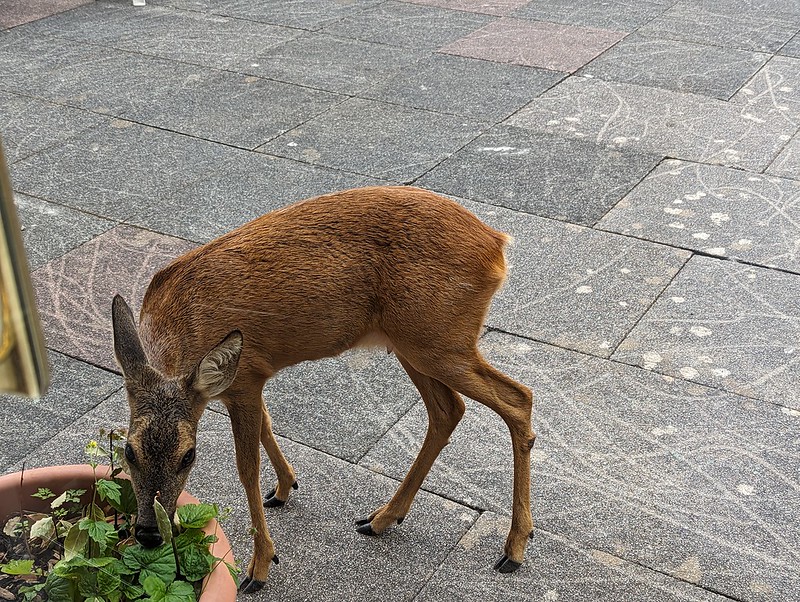
Hagg Wood – Bottom’s Lane – Burtonwell Wood – Lambert’s Meadow – Bank Well – The Row – Gait Barrows – Hawes Water – Limestone Pavement – Hawes Water Summer House – Sixteen Buoys Field – Waterslack – Eaves Wood – Elmslack.

Mid-June and a rambling route which criss-crossed itself several times, and which, despite being a mere seven miles, took me over five hours to walk, probably because of the constant distractions – I took almost five hundred photos, almost all of insects of one sort or another.
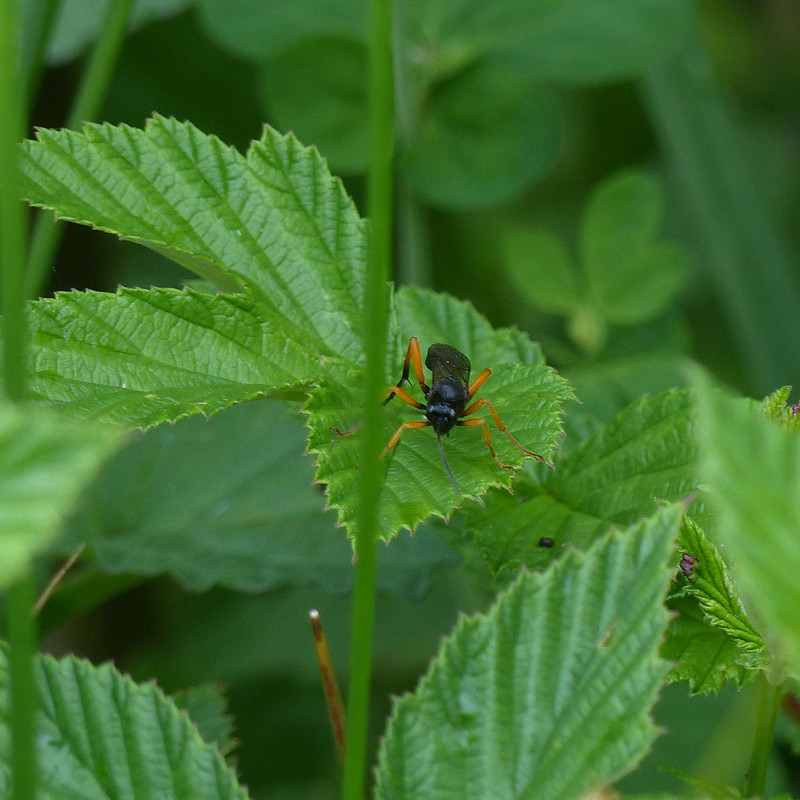
It felt at times as if the creepy-crawlies were putting on a show for my benefit. Having said that, I’m not sure that I’ve become more observant, but I’ve certainly become more aware that insects can have a close relationship with particular plants and that it’s often worth pausing to take a closer look.
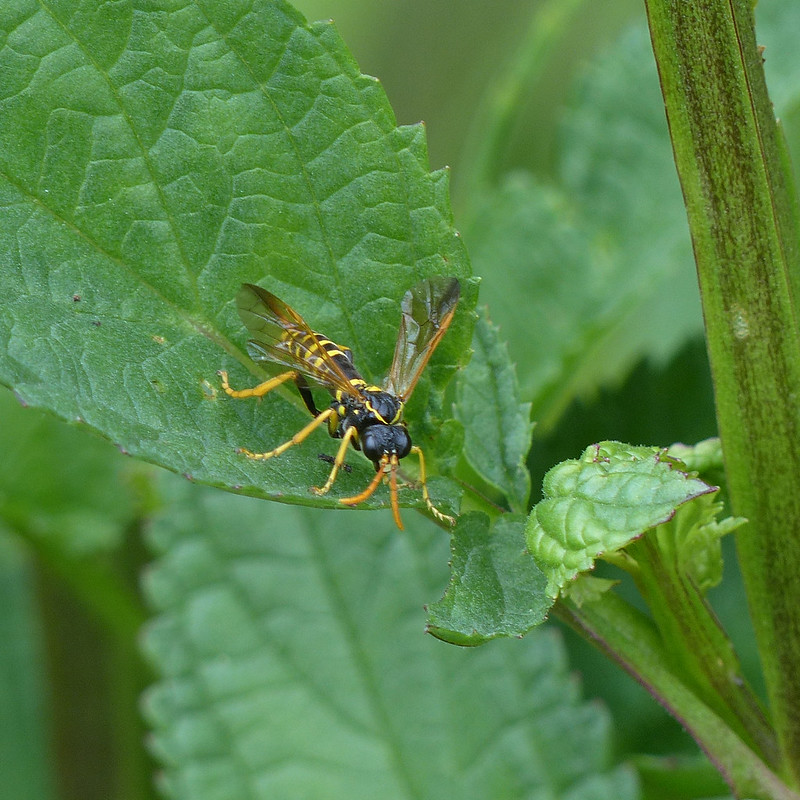
These Figwort Sawflies are a case in point. There were quite a few about at Lambert’s Meadow, always on or near to the Figworts which grow there and which is the food plant of the larvae of this species.

I thought they were pretty striking and their bold colours seem to have lent themselves to photography on what was quite a dull day when some of my photographs, particularly of damselflies and hoverflies, for example, didn’t come out too well.
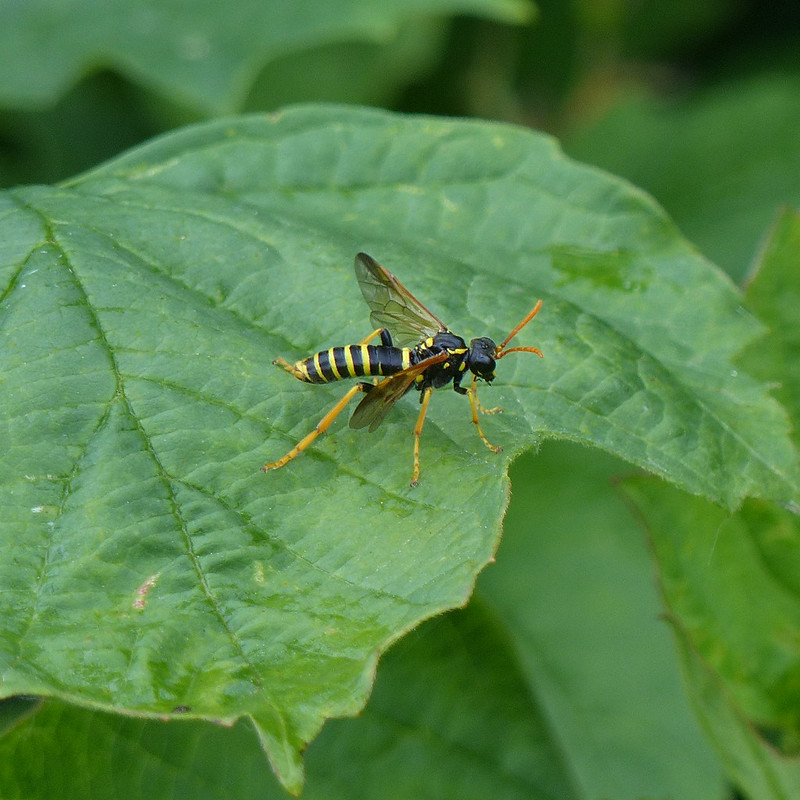

There were a few mating pairs about.
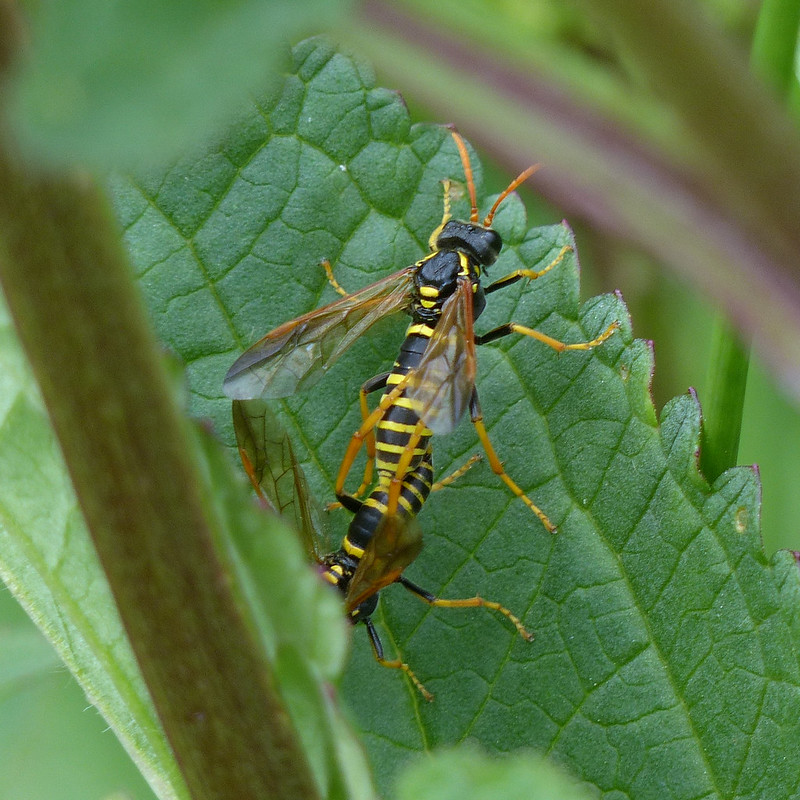
What struck me about the mating pairs was the extent to which they were constantly on the move, twisting and turning, occasionally flying short distances, all whilst still coupled together.
This pair…
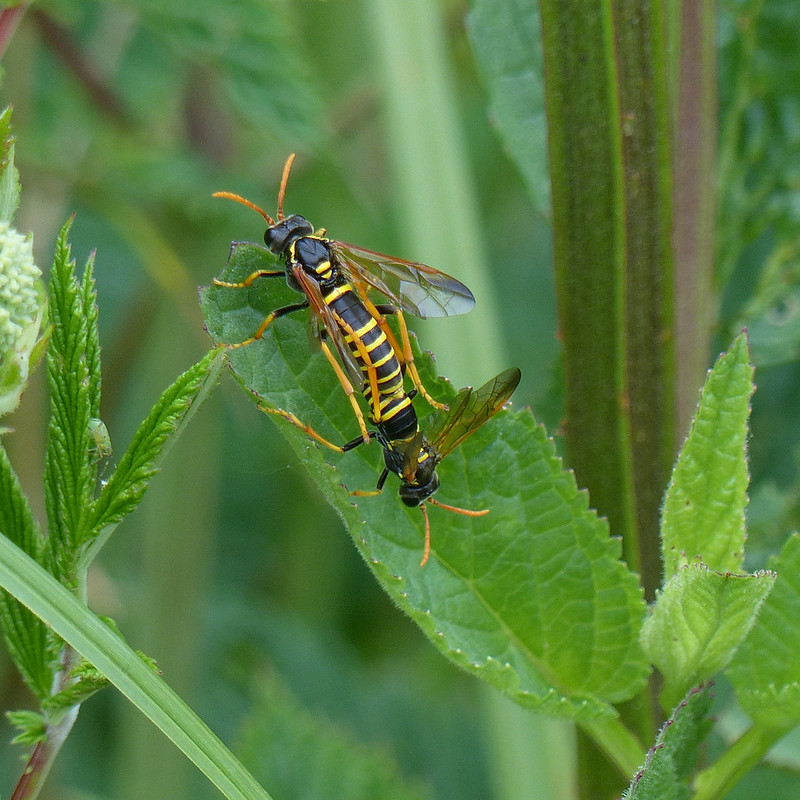
…circled around this Figwort leaf before briefly taking to the wing and hopping over to an adjacent Meadowsweet flower…

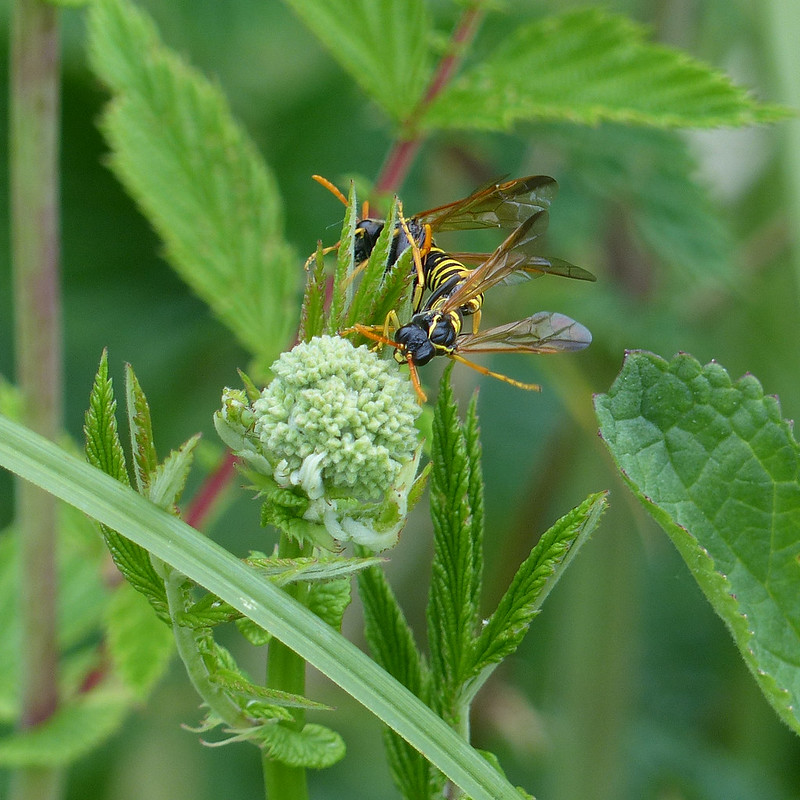
Then briefly touring that before heading back to the Figwort.
I’d been seeing photographs online of Figwort Weevils, tiny creatures (3mm long) which have a very striking grey pattern on them. Now that I was on the lookout, I realised that there were loads of them on our local Figworts. They’re a bit tiny for my camera…

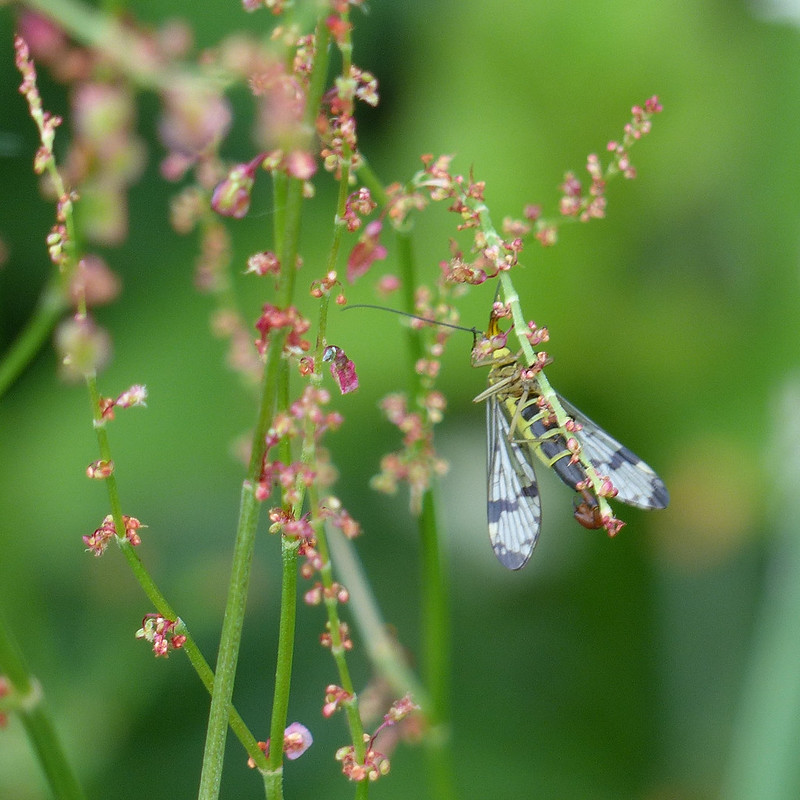
I first encountered Scorpion Flies a few years ago, and I’m still always pleased to see them. There seemed to be plenty about on this day.
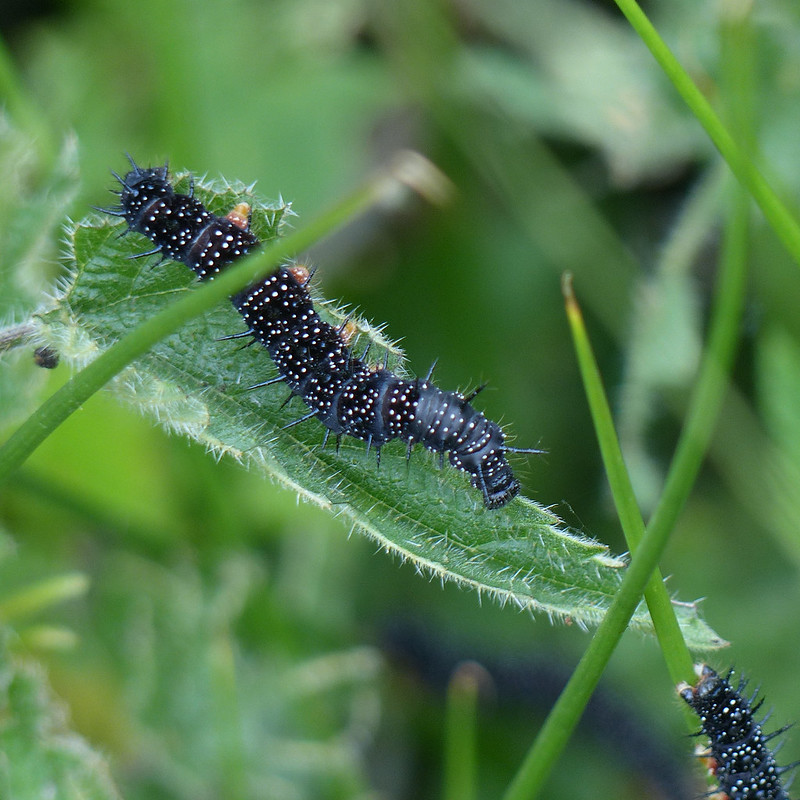
There were far fewer Peacock caterpillars on the nettles by the Guelder Rose thicket. Whether they’d been eaten or had dispersed to pupate I don’t know. Perhaps a bit of both – I think this was the last time I saw them.

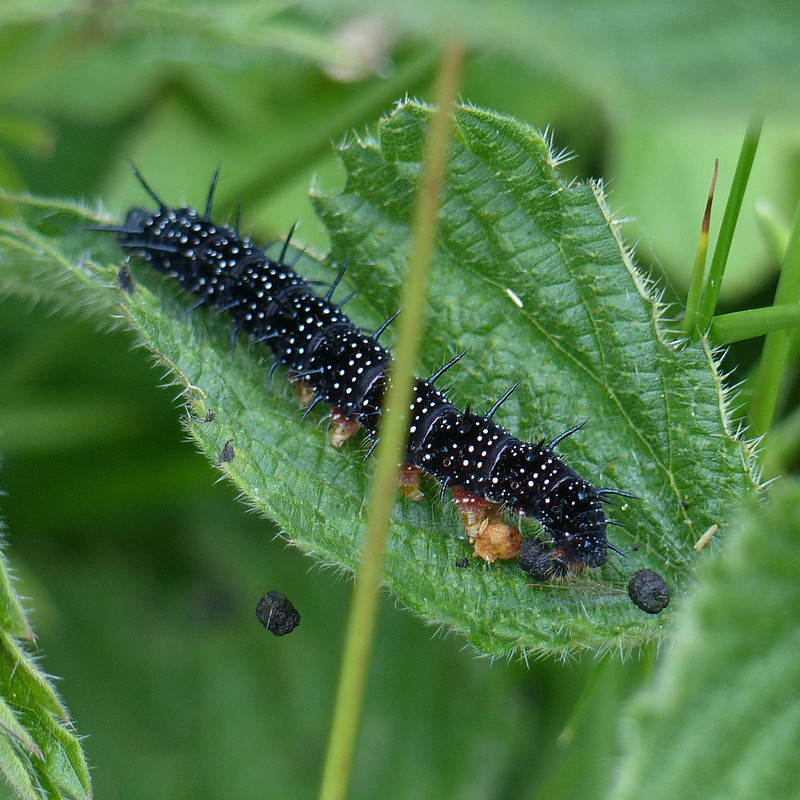
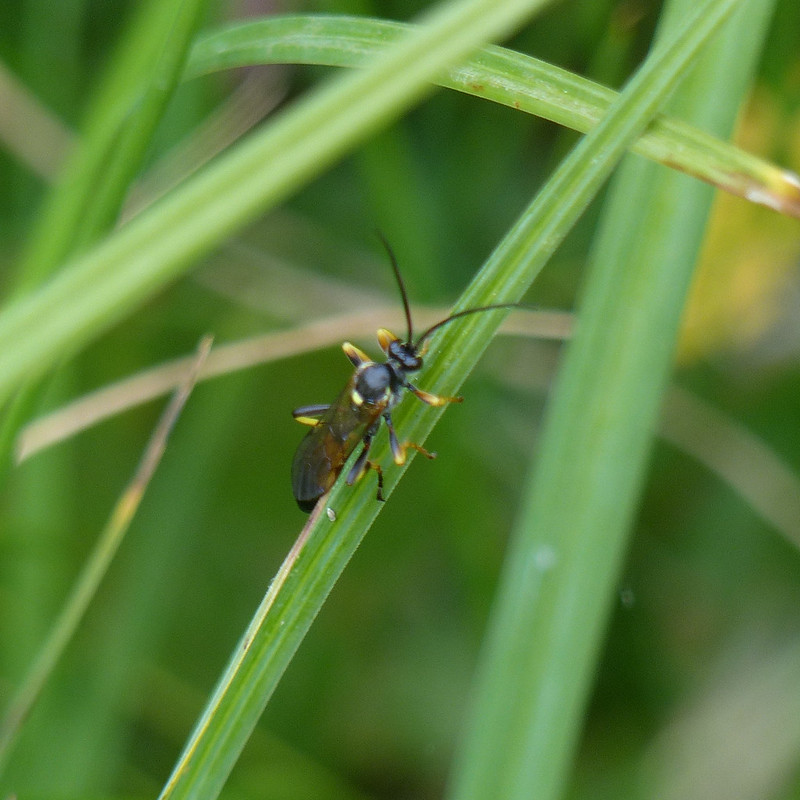
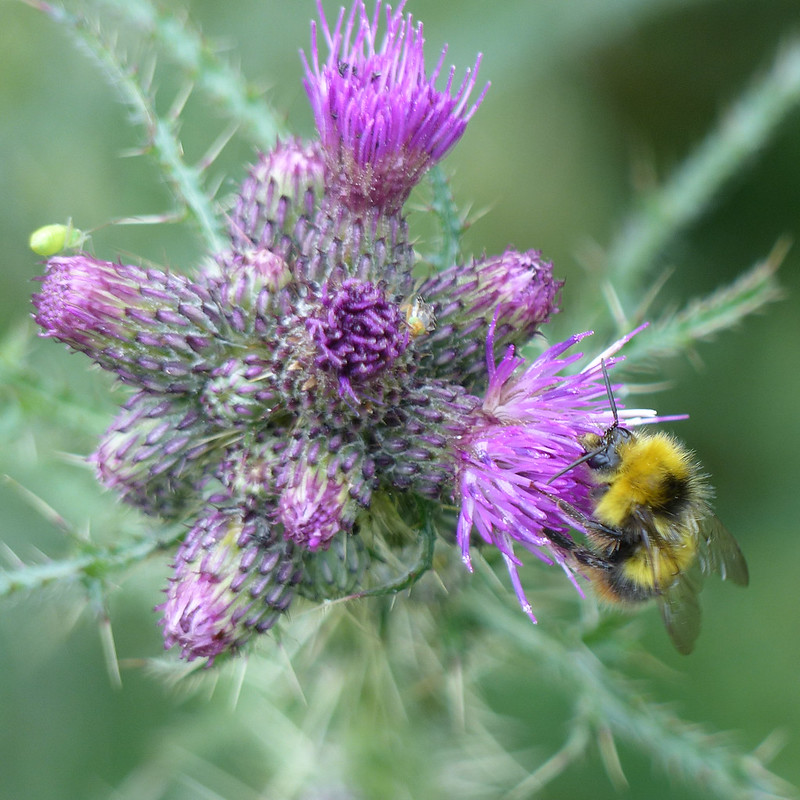


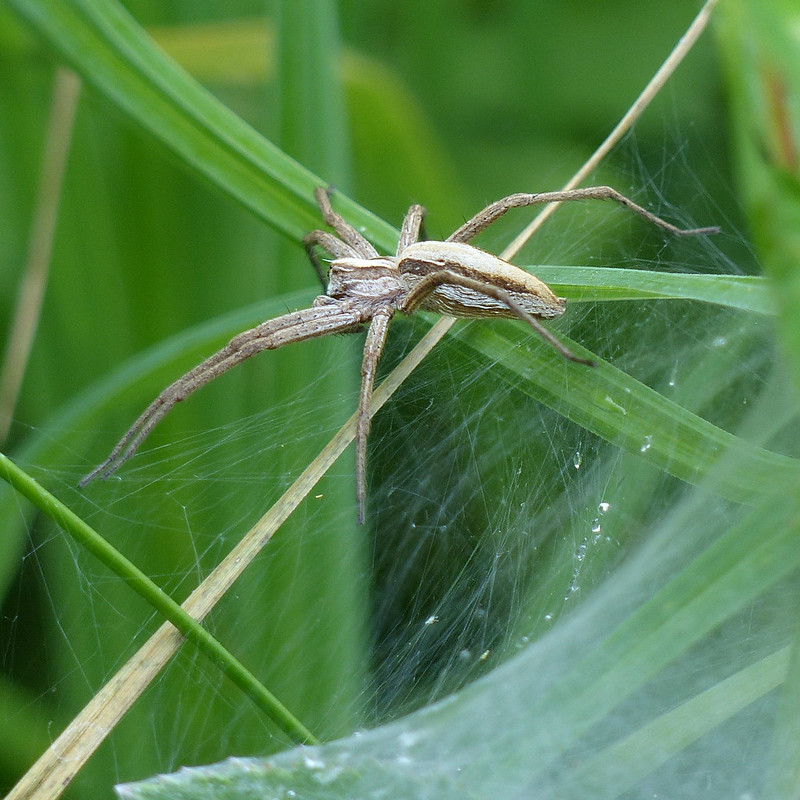
The Nursery Web Spider carries her eggs around in a silken sac before weaving a nest for her babies. Hopeful males woo females by presenting them with a wrapped body of captured prey.
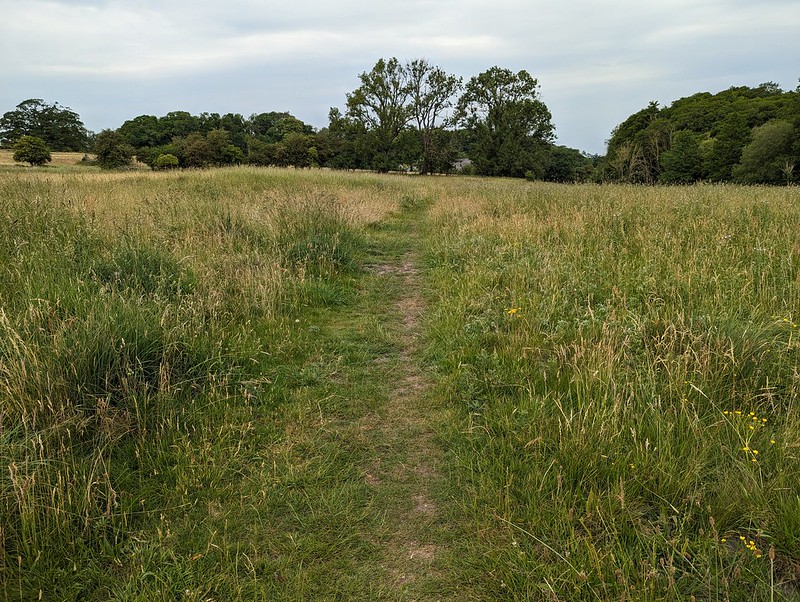

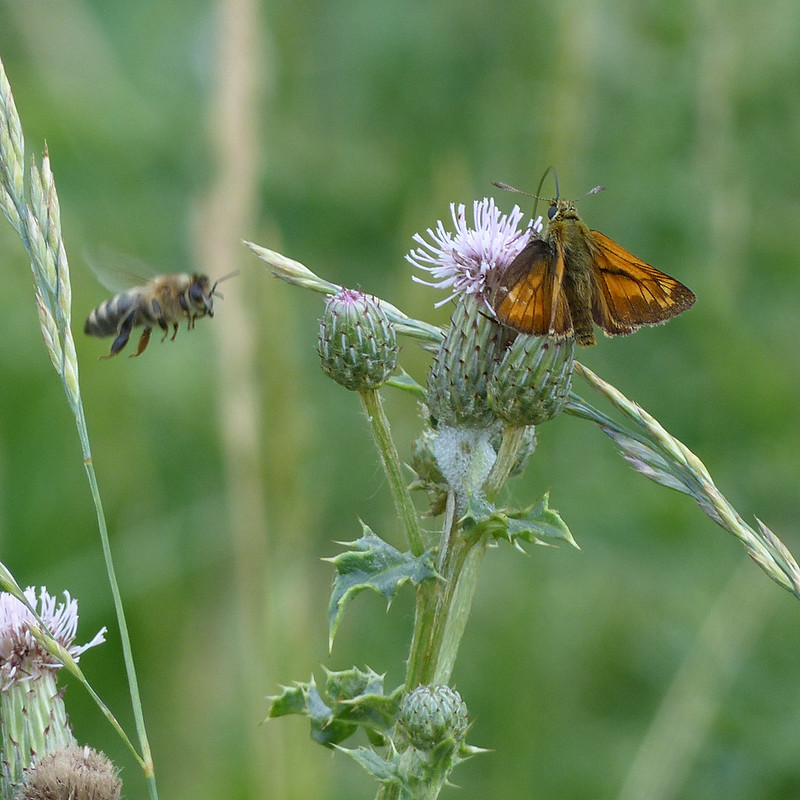
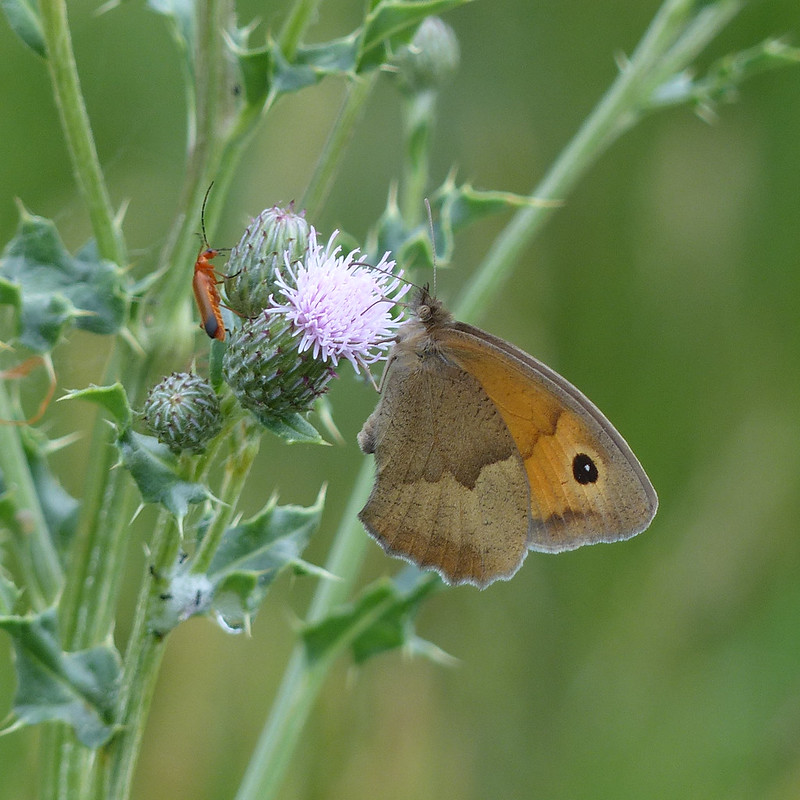

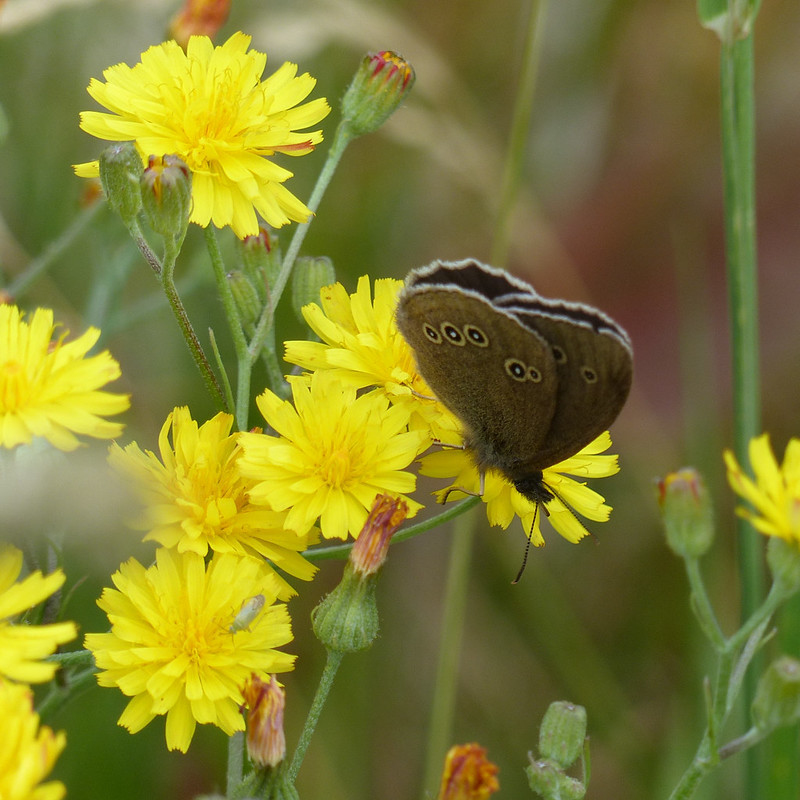

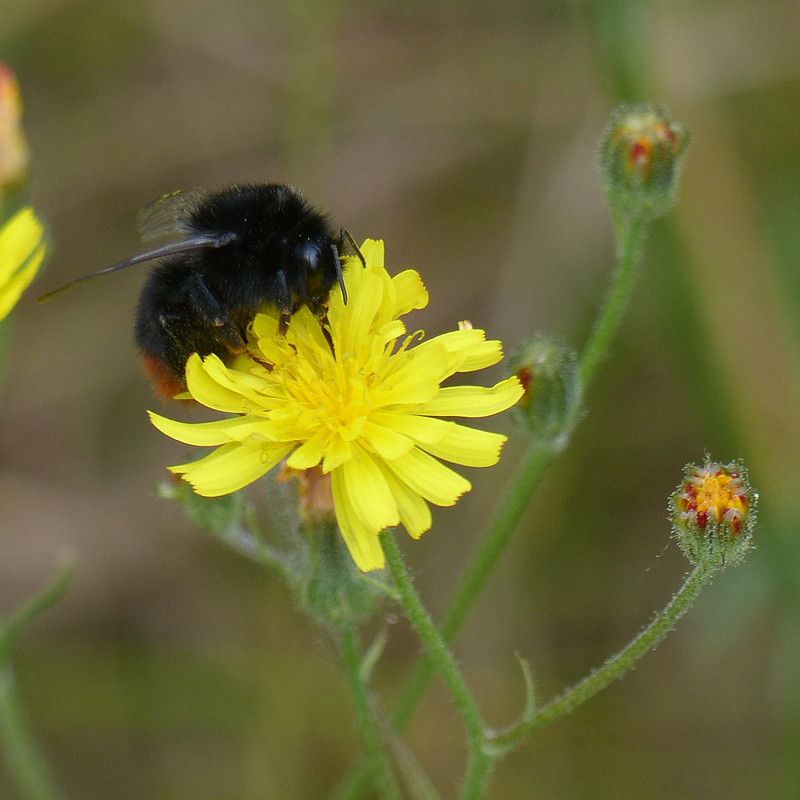
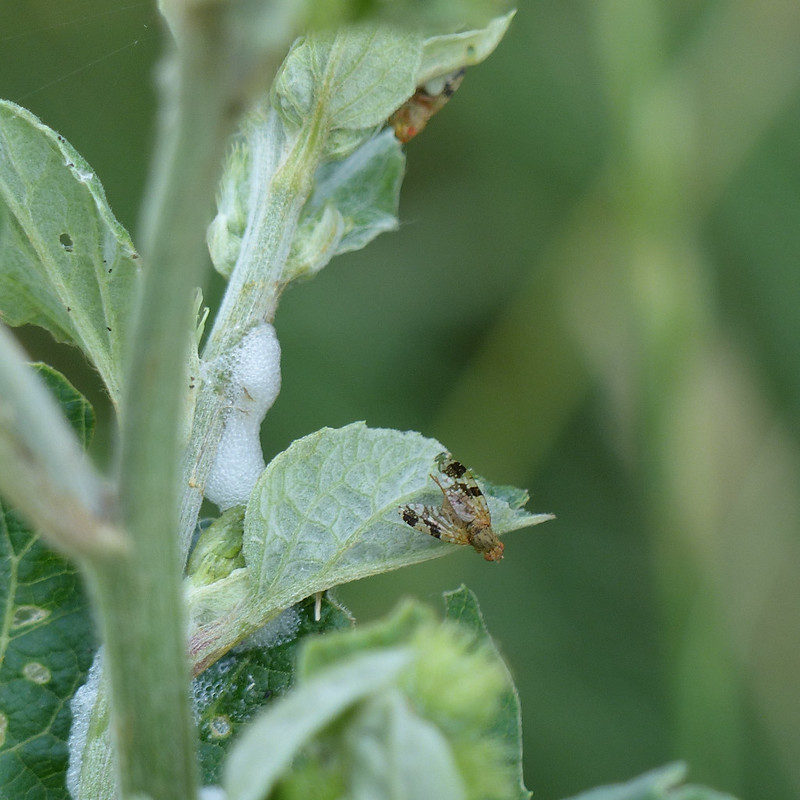
I passed several large Burdock plants which were generally very busy with Aphids and attendant Ants, and also with these tiny flies. Trying to identify these lead me down an interesting wormhole: there are numerous species of small fruit flies which have elaborate and often very pretty patterns on their wings. Fascinating.




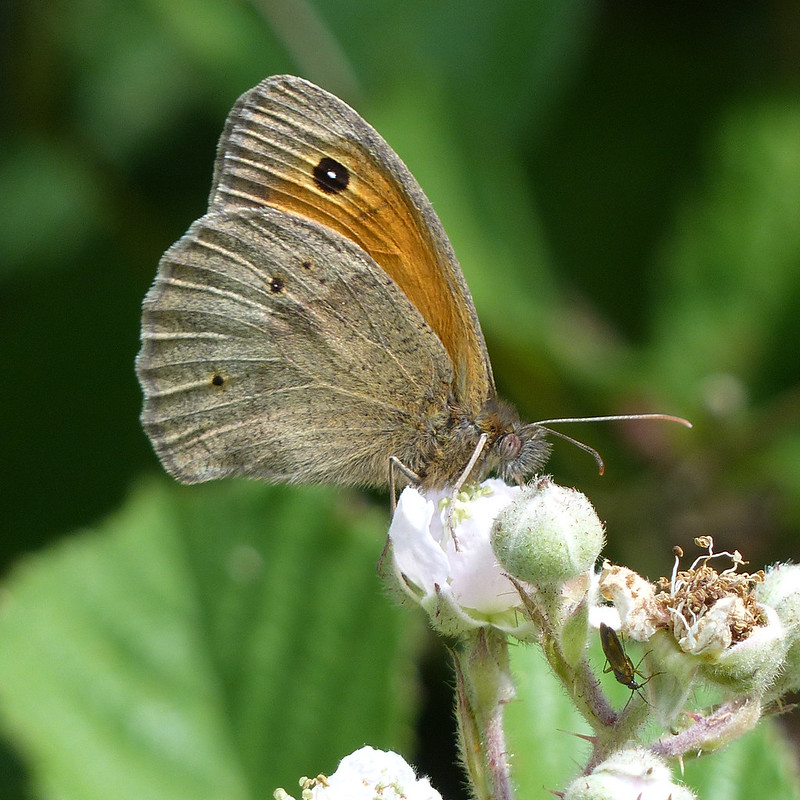
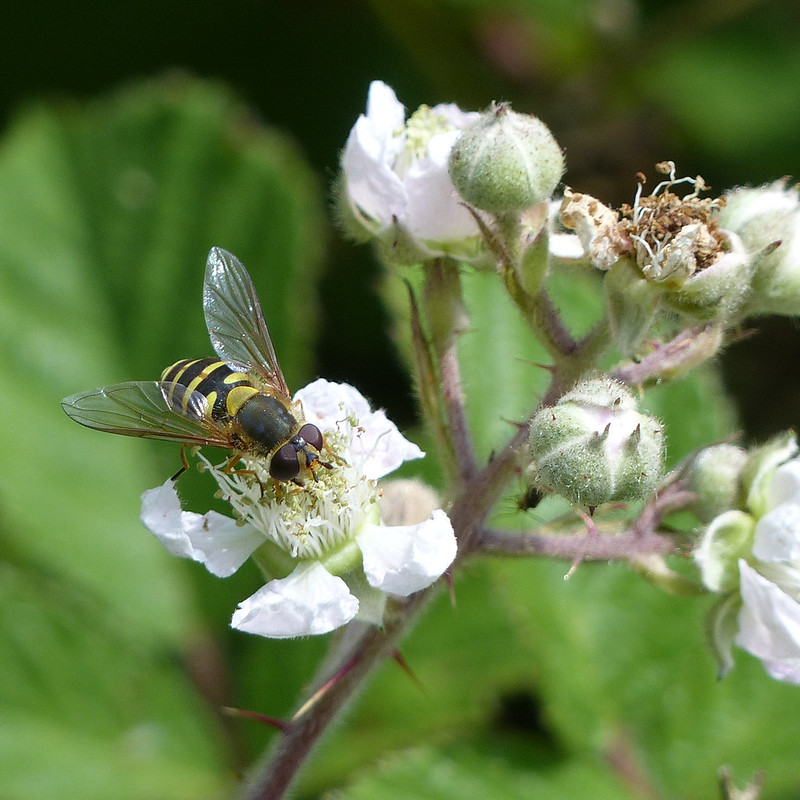

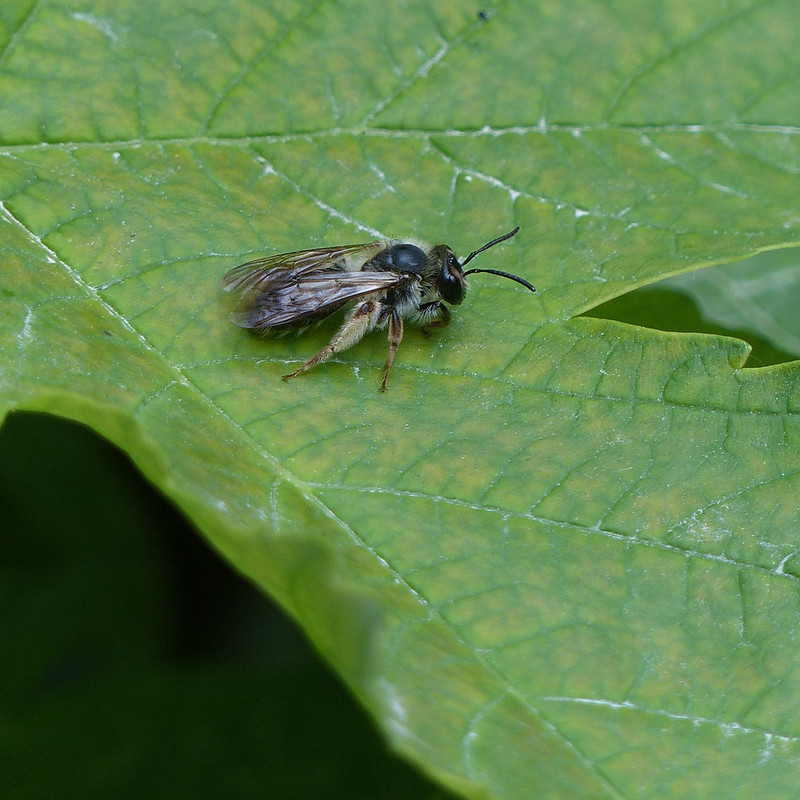

Close to Hawes Water there were two large Belladonna shrubs. They were up a bank behind lots of other vegetation and so, perhaps fortunately, rather inaccesable.
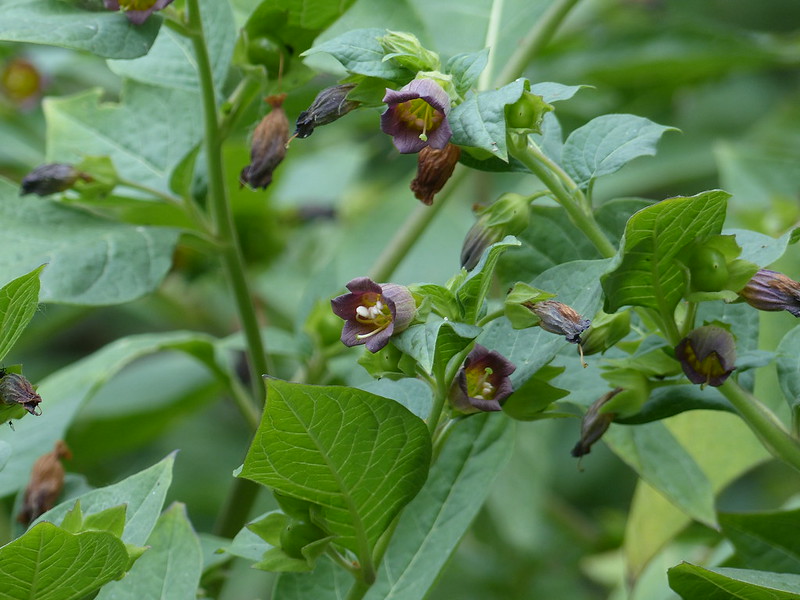
Needless to say, every part of the plant is extremely poisonous.
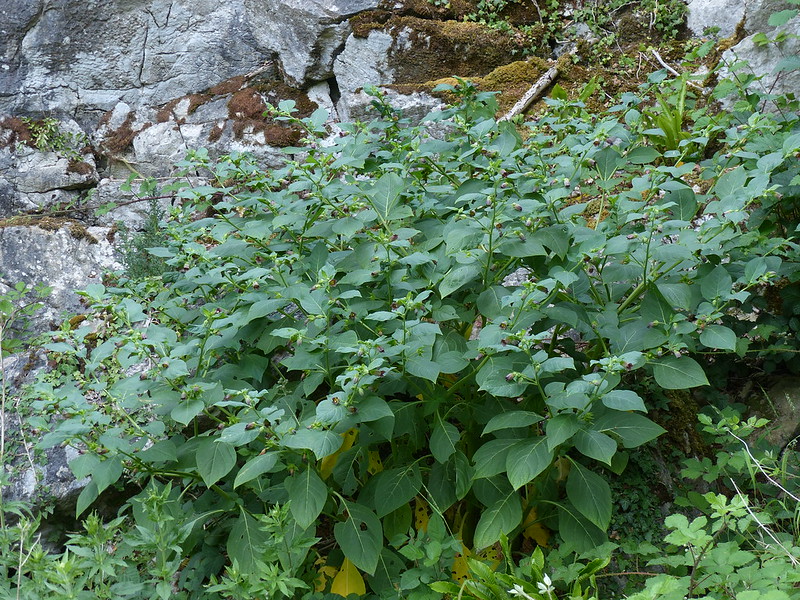
Years ago, bushes grew, for a couple of summers, by the River Kent between White Creek and New Barns, but I haven’t seen any since.
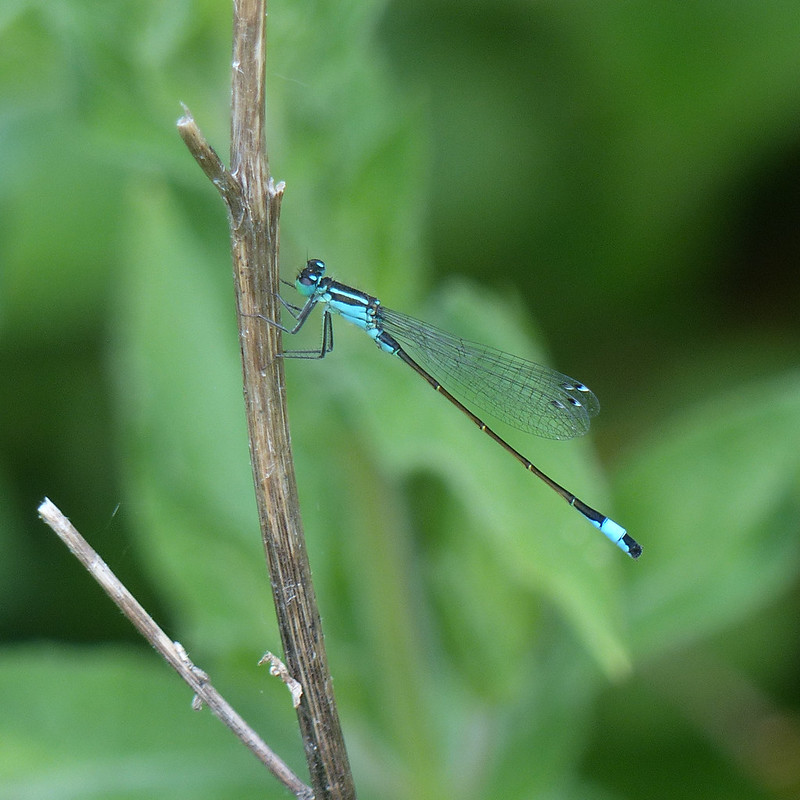
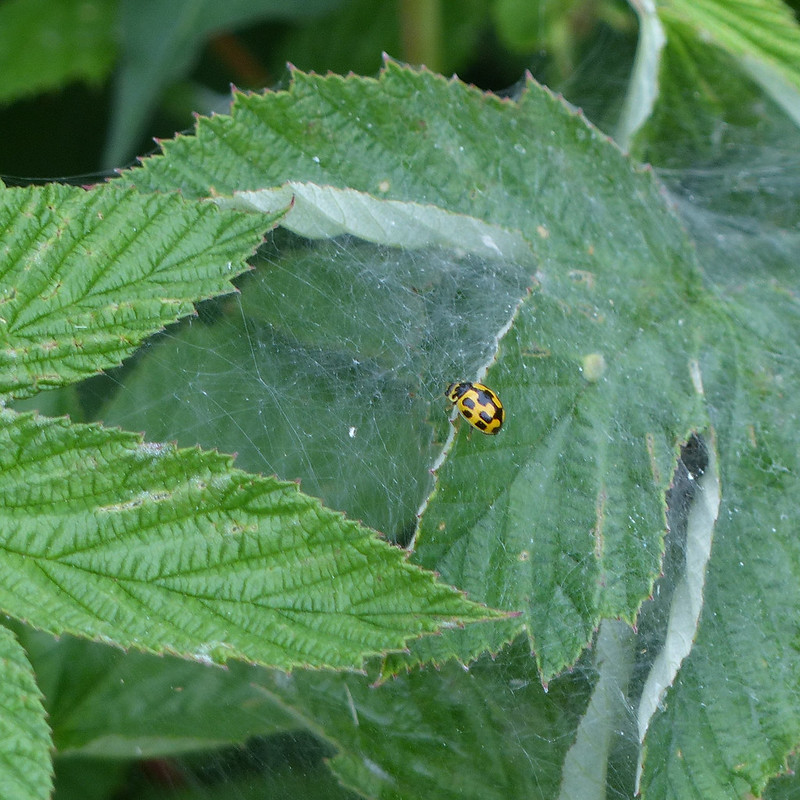
I liked ‘quattordecimpunctata‘ which seems like much more of a name to conjure with than ‘fourteen spot’.


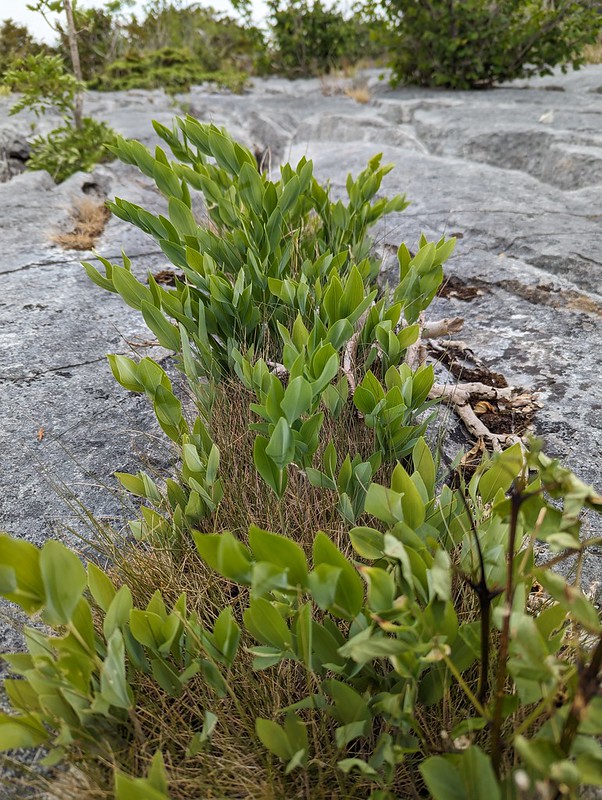
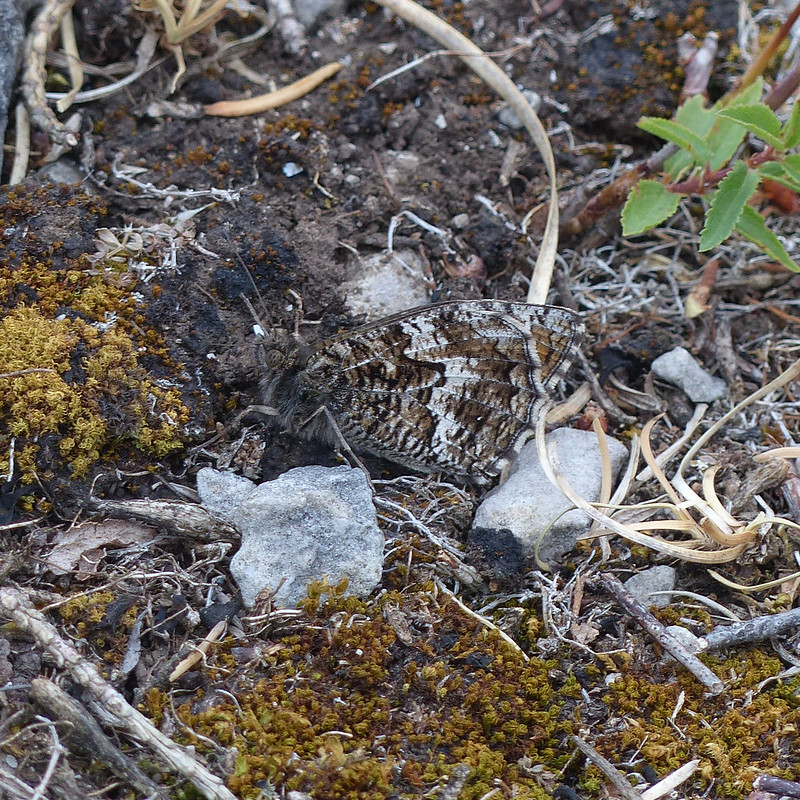

There always seem to be lots of tiny day-flying moths about. Usually, they’re briefly visible as they flit from one plant to another, then disappear as they land. This unfortunate moth was intercepted mid-flight however, but this small but ruthless predator.

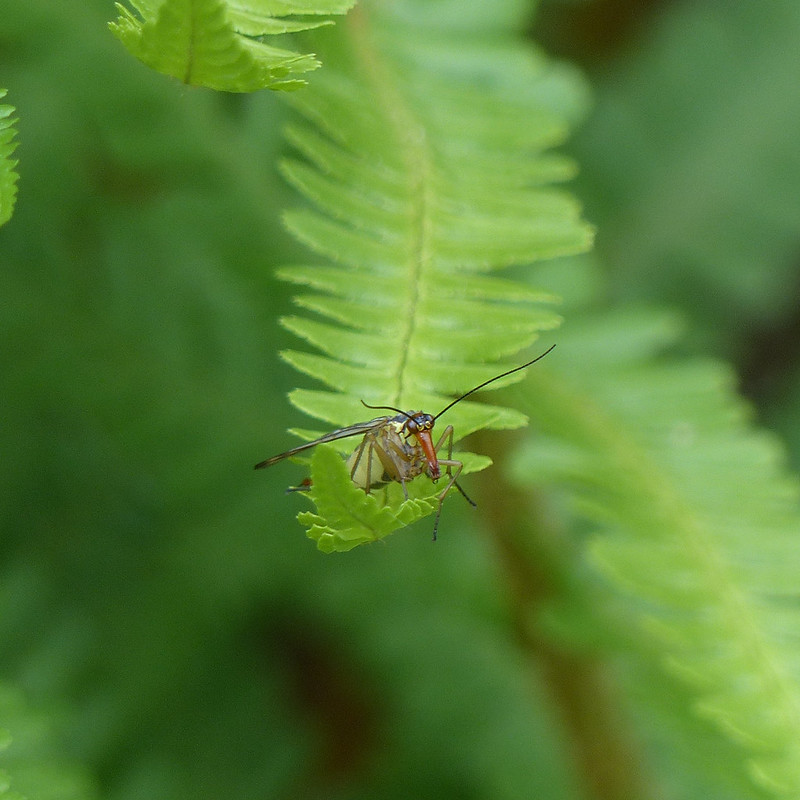



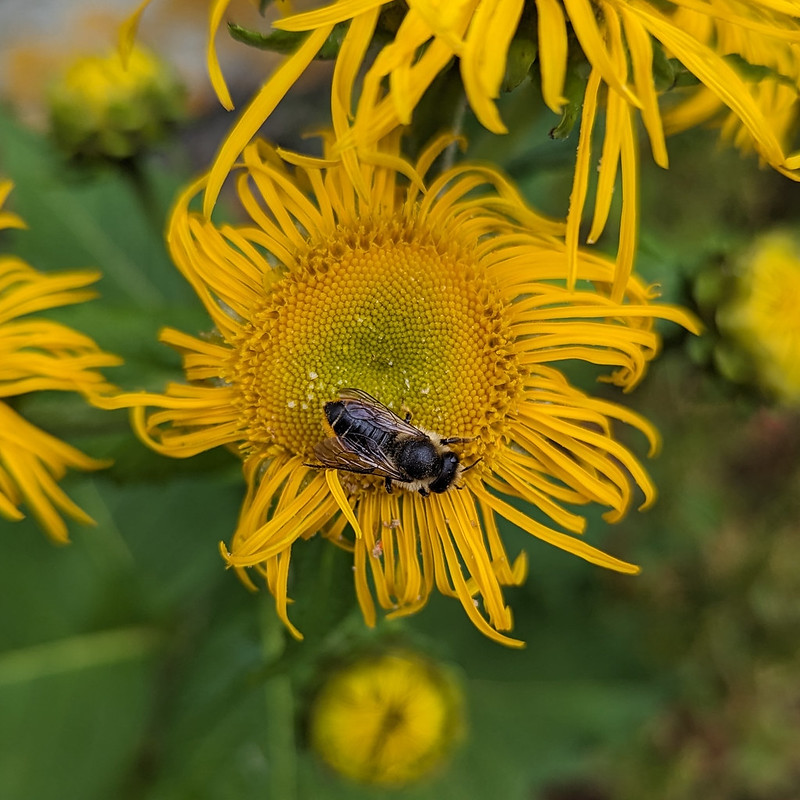

After a couple of years absence, the village Field Day was revived this summer. After years of helping to organise it, I’m no longer involved, but the new team seem to have done a superb job. In the evening, there was music on the field, with three singers, all of whom were very, very good – much better than you might expect at a village fete. All in all, a very enjoyable day.
Hagg Wood – Bottom’s Lane – Burtonwell Wood – Lambert’s Meadow – Bank Well – The Row – The Golf Course – The Station – Storrs Lane – Trowbarrow Quarry – Moss Lane – Jubilee Wood – Eaves Wood.
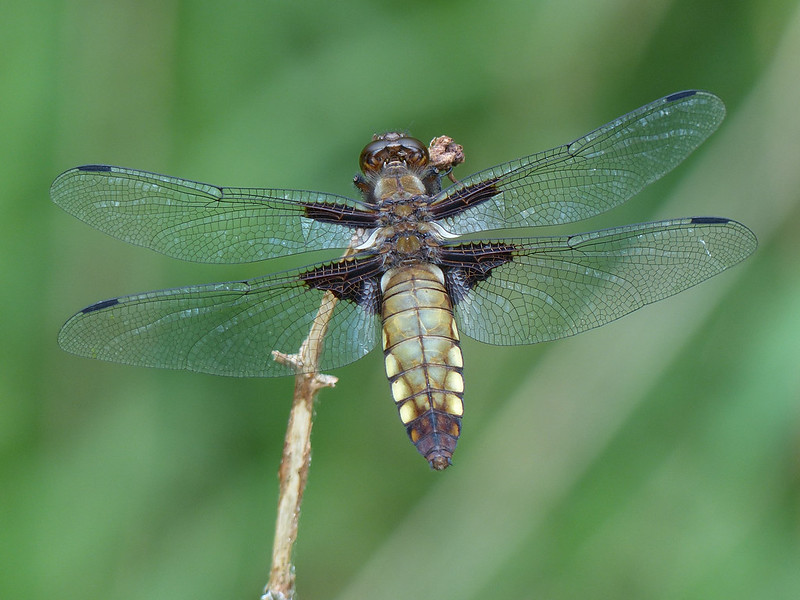
The day after my Harrop Tarn swim. My new, second-hand phone (a Google Pixel 6) had arrived and I was keen to try out the camera. Actually, it has four cameras – the selfie camera, the ‘standard’ camera, a wide angle and a x2 slight telephoto. I had my actual camera with me too, so I had four to choose from at each point.
One thing my phone won’t do is take photos like the one above, of shy subjects like a Broad-bodied Chaser, which need to be taken from some distance. There were loads of them about at Lambert’s Meadow, all female again.


The Elders had just come into flower – I made a mental note to bring a bag and some scissors on a subsequent walk, so that I could collect some to make cordial. I think I made the same mental note several times before it actually worked.

I’ve come to really like the wide-angle camera on my phone, it seems to give a considerable depth of field.

Since this caterpillar wasn’t likely to fly off, I was able to compare shots taken on my camera and on my phone. This first was taken with the phone.
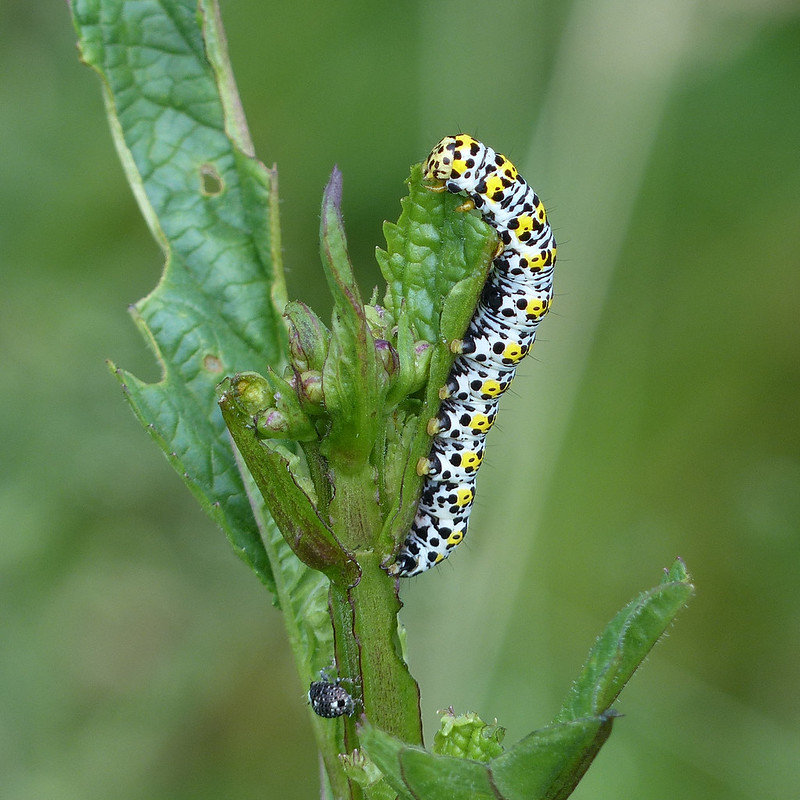
And this one with my camera, which I think is a slightly better photo. The little Figwort Weevil is something I’ve been looking out for; photos taken with macro lenses reveal them to be astonishing little creatures. I’ve only ever seen Mullein Caterpillars in large numbers on Mullein plants before, but apparently they will eat other things.

Once again, there were Common Blue Damselflies about in large numbers.

Quite a variety of butterflies too, I also have photos, but not very good ones, of Commas and Red Admirals.

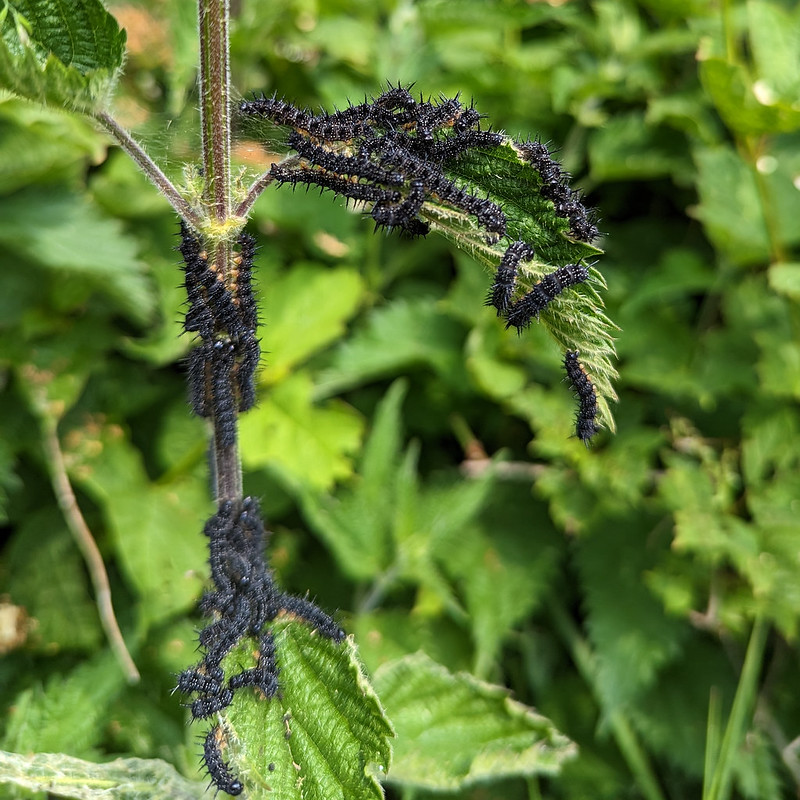
The Peacock caterpillars had grown considerably since my last visit. My camera seemed to struggle with them, and the photos I took on my phone seem to have worked better.
I’ve cropped this photo more heavily…

They’re astonishing, spiky critters, like something from some sort of sci-fi horror B movie. Every time I visited, I noticed a fairly appalling smell. I’ve read that liquid fertiliser made from nettles is highly efficacious, but also produces a stomach-turning odour. Maybe the caterpillars, by eating the nettles, produce a similar stench? On the other hand, maybe there was something beneath the nettles rotting away. I suppose I won’t know until I find another patch of nettles with a colony of Peacock caterpillars.
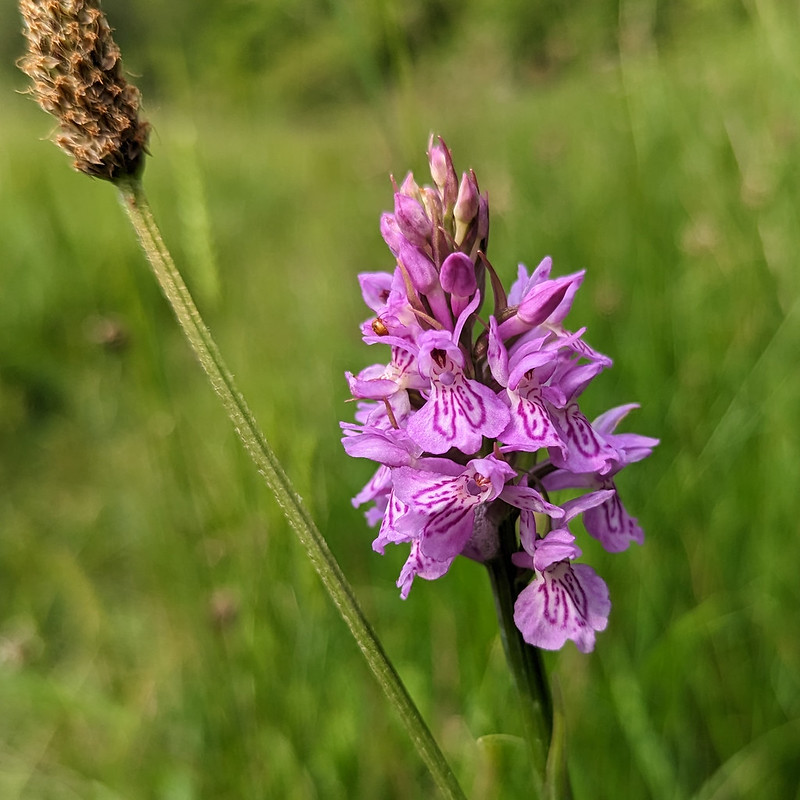
The phone seems to work well for flowers. I’ve cropped this photo quite heavily too, so that you can see the tiny golden bug which emerged on the top left whilst I was lining up the photo.
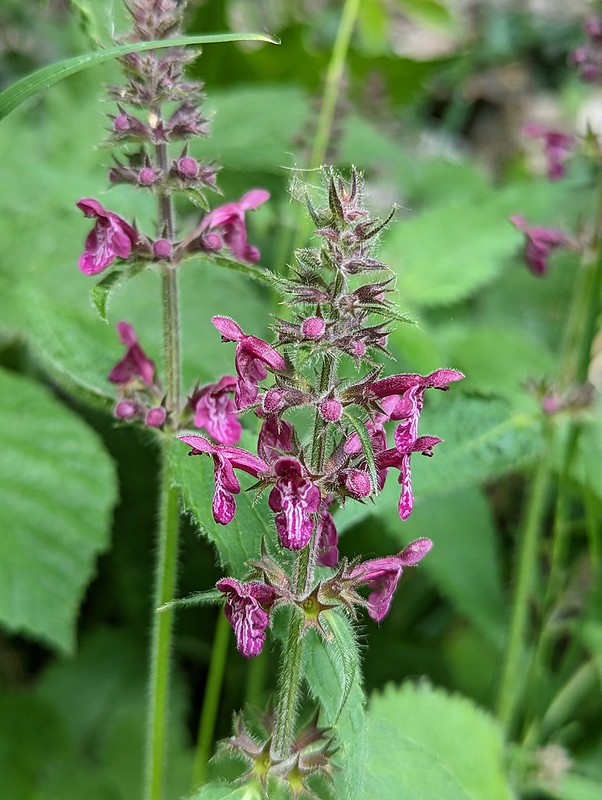
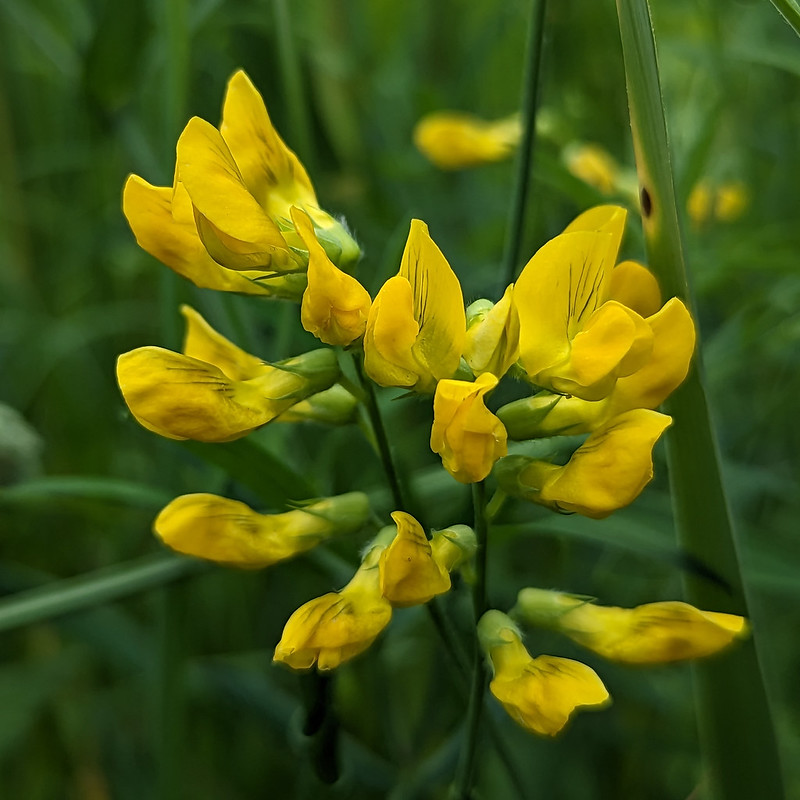
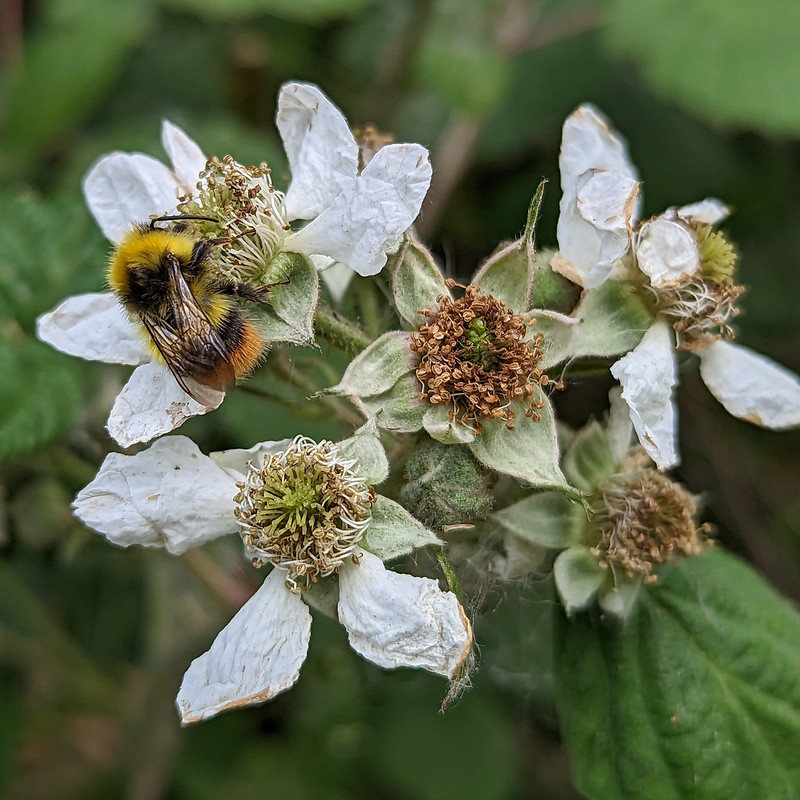
I suspect the clever people at Google have packed some nifty algorithms into the phone’s software. I’ve noticed that sometimes two photos of the same subject, taken consecutively, can look quite different. Sometimes you can watch the temperature of a scene change on the screen. Although, I can’t put my finger on why, I really like these bramble blossoms and the Early Bumblebee and I can’t help thinking that the phone, or the algorithms, have done something sly to produce a pleasing effect.
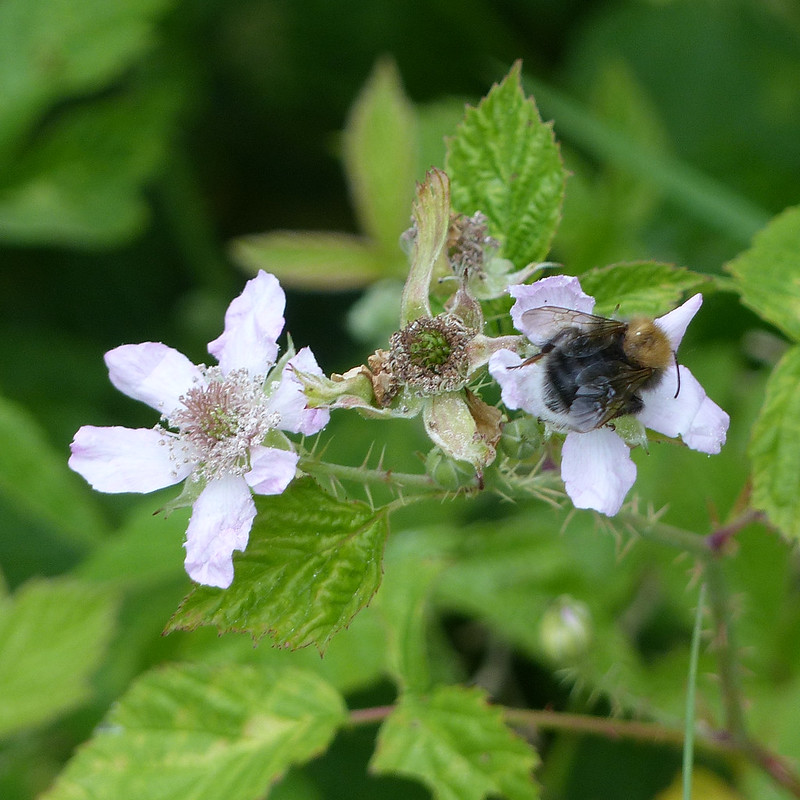

Another comparison shot. The camera photo is the first one, above.
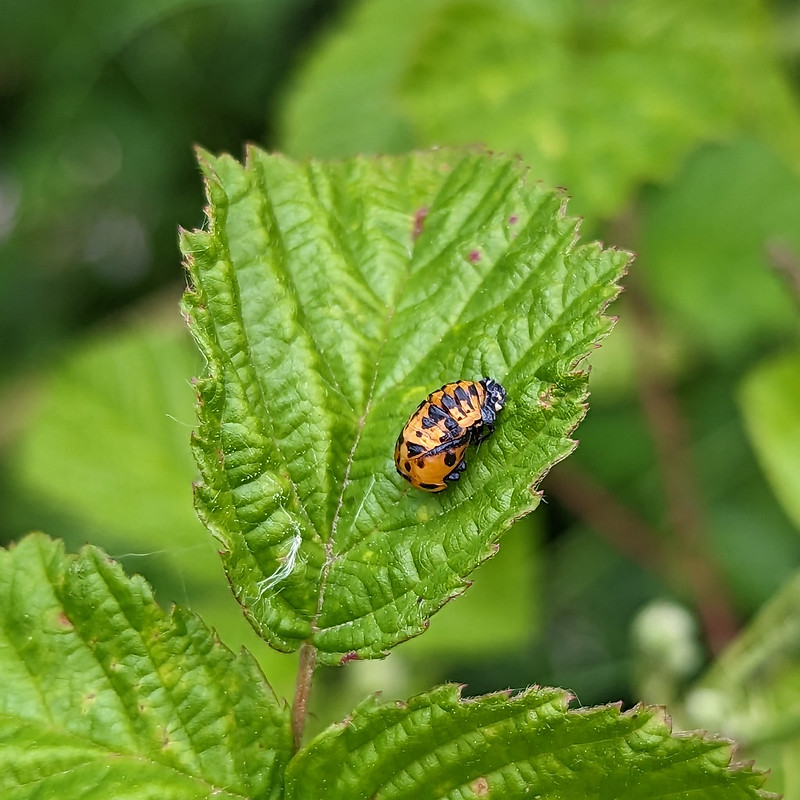
This time I think it’s the phone which did a better job, having made the most of some fairly poor light.
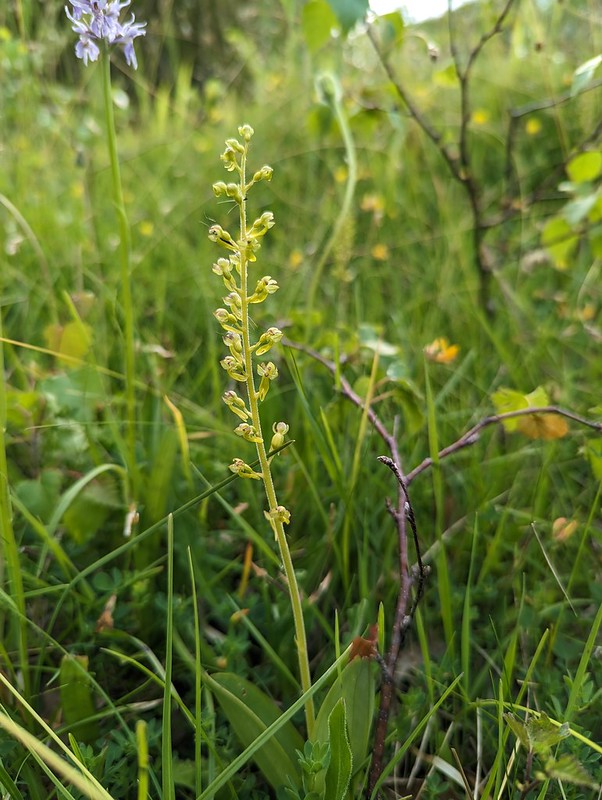
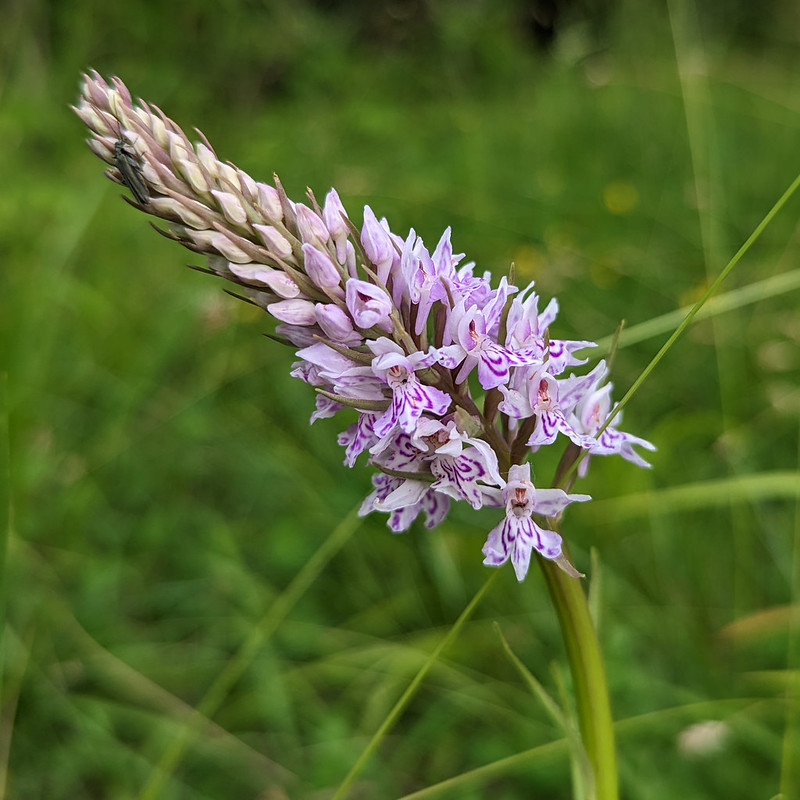
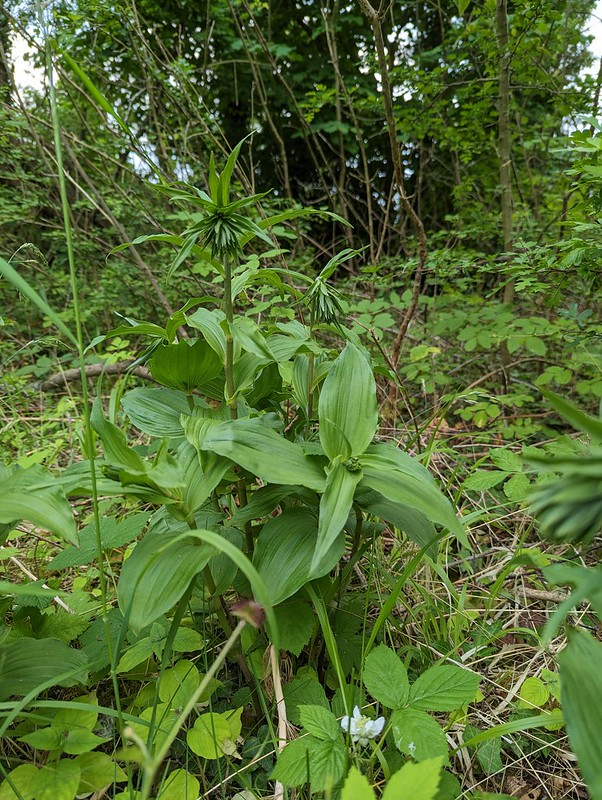

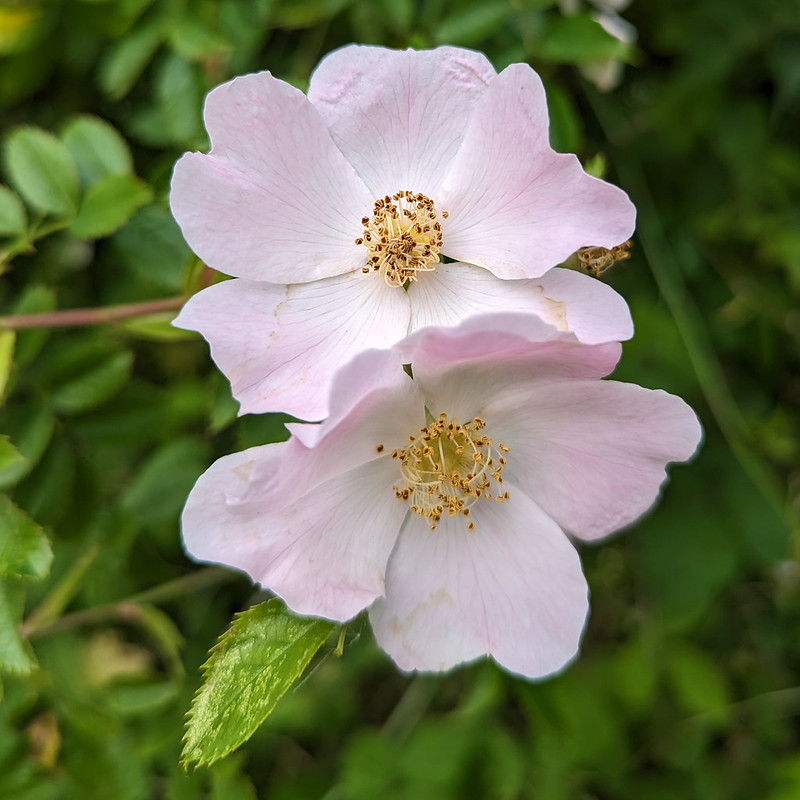

The phone certainly did a good job with these little chaps. This was in Eaves Wood. I’d stopped to look at the Woundwort because I was hoping to find a Woundwort Shieldbug, then spotted a Common Carder Bee, which soon made itself scarce, but, having stopped and looked closely, noticed these tiny flower bugs. There are lots fo similar species, but apparently this particular pattern is fairly distinctive.
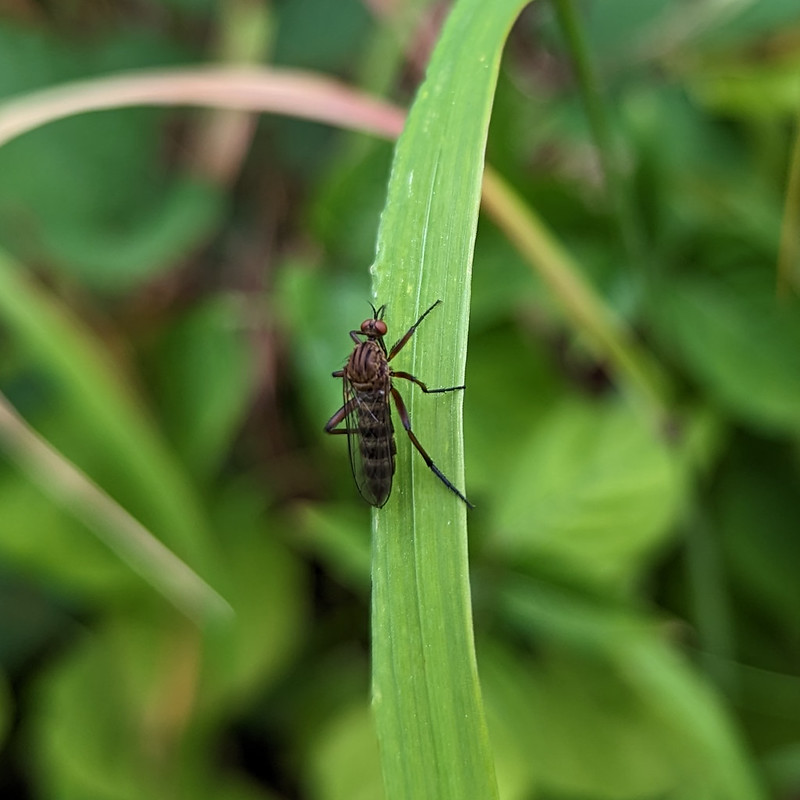


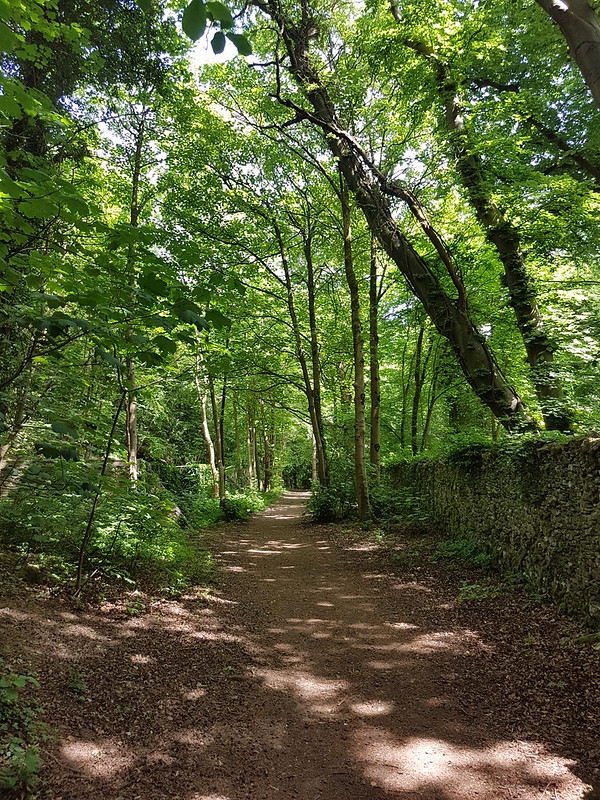
A short post for a change. Bank Holiday Monday, a good time, when the roads are busy, to keep it local. I was out twice, once for an Eaves Wood circuit, then later for a wander to Woodwell and back via The Lots and The Cove.
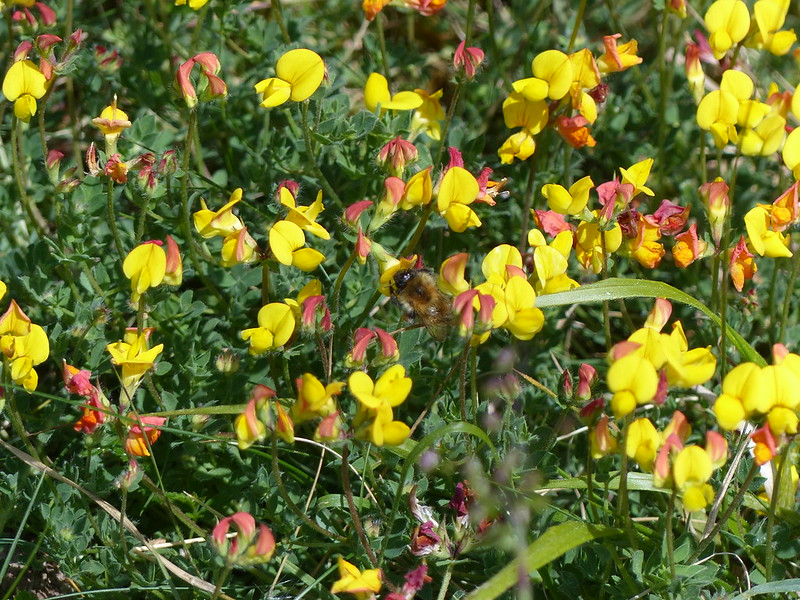
In Eaves Wood there’s a large clearing, which, being sheltered by trees on all sides, is a bit of a sun-trap when the weather is good. On this occasion, there were lots of butterflies about in that area. They were extremely elusive, but I did manage to get a couple of photos.
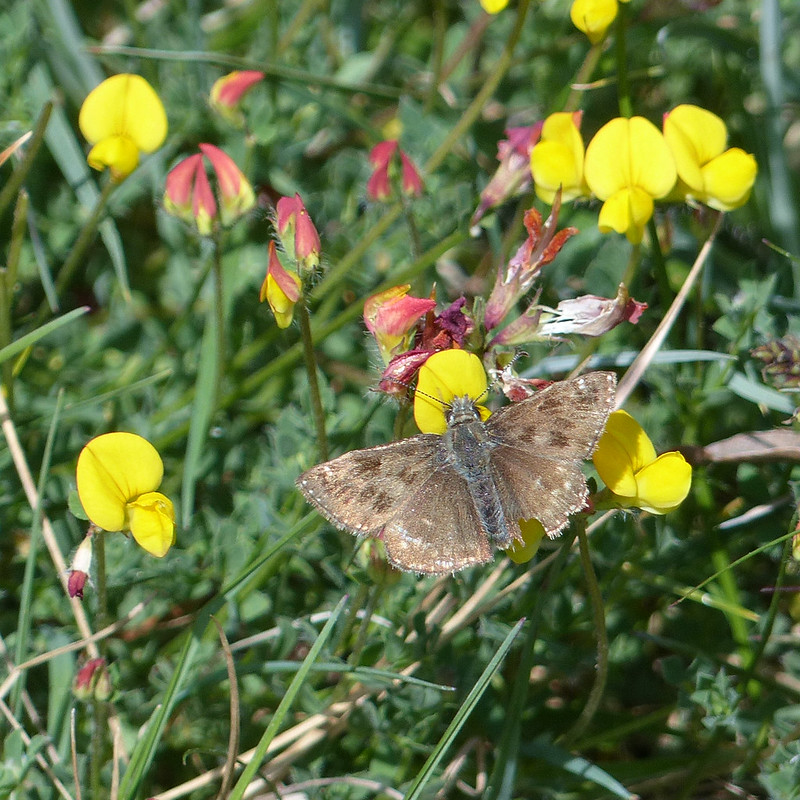


In amongst the trees the most commonly seen butterfly is definitely the Speckled Wood…
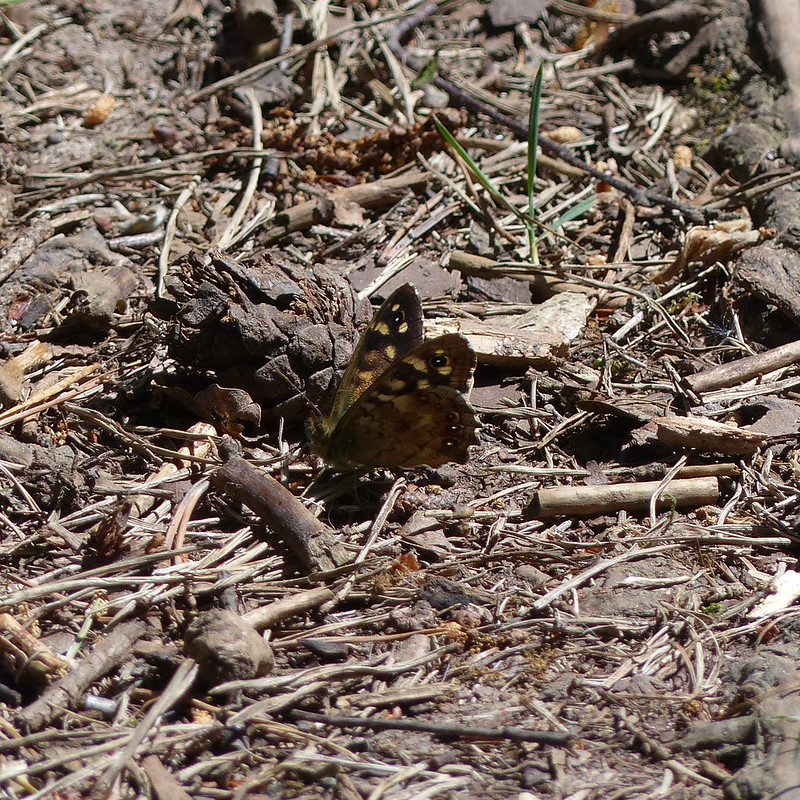
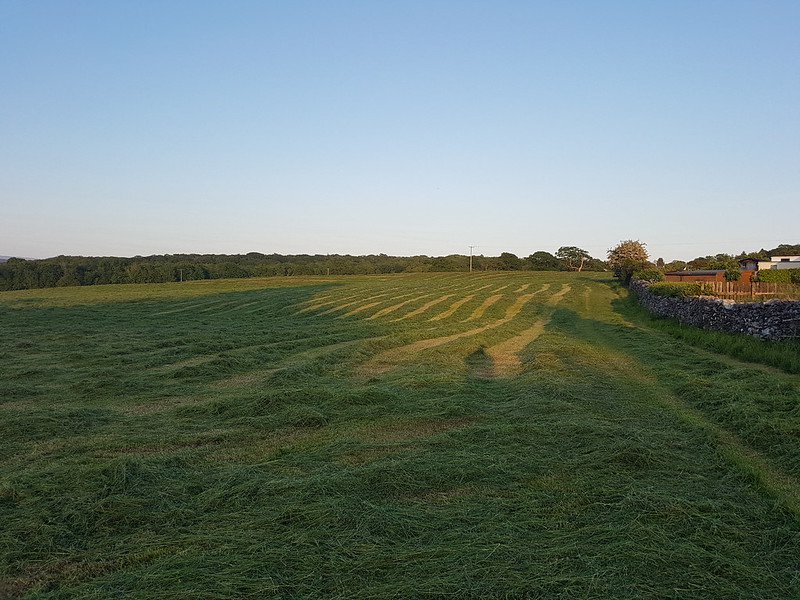
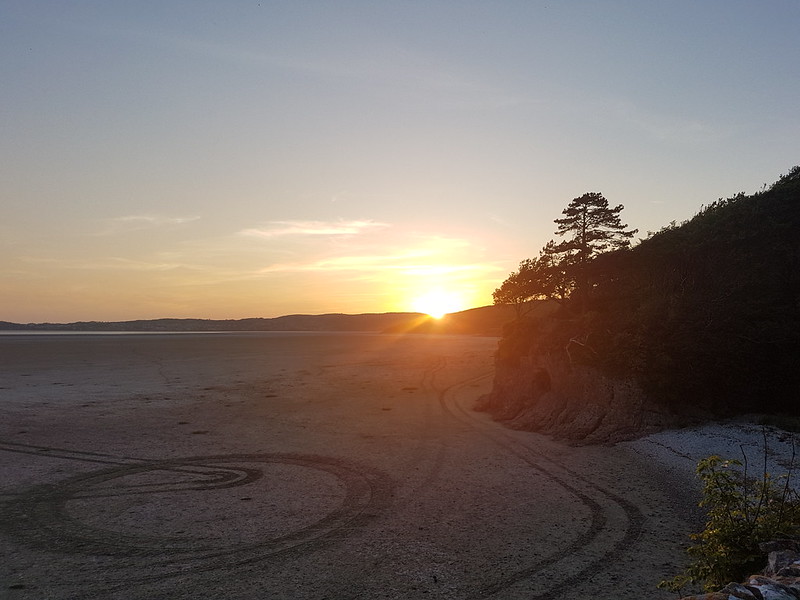
Bit of a boring post, but I’m quite happy with that I’ve decided.
Monday – The Cove and The Lots

So, here I am getting out after work in my new enthusiasm to see how many WHO approved ‘health points’ I can earn. All a bit frivolous, but the evening light, and my frequent encounters with deer made it worthwhile on their own.

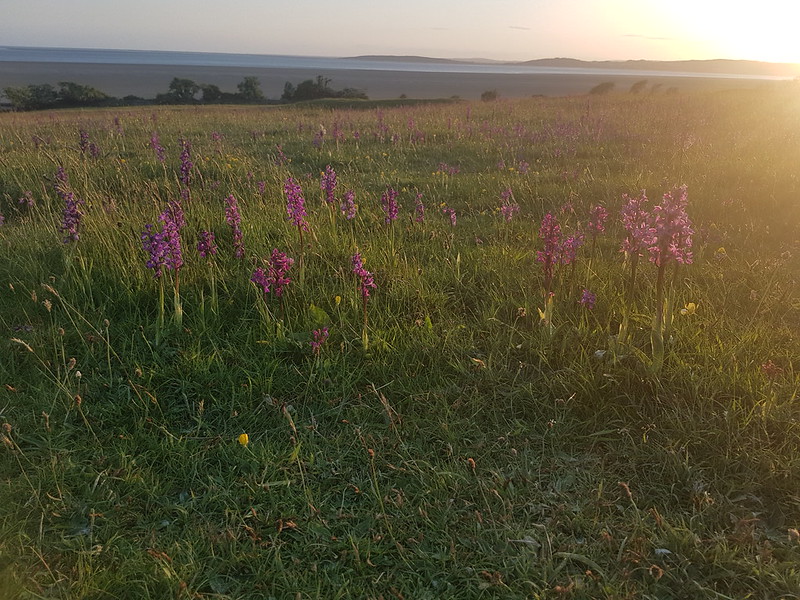
Another failed attempt to replicate a ‘sunset and orchids’ photo taken by a proper photographer who lives in the village. Ah well. Fail again, fail better.
Tuesday – Hagg Wood, The Lots and The Cove.


Thursday – The Cove and The Beach.
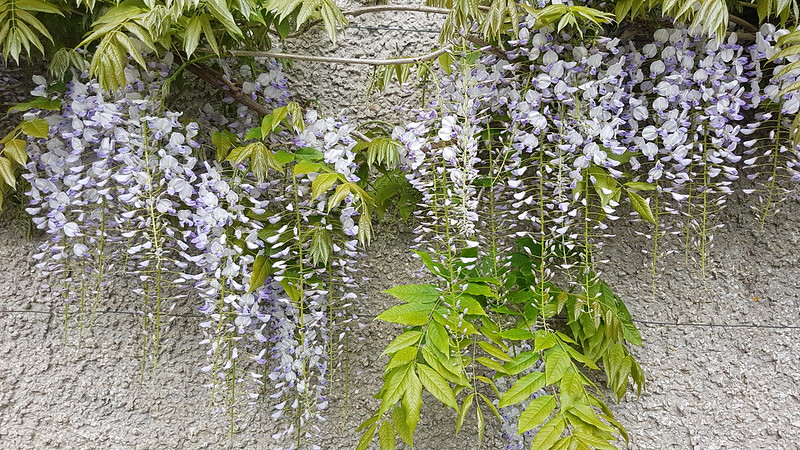
This Wisteria is here as a testament to perseverance and the value of well meant advice. TBH planted two of them by our garage wall over a decade ago. One of them has never really grown much. The other has become a big sturdy plant, but never flowered until a couple of years ago when a single inflorescence appeared. Last year I think there were two, or possibly three. Our neighbour advised an application of tomato feed. Eh voilà!

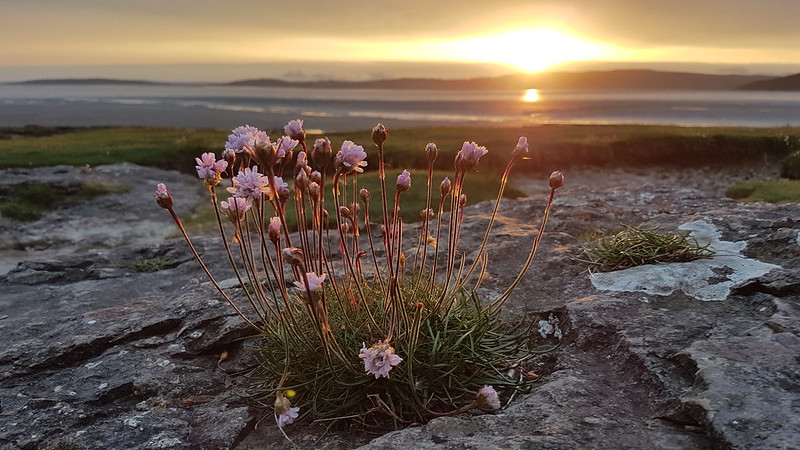
Much more successful. There’s hope for me yet.
These photos were taken after a walk across the sands from The Cove to Know End Point which quickly turned out to be ill-advised, since the mud was firm, but had a slick layer on the surface which managed to cling to my shoes whilst still being so slippery that progress was difficult. I’ve a feeling that Google Fit doesn’t account for the relative viscosity of the surface I’m walking on?
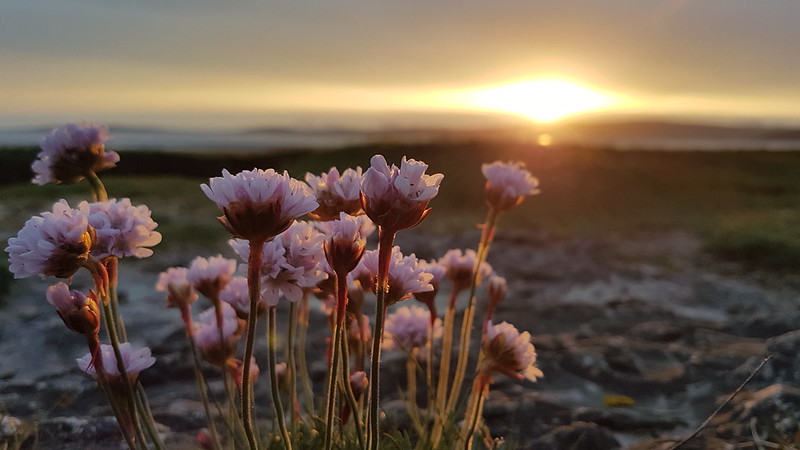
I like this one too.

Friday – Hawes Water and back through Eaves Wood.




Controversially, much of a big stand of Beech trees was removed by Natural England at Hawes Water. Conservation bodies chopping down trees never seems to go down well, whatever the justification. Personally, I think the jury is still out on the success or otherwise in this case, but one of the stated aims was to provide the right habitat for Bird’s-eye Primrose, growing here, I believe, in its most southerly location in the UK. In one area which was cleared, that has worked beautifully, for now at least.

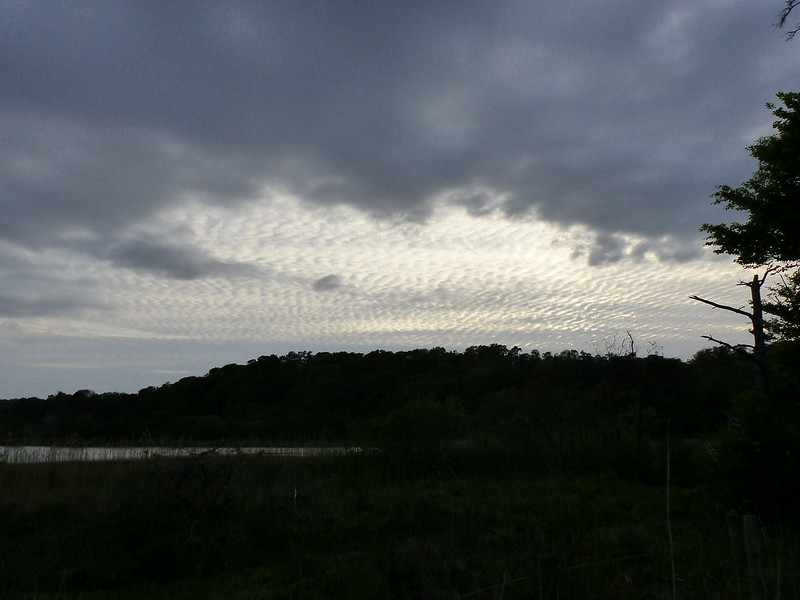

I was quite surprised to see two deer in a field by Moss Lane, right beside a row of terraced cottages. They didn’t seem very phased by my interest. I knew that they were Red Deer rather than Roes for several reasons, principally their size, but still began to doubt myself.
However, the clincher is the fact that this fellow…
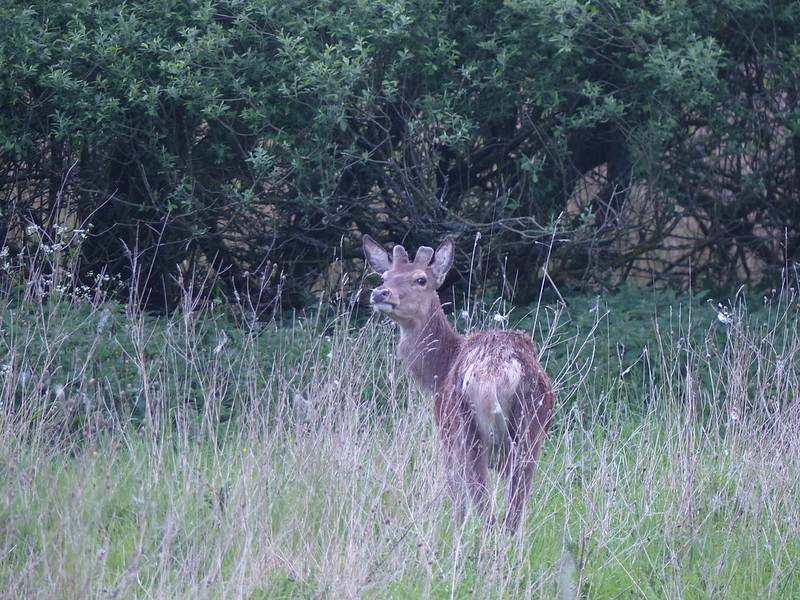
…has broad new antlers growing, whereas a Roe Deer buck, in mid-May, would be fast approaching the rutting season and his much thinner antlers would be already complete and furless.
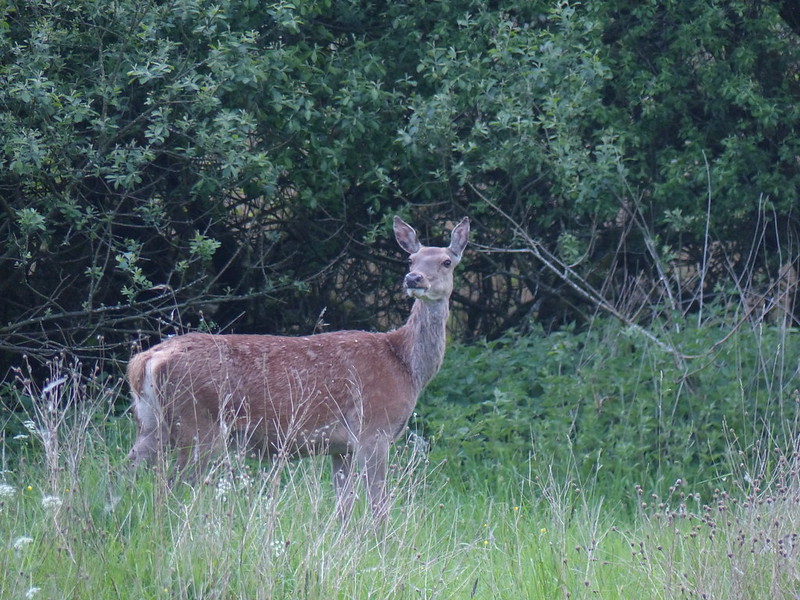
Whereas the local Roe Deer seem to roam here, there and everywhere, the Red Deer never seem to stray too far from Leighton Moss, or, in this case, Hawes Water Moss. Isabella Tree, author of ‘Wilding’ has a theory that Red Deer have a natural affinity for water and their habits in this area would seem to support that idea. I’ve discovered that research has recently been undertaken at Lancaster University on the impact of Red Deer on reedbeds, although it seems that the research was inconclusive.

As if to help confirm how very different the two species look, a Roe Deer Buck posed for a photo as I walked home through Eaves Wood…

A Silverdalian was telling me recently that the RSPB, of all people, cull both the Roe and Red Deer populations locally, which, it turns out, is at the very least partly true. In fact, it seems that the RSPB cull Red Deer at other reserves too. Not something they shout about in their literature. It is, I’m sure, a complicated issue.
We talked also about the damage Roe Deer do in gardens and weighing that up against the joy of seeing them at close range. His final word was:
“I always think: they were here before we were.”

The first week back to work after our Easter break, and I was out locally on three evenings, finishing in the dark each time. The first walk was a wander to Woodwell and past Wolfhouse, then an ascent of Arnside Knott and finally, when B was driving to rugby practice, I got him to drop me off in Yealand Redmayne and walked home from there, taking a circuitous route through the little crater on Cringlebarrow know as Deepdale, then along a slight path, which I’ve never found before, which seemed to crest the Cringlebarrow ridge, and with a bit of scrambling on boulders offered a bit of a view through the trees, and then back via Yealand Allotment, Thrang Brow, Hawes Water and Eaves wood.
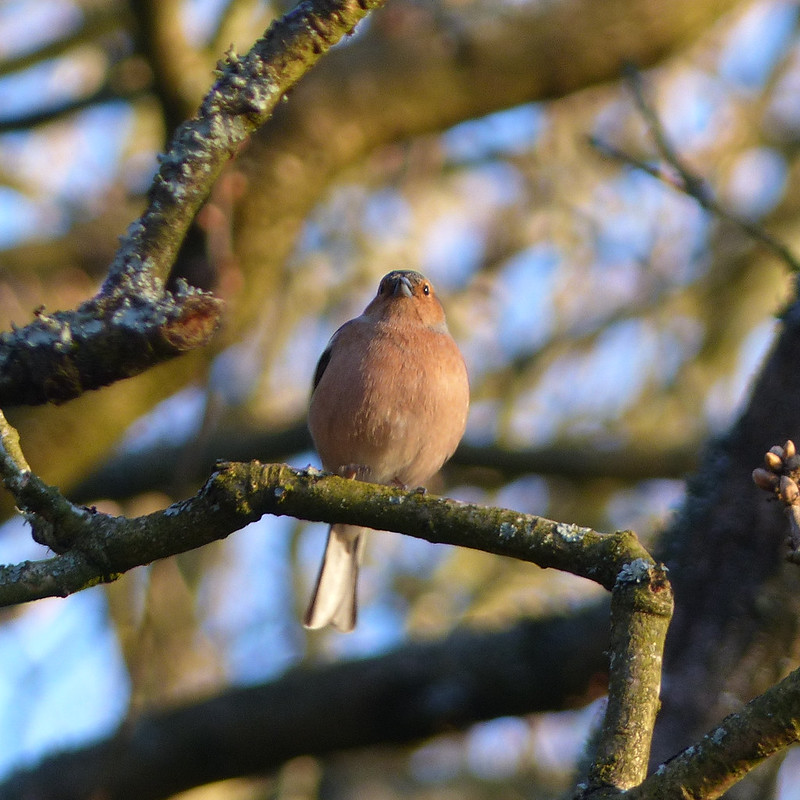
There are no photos here from the first walk, but plenty from the other two.





I had the bright idea that I could walk back to Silverdale across the sands, but it was immediately obvious that the tide had been high and the mud was soft and yielding and not at all inviting, so I abandoned that plan.

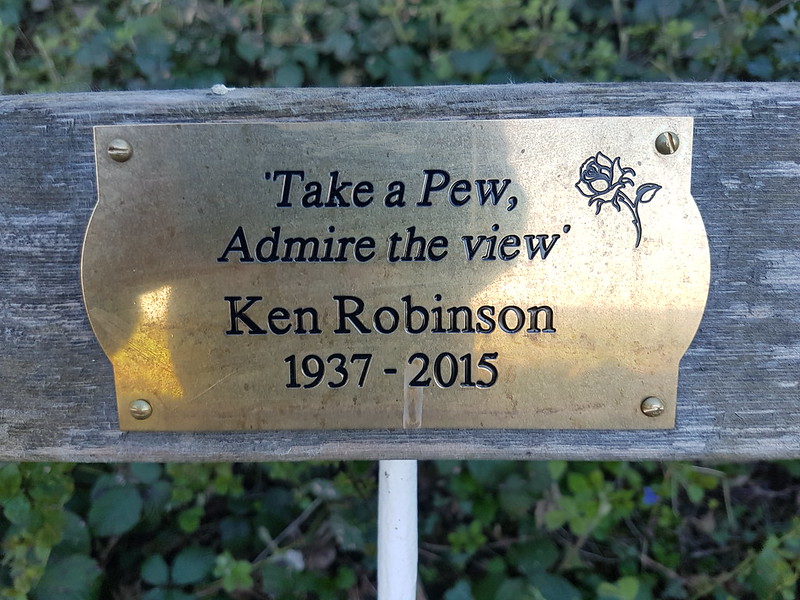
As if I didn’t already have enough hare-brained schemes on the go, I’ve been thinking that, when I retire, I might seek out and use all of the many benches within the AONB, perhaps have a brew there, maybe a picnic, catalogue and rate them all – the kind of pointless and obsessive venture which appeals to me. This bench, on the edge of the woods, seemed like a very good example of the kind, although I didn’t have time to stop and sit on this occasion.


I took some photographs of large paw-prints in the mud on one of the paths on Cringlebarrow – getting overly excited about the possibility that they were badger prints, but soon confirmed, once home, that they actually belonged to a dog.


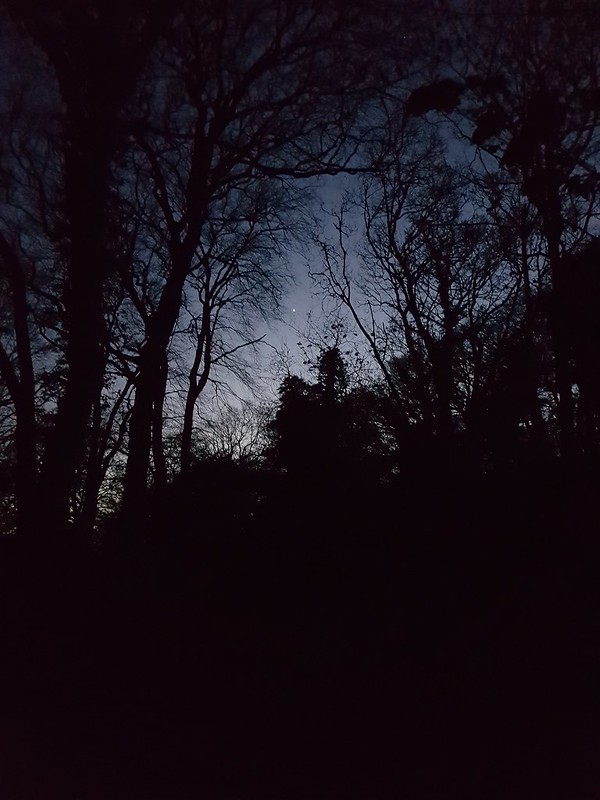
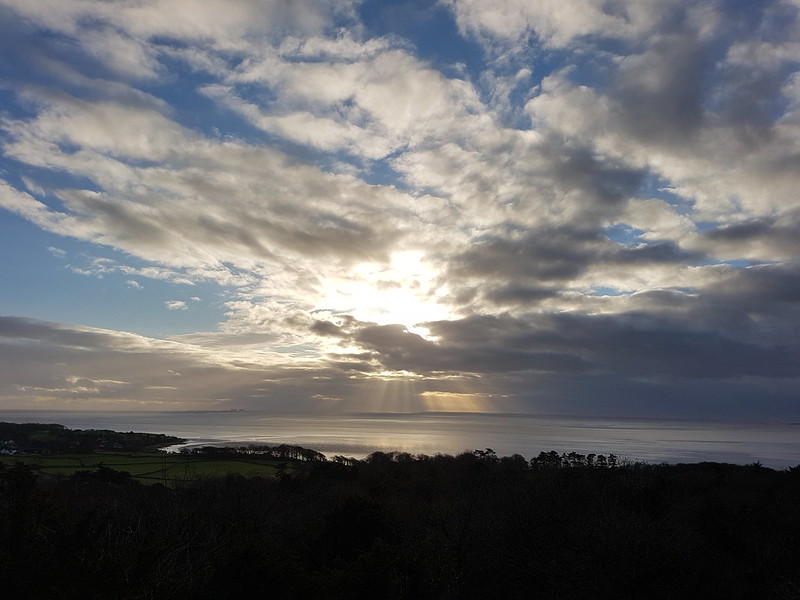
In January I did a lot of local walks, not venturing far from home. Since January, the same generally applies, although I have occasionally been a bit further afield. It’s partly laziness, I know, but also, when the forecast is for mixed weather, which it often has been, it makes sense to save time, and petrol, by walking locally, with the added advantage that I can scoot home if it really does turn unpleasant.
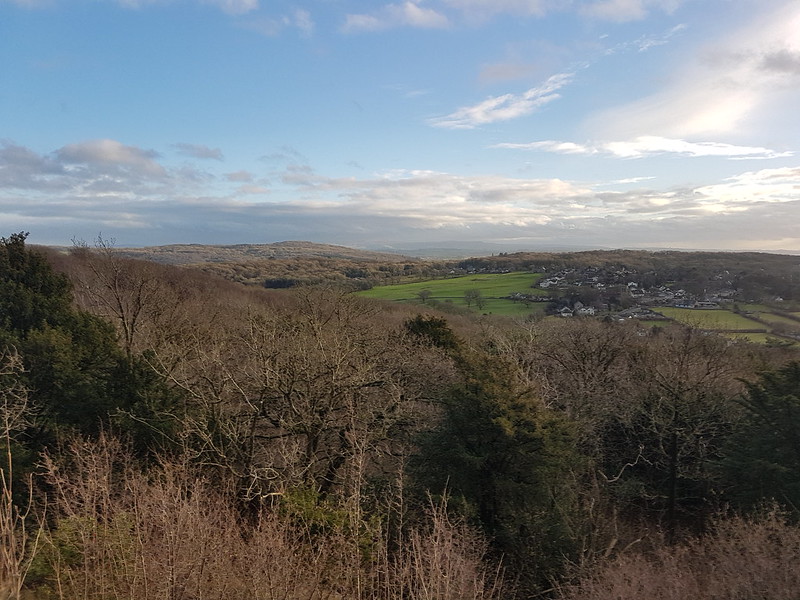
And then there’s just the fact that I enjoy walking in this area. There’s always something to see. Even on a short wander in Eaves Wood. Especially when you take a closer look. So, for example, I was examining this Jelly Fungus…
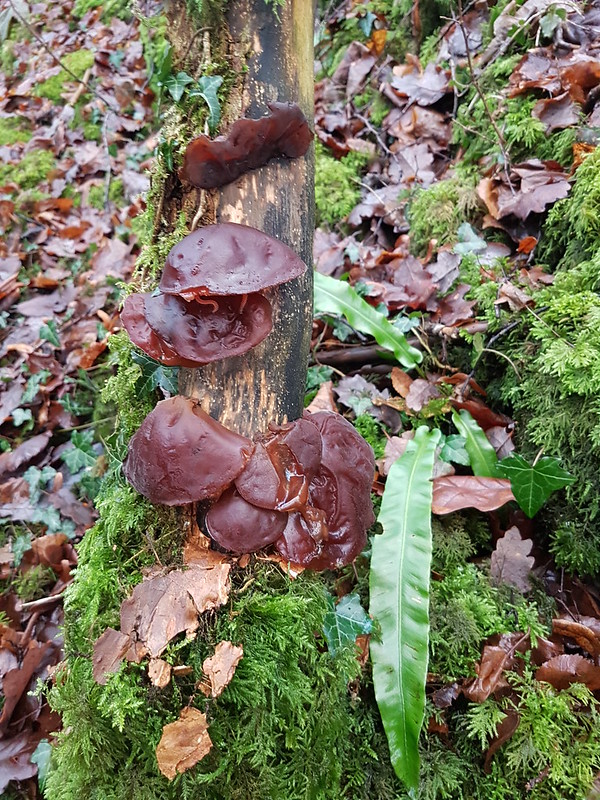
When I noticed the millipedes crawling on the surface of one of them.
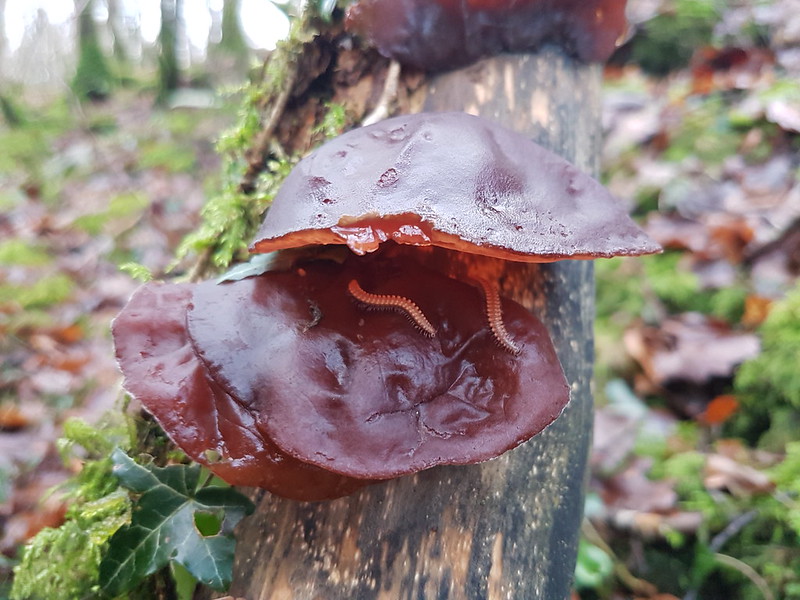
To my untutored eye, these look like Nanogona polydesmoides, which is the Eyed Flat-backed Millipede, or the False Flat-backed Millipede, depending on which website you believe. The website of the British Myriapod and Isopod Group – millipedes are Myriapods, apparently – lists well over eighty species of millipede, but these seem quite distinctive, so it’s at least possible that my identification is correct. Millipedes are detritivores; creatures which feed on decaying organic matter. I think it’s fair to say that these Jelly Ear fungus were, at the very least, on the turn.
Jelly Ear fungus is allegedly edible; I tried it in a restaurant once and whenever I recall that meal I always remember the wise words of Michael J. ‘Crocodile’ Dundee: “Well, you know, you can live on it, but it tastes like shit”. I’ve seen the words ‘rubbery’ and ‘gelatinous’ used to describe the texture of these toadstools and neither of them seem like good companions to the word ‘appetising’.
The following day I started out in Eaves Wood again, in very gloomy conditions, and was somewhat surprised when I reached Bottom’s Lane to notice that lots of blue had appeared in the skies behind me…
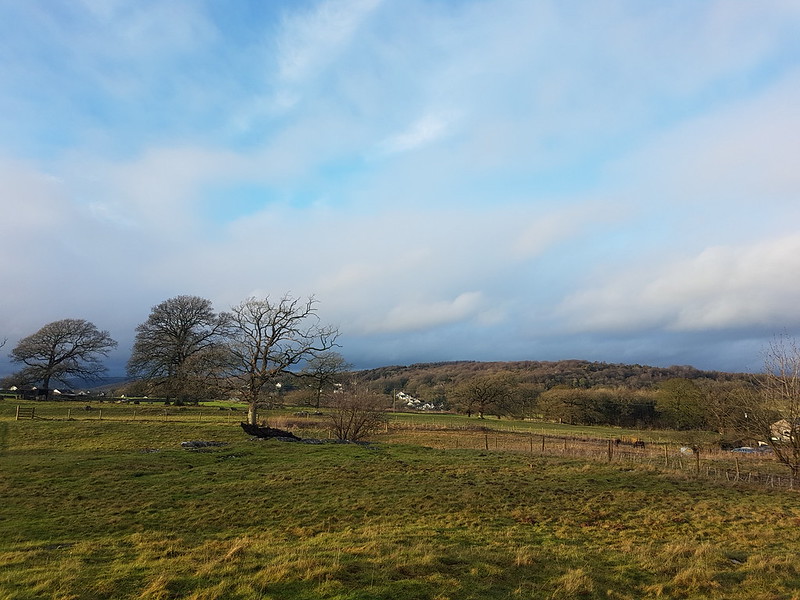
I was pretty confident that I would find Stinking Hellebore about to flower near Silverdale Green, because they appear on the verge here every year…
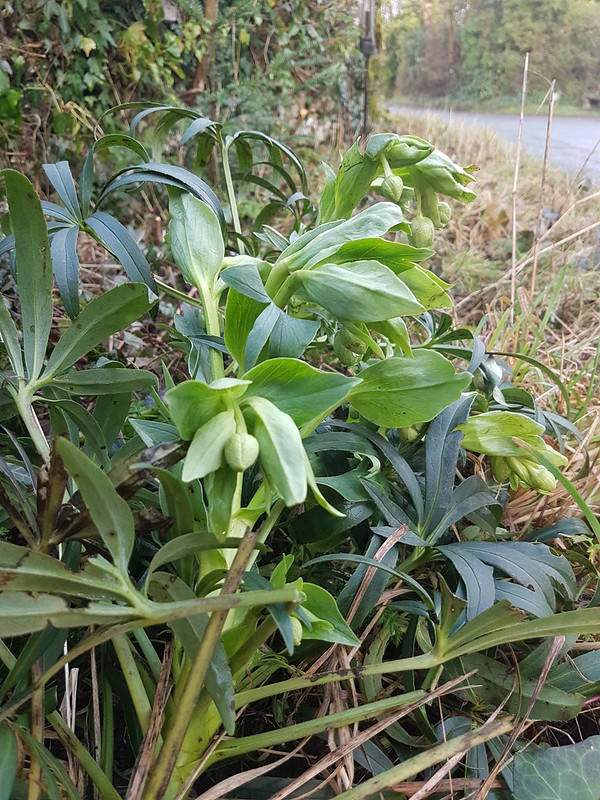
Since they even beat the Snowdrops, in the flowering stakes, they always feel like the first proper sign of spring, and so I’m always disproportionately pleased to see them.
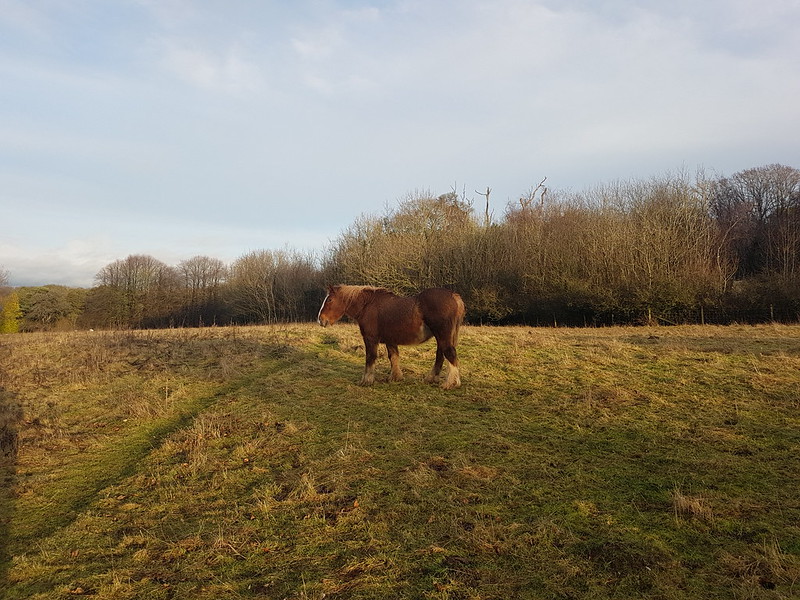
Buoyed up by the improving weather, I continued over Heald Brow and then down an exceptionally muddy, slippery path to the end of Quaker’s Stang, heading for Jenny Brown’s Point.
